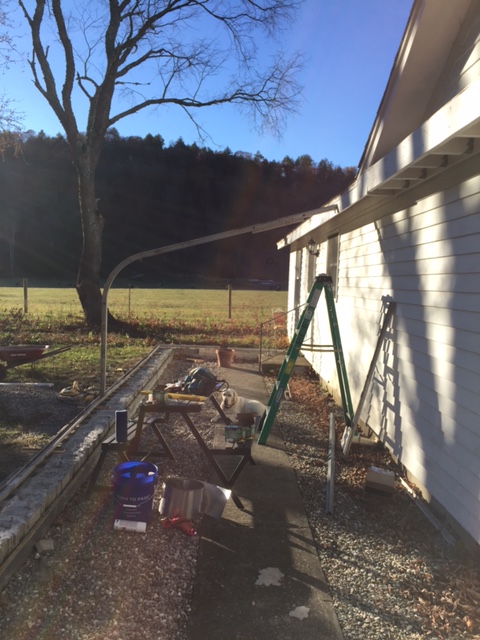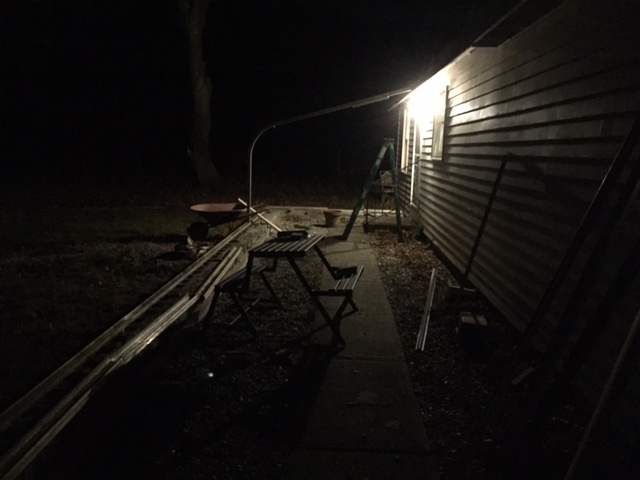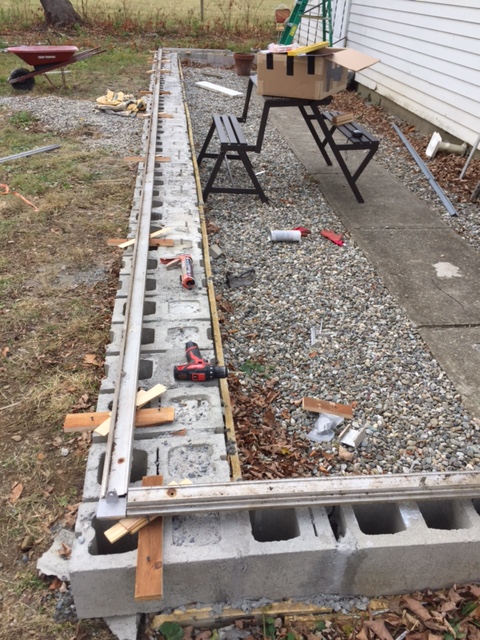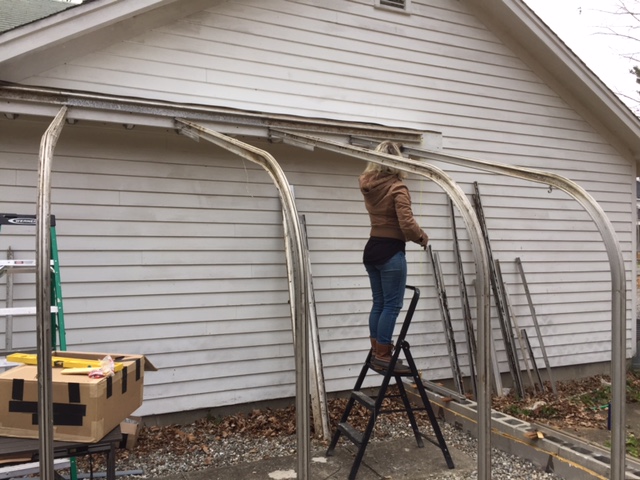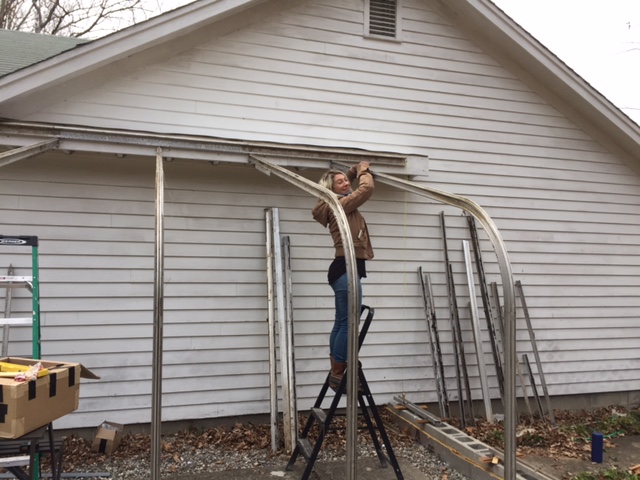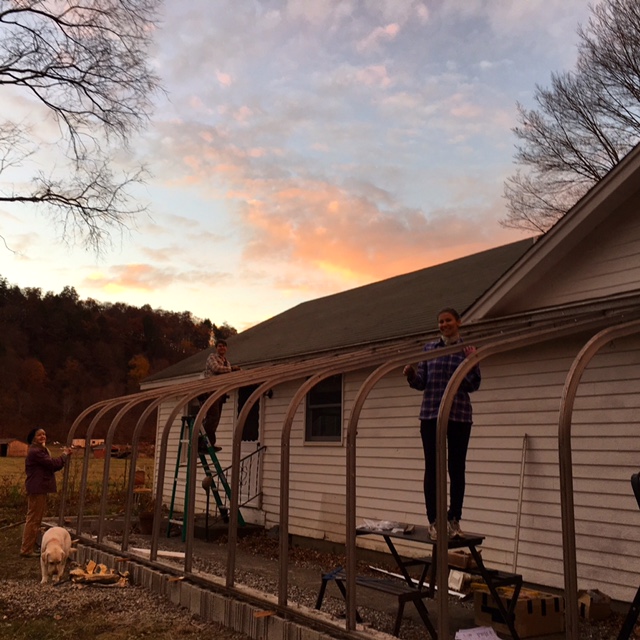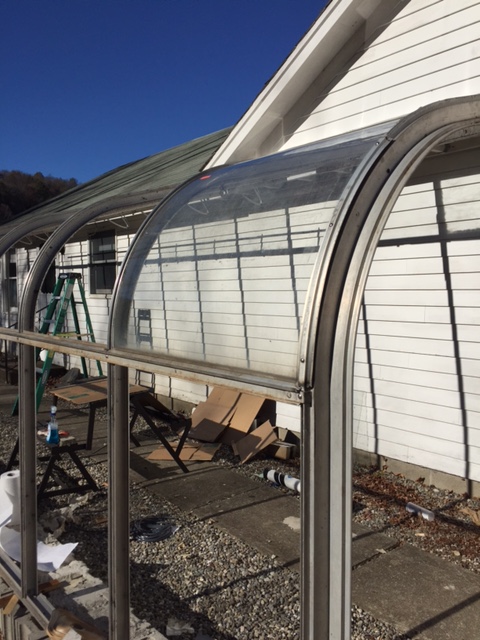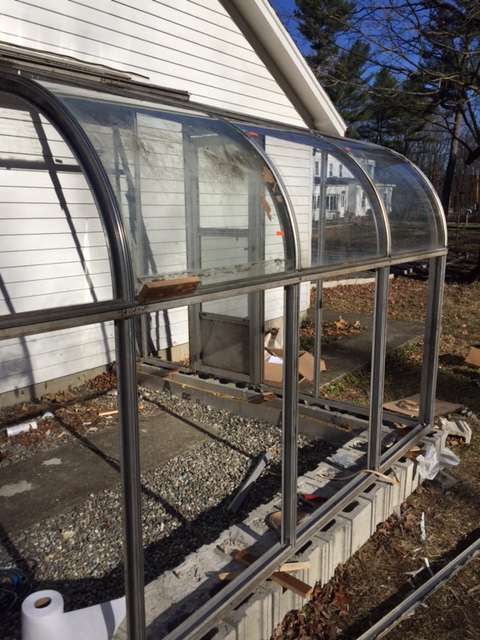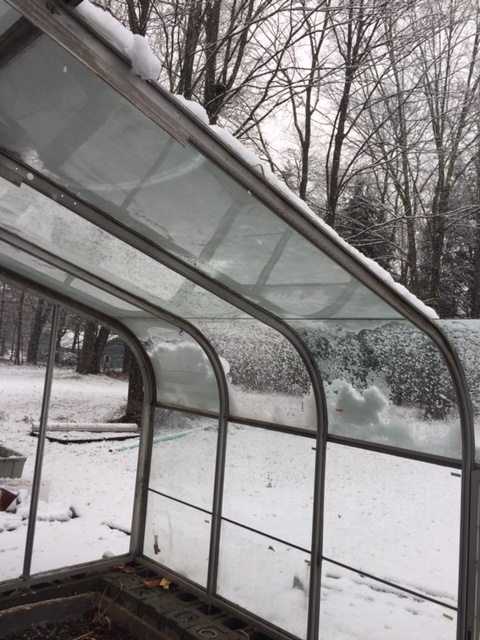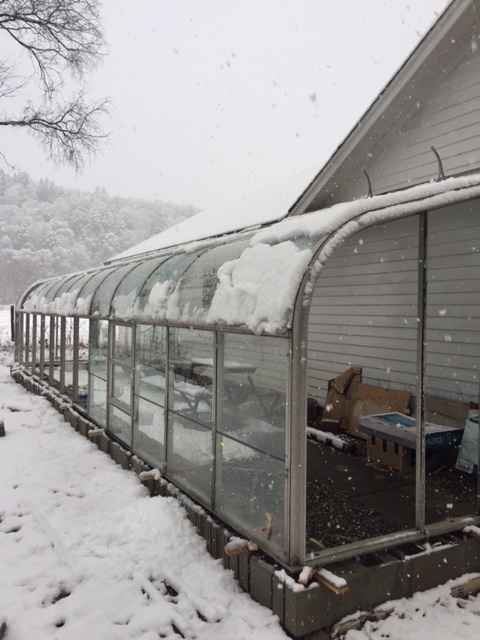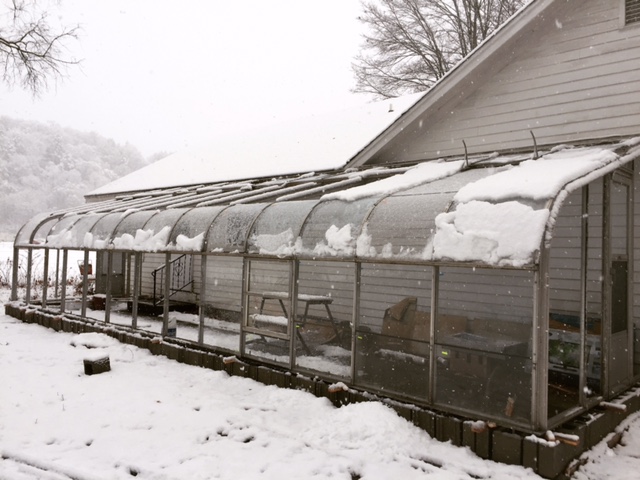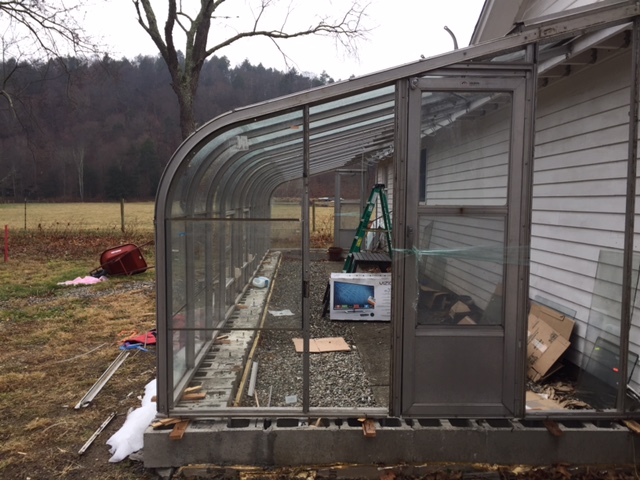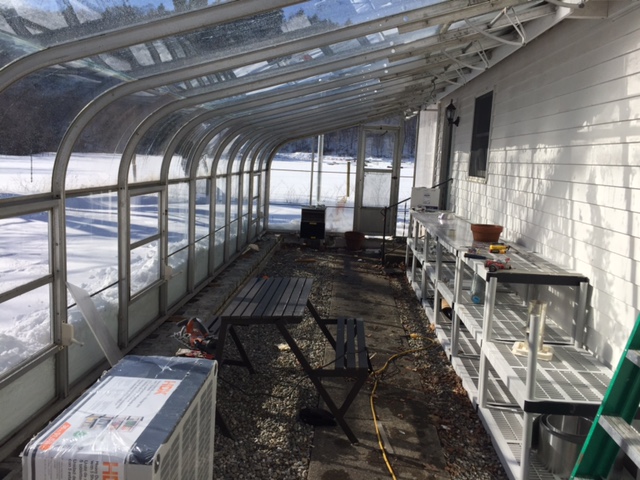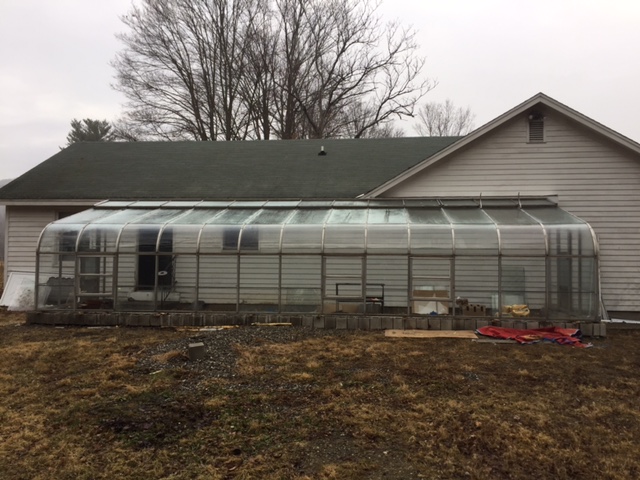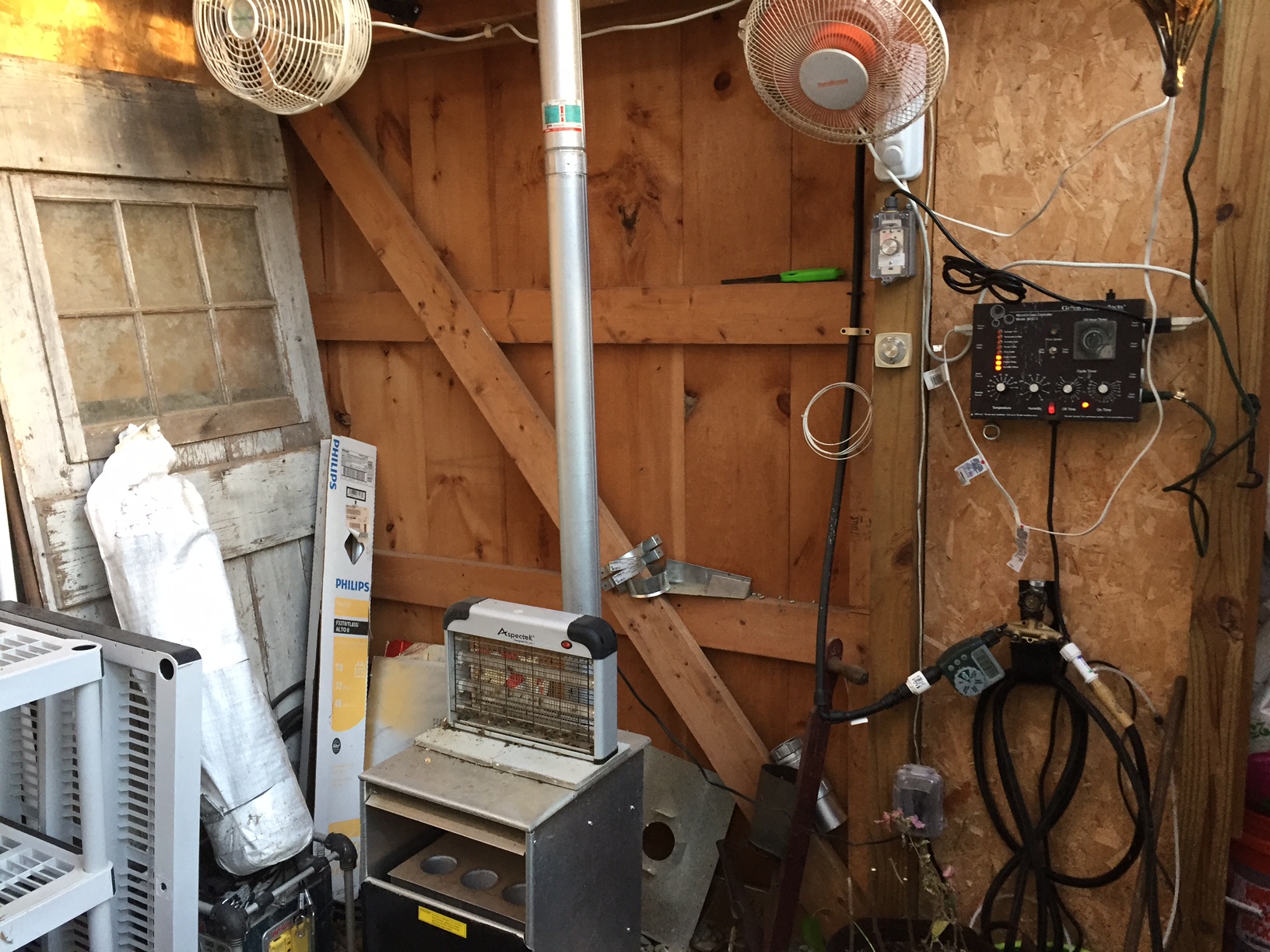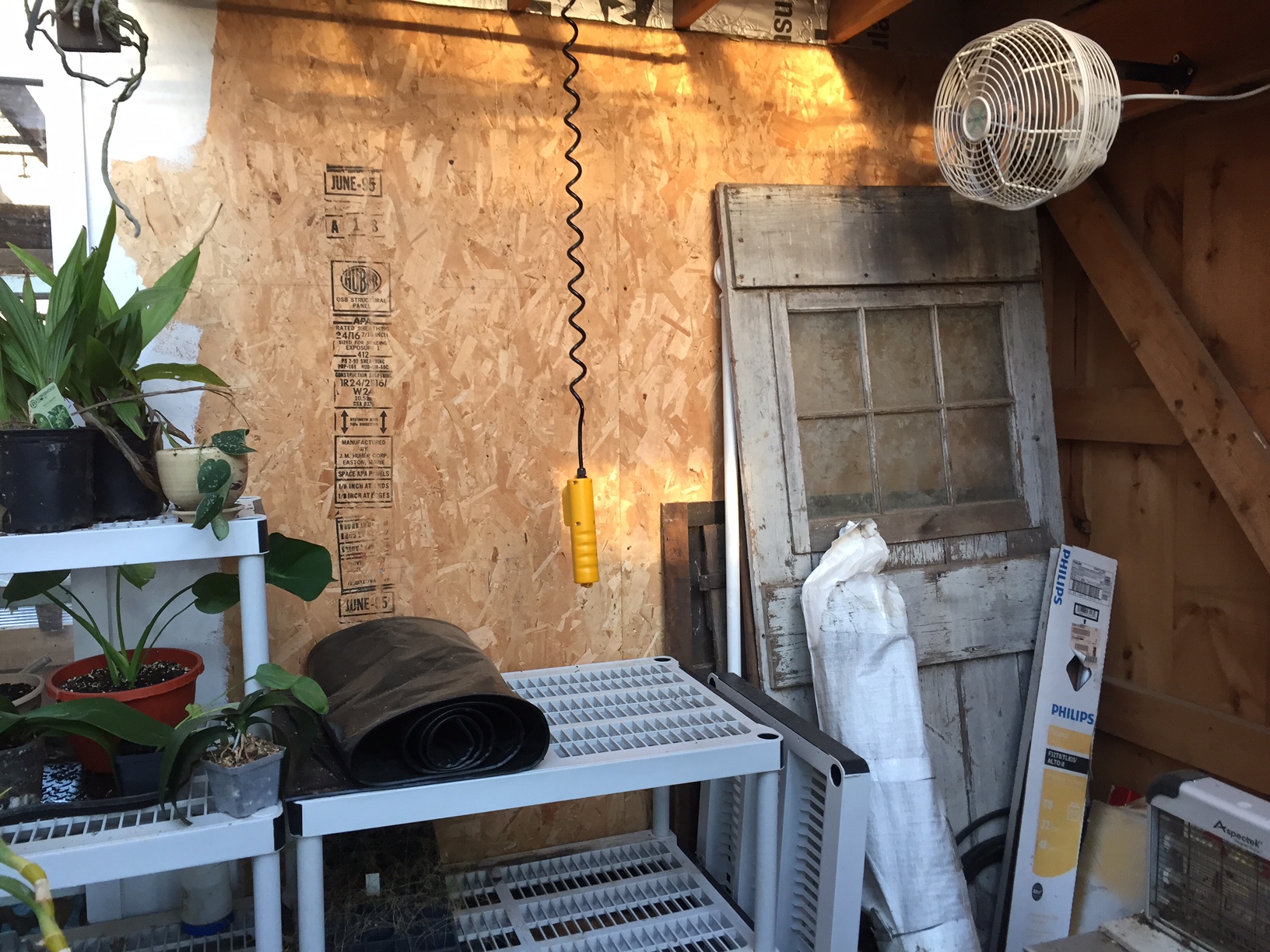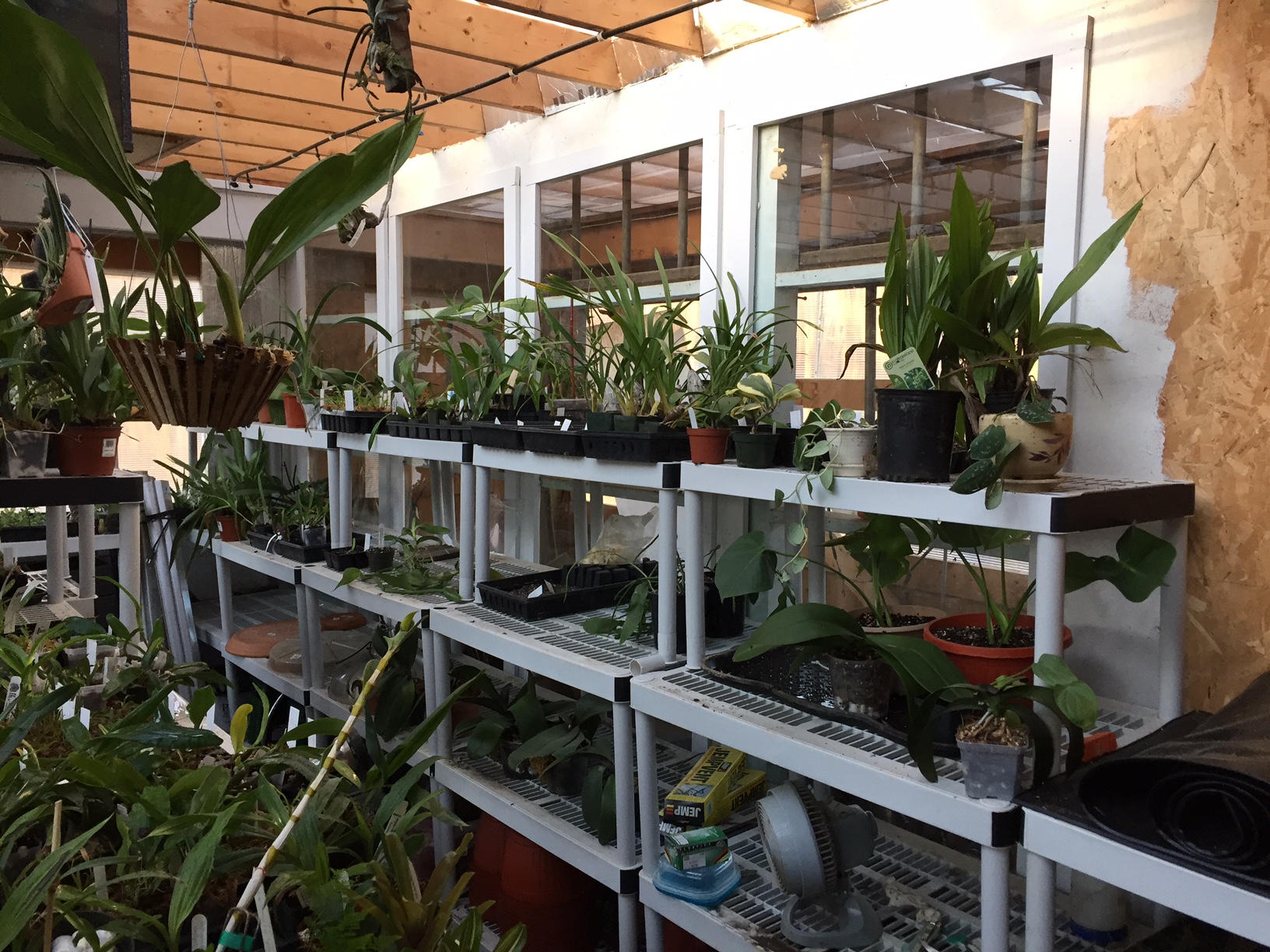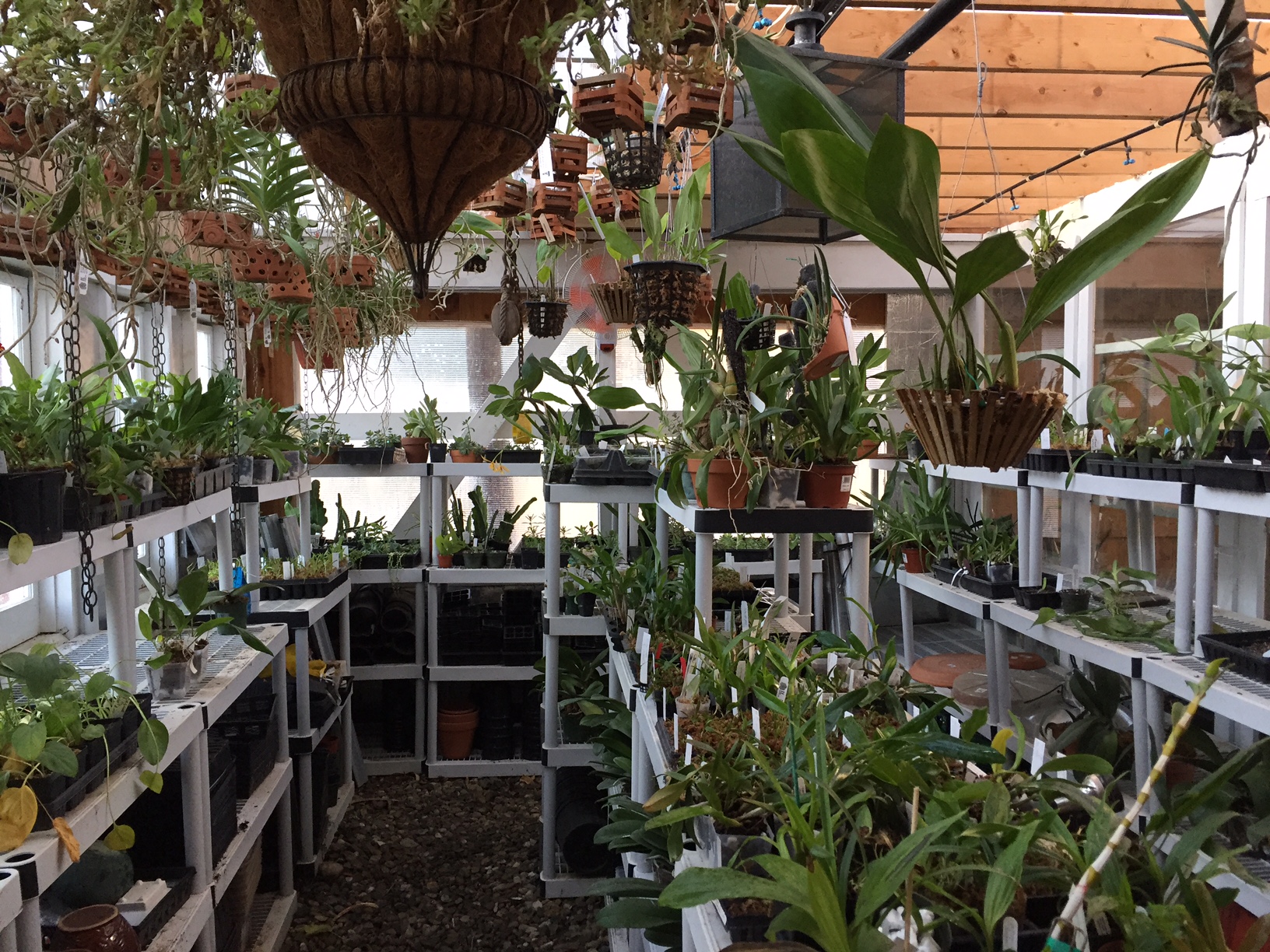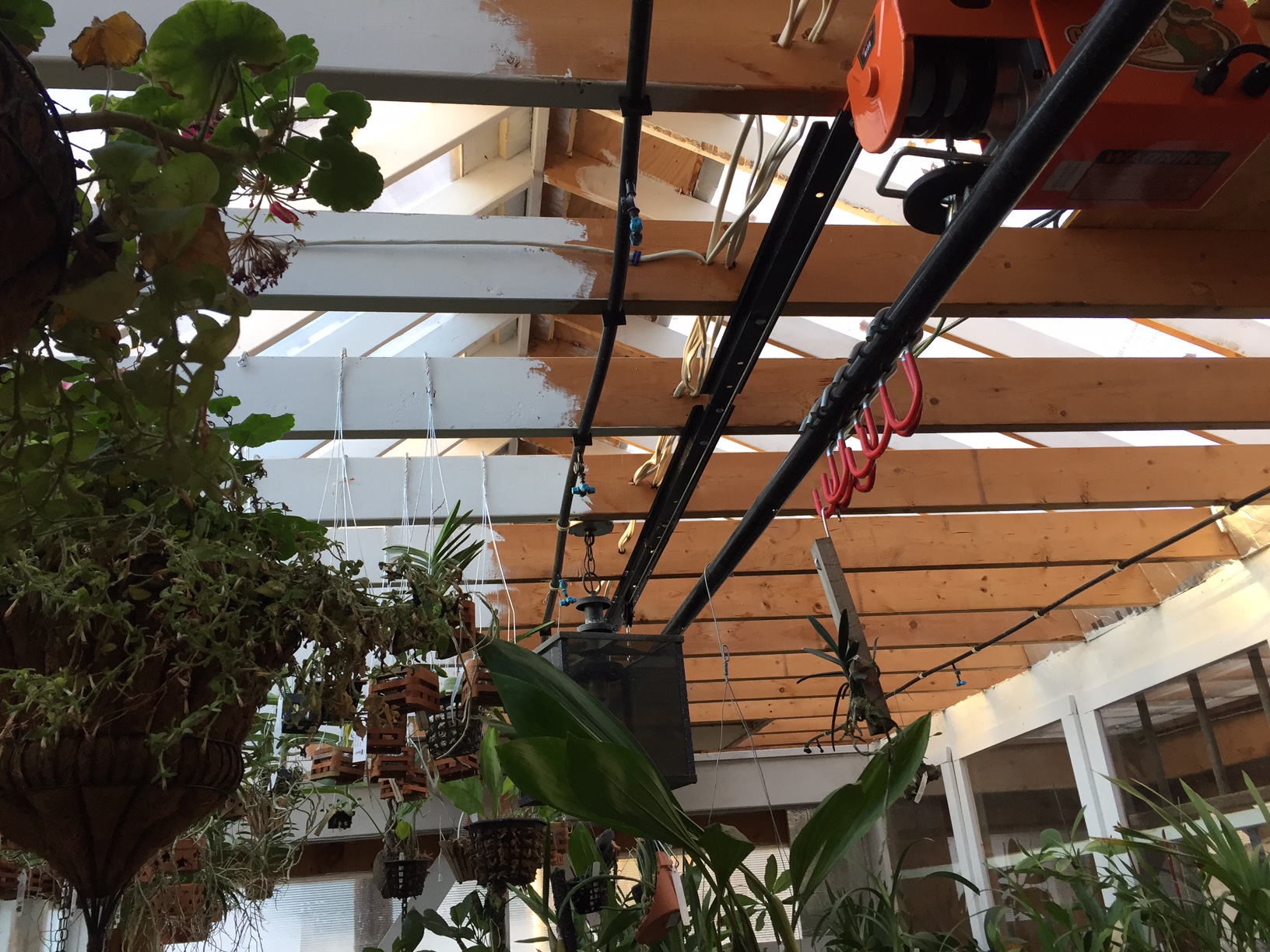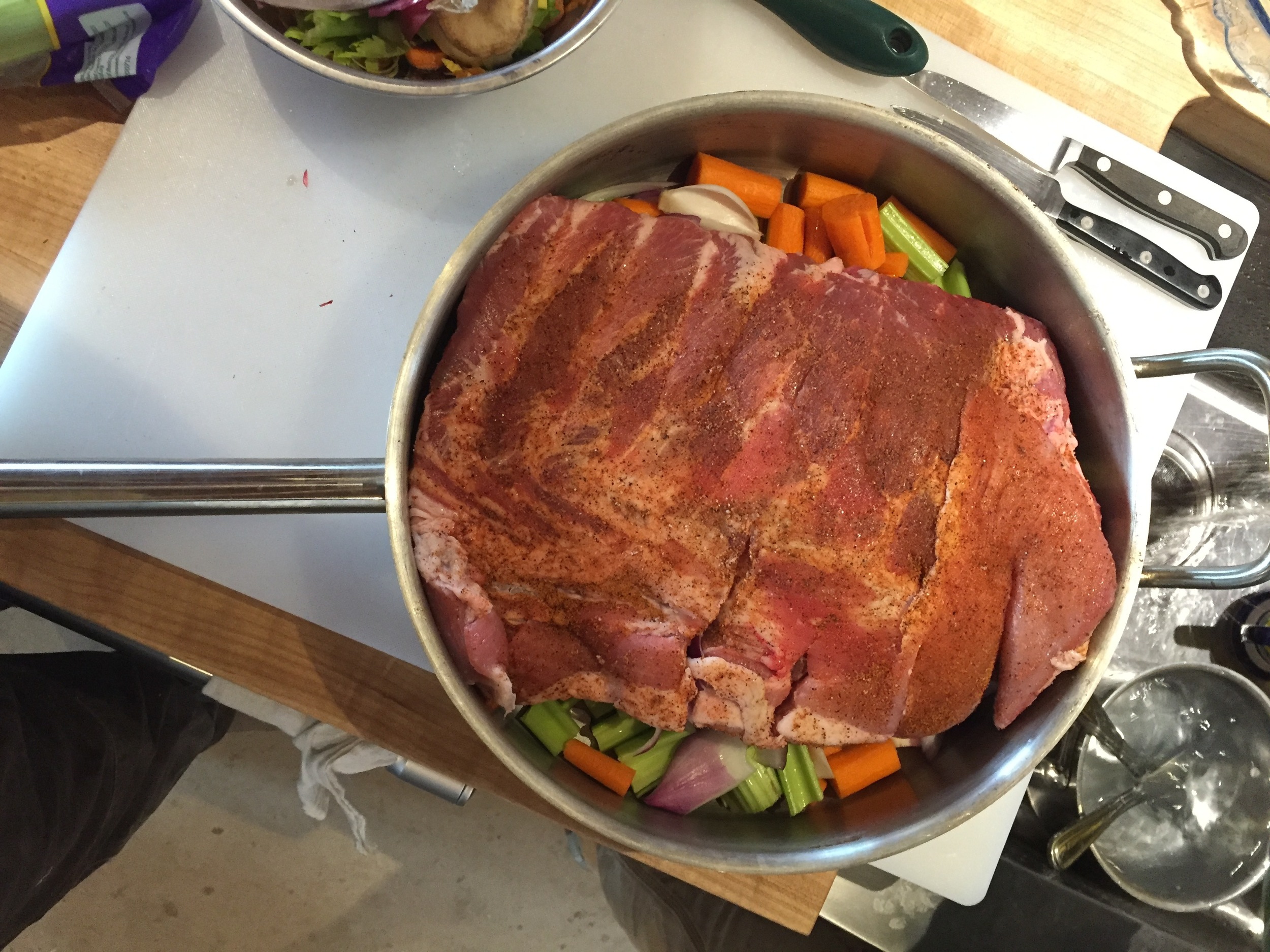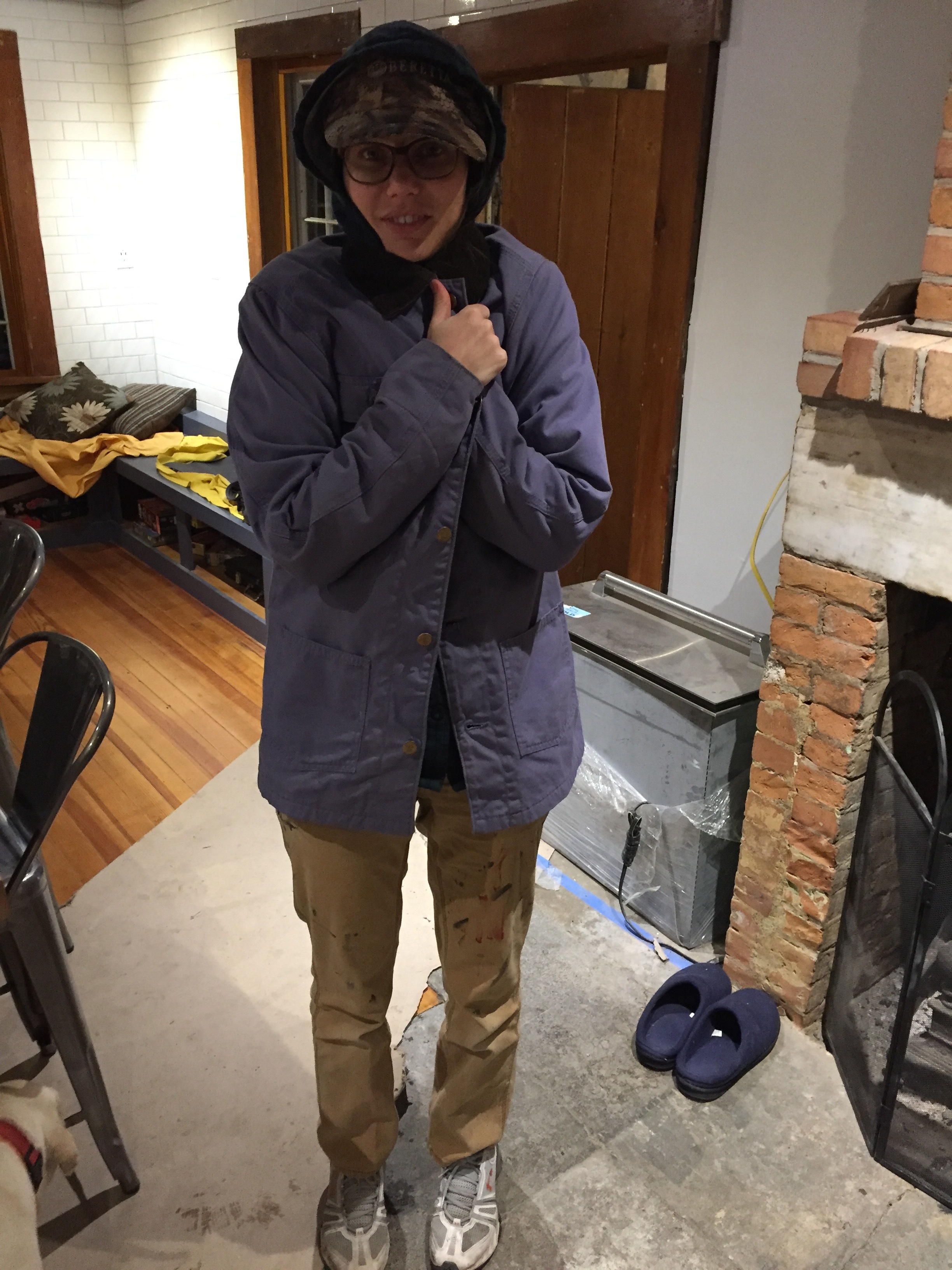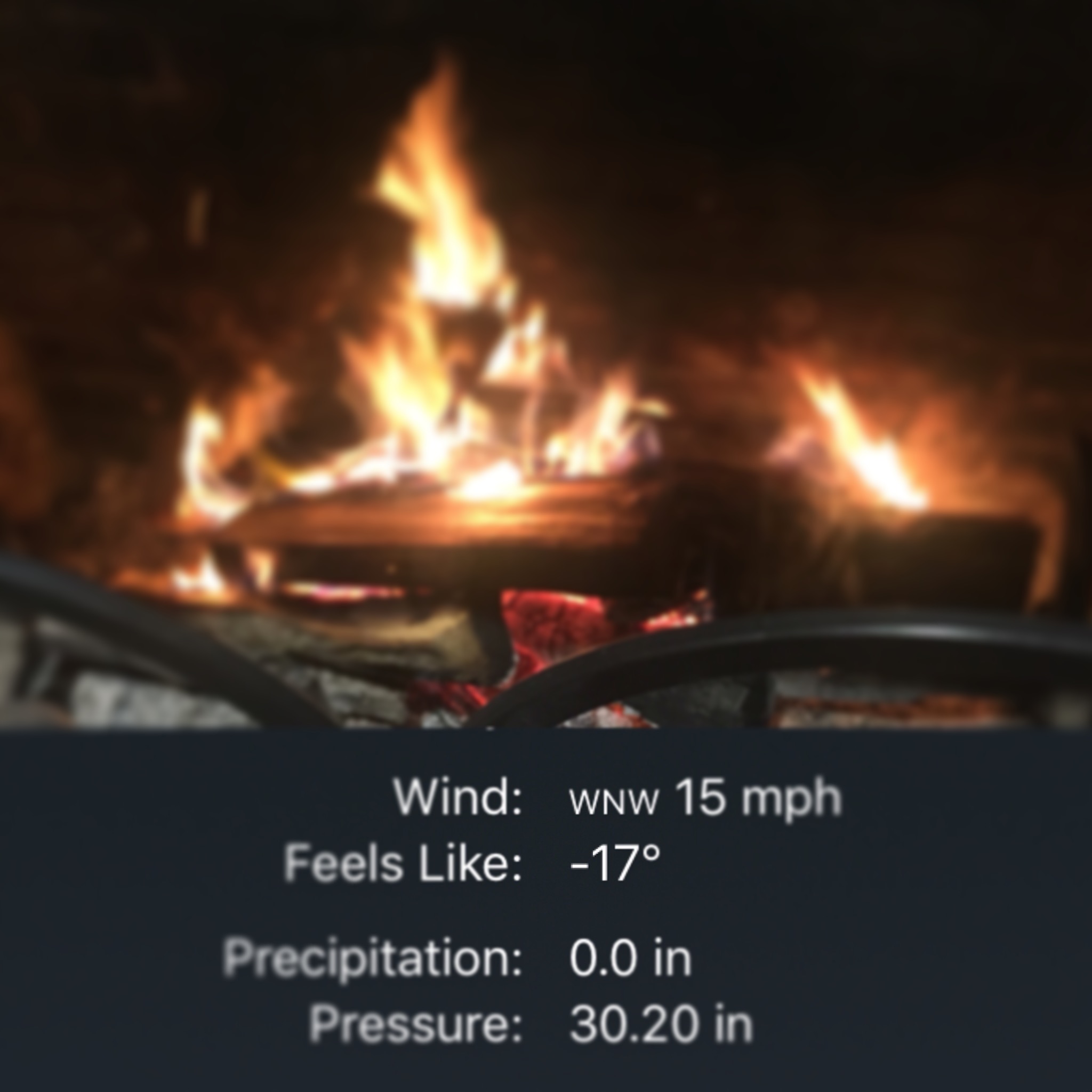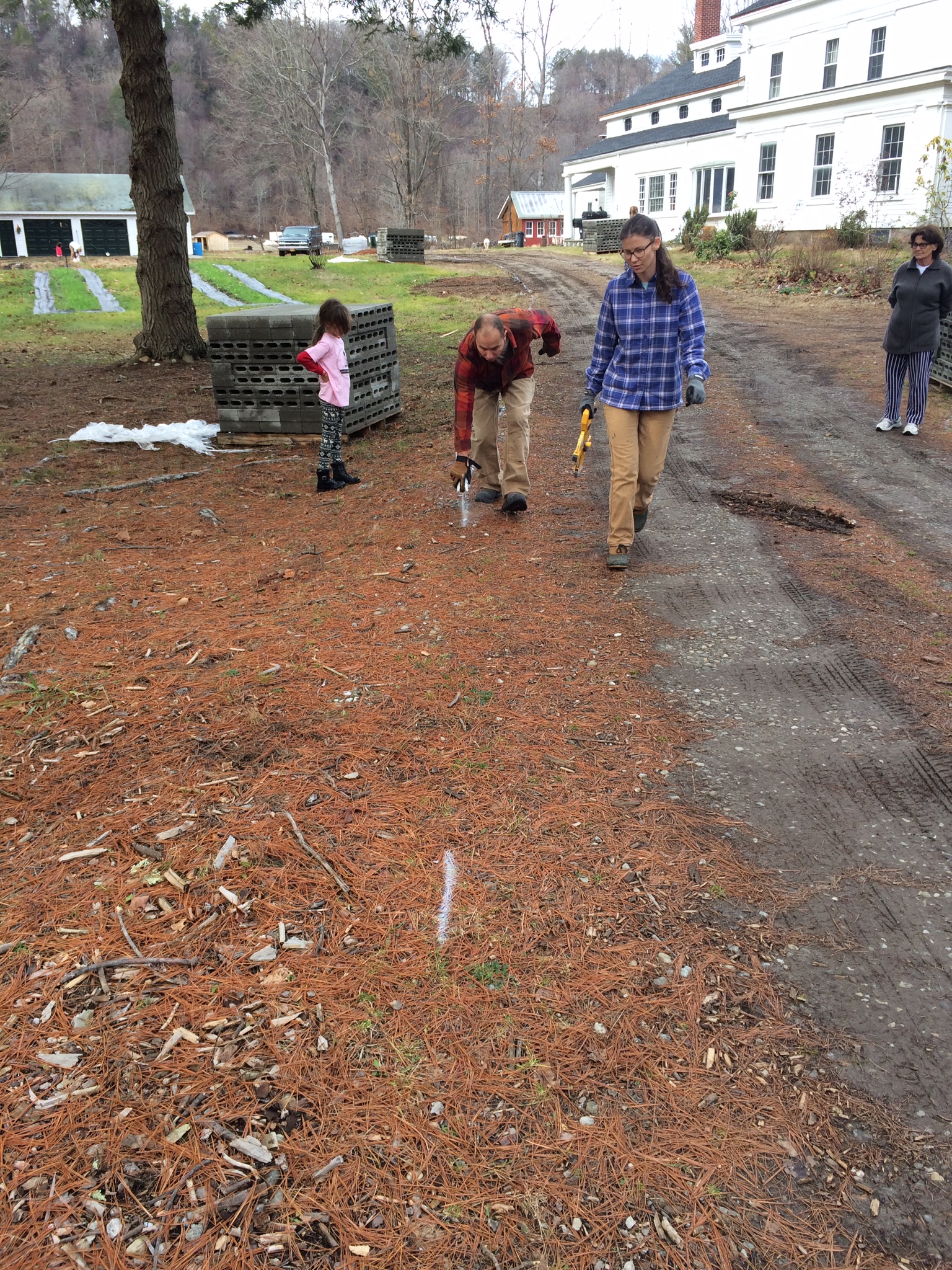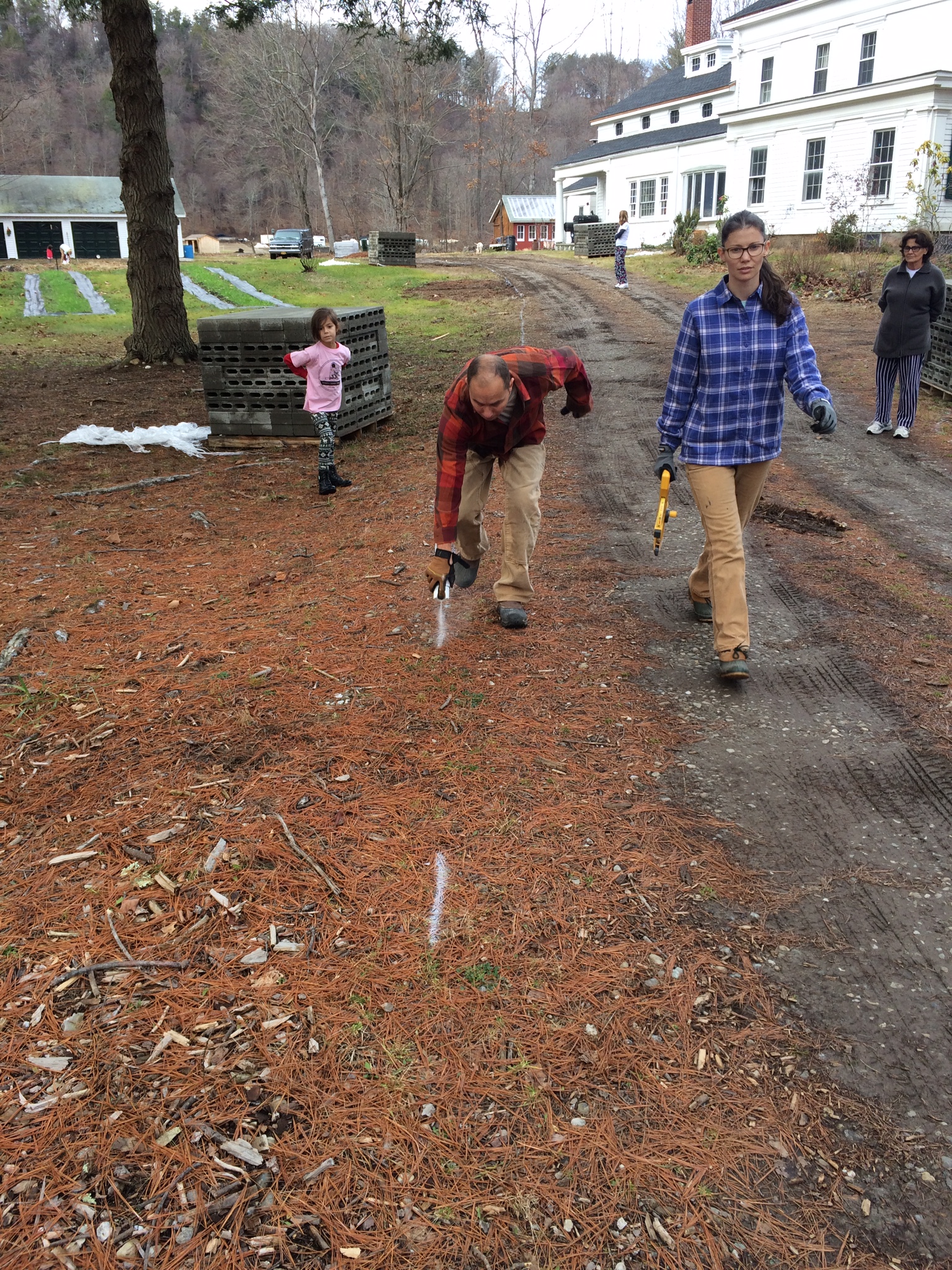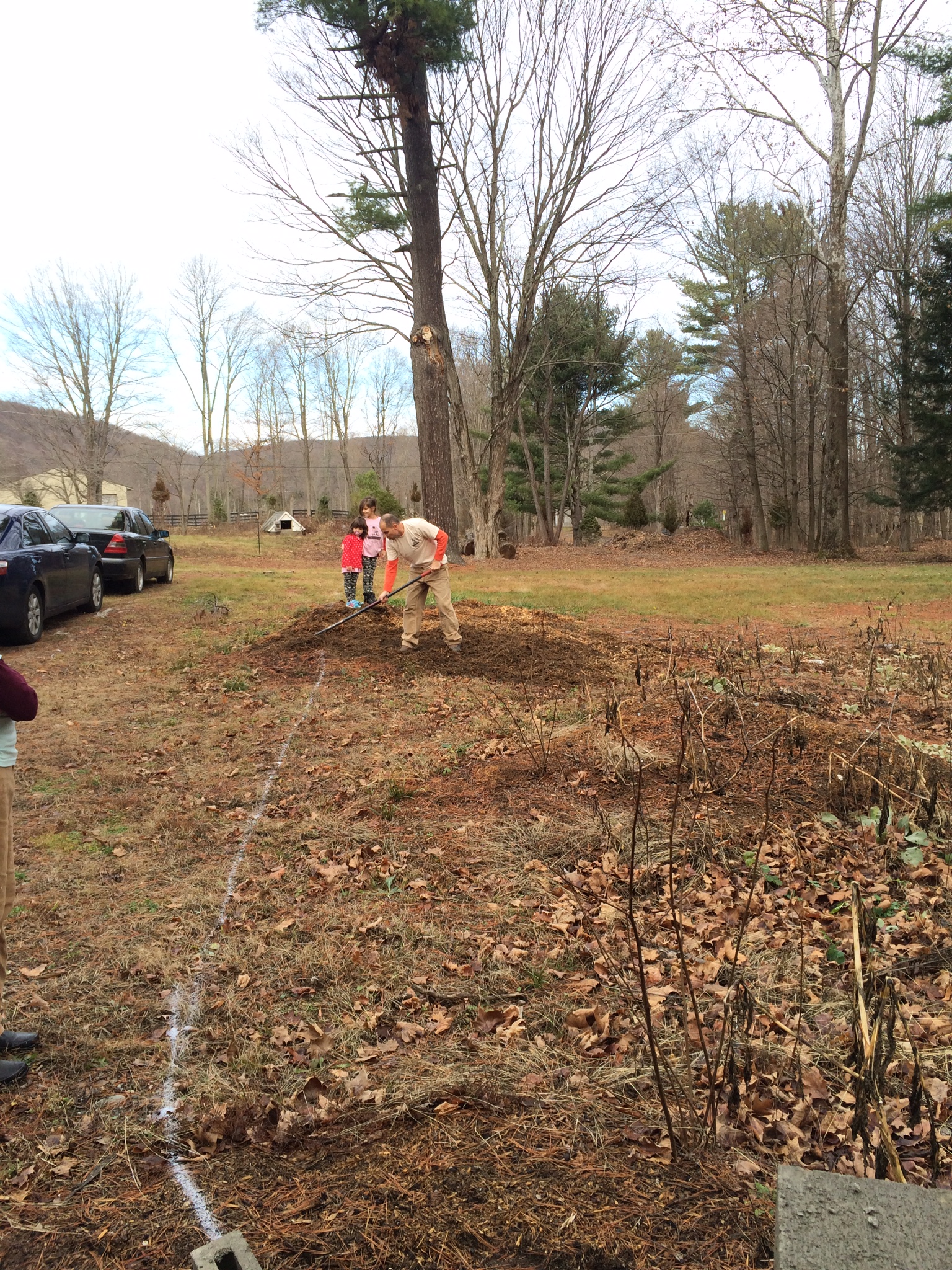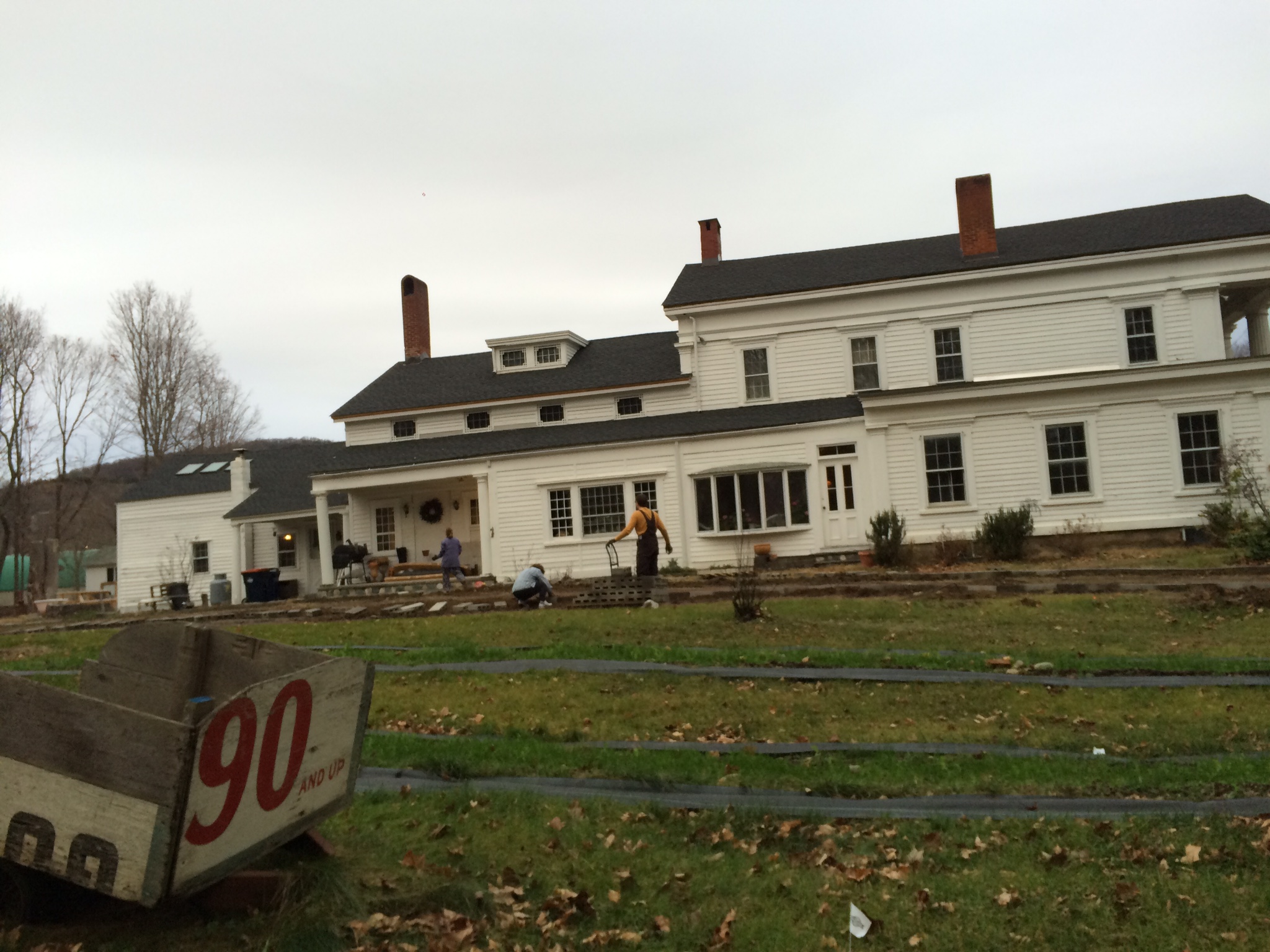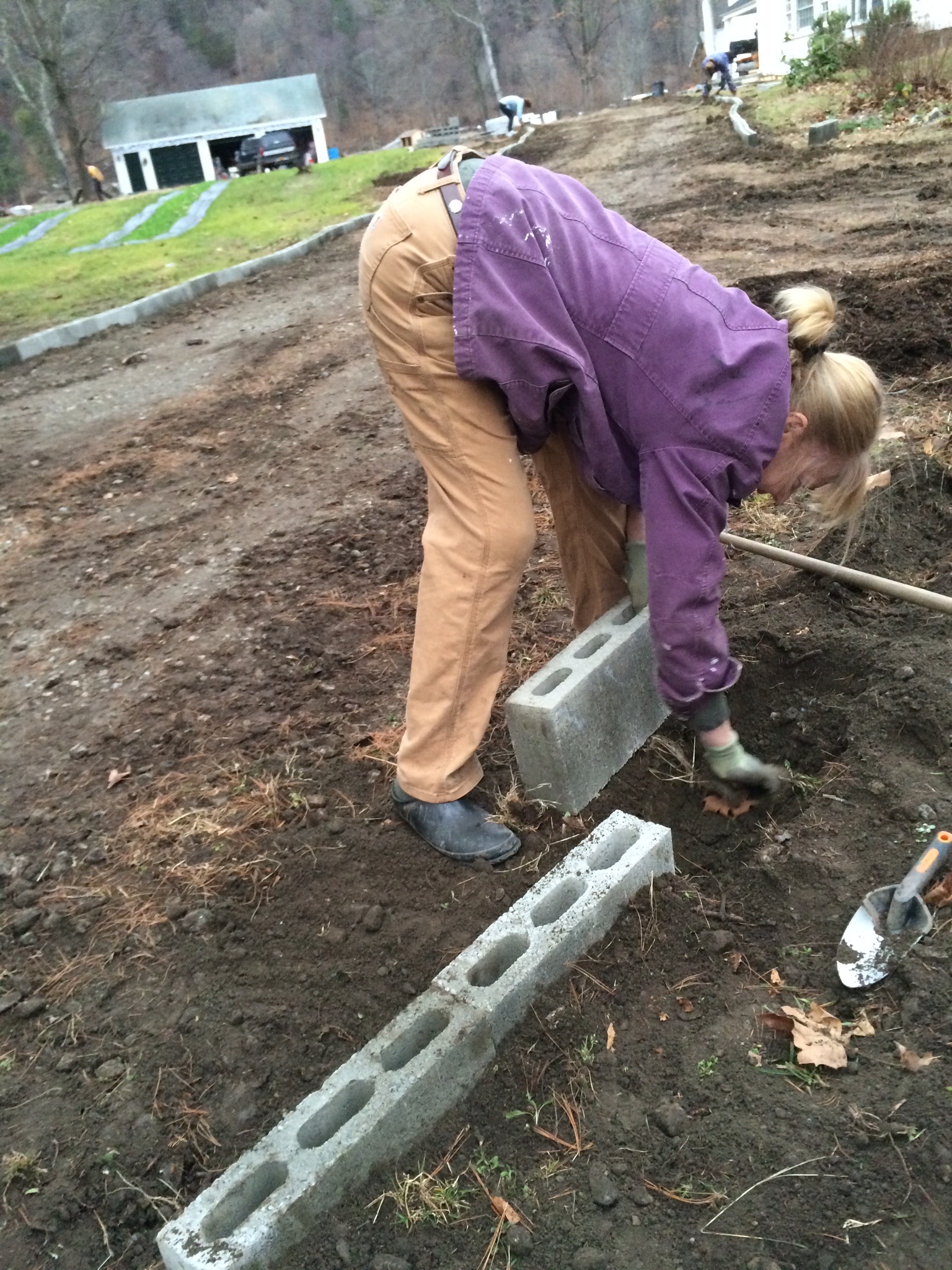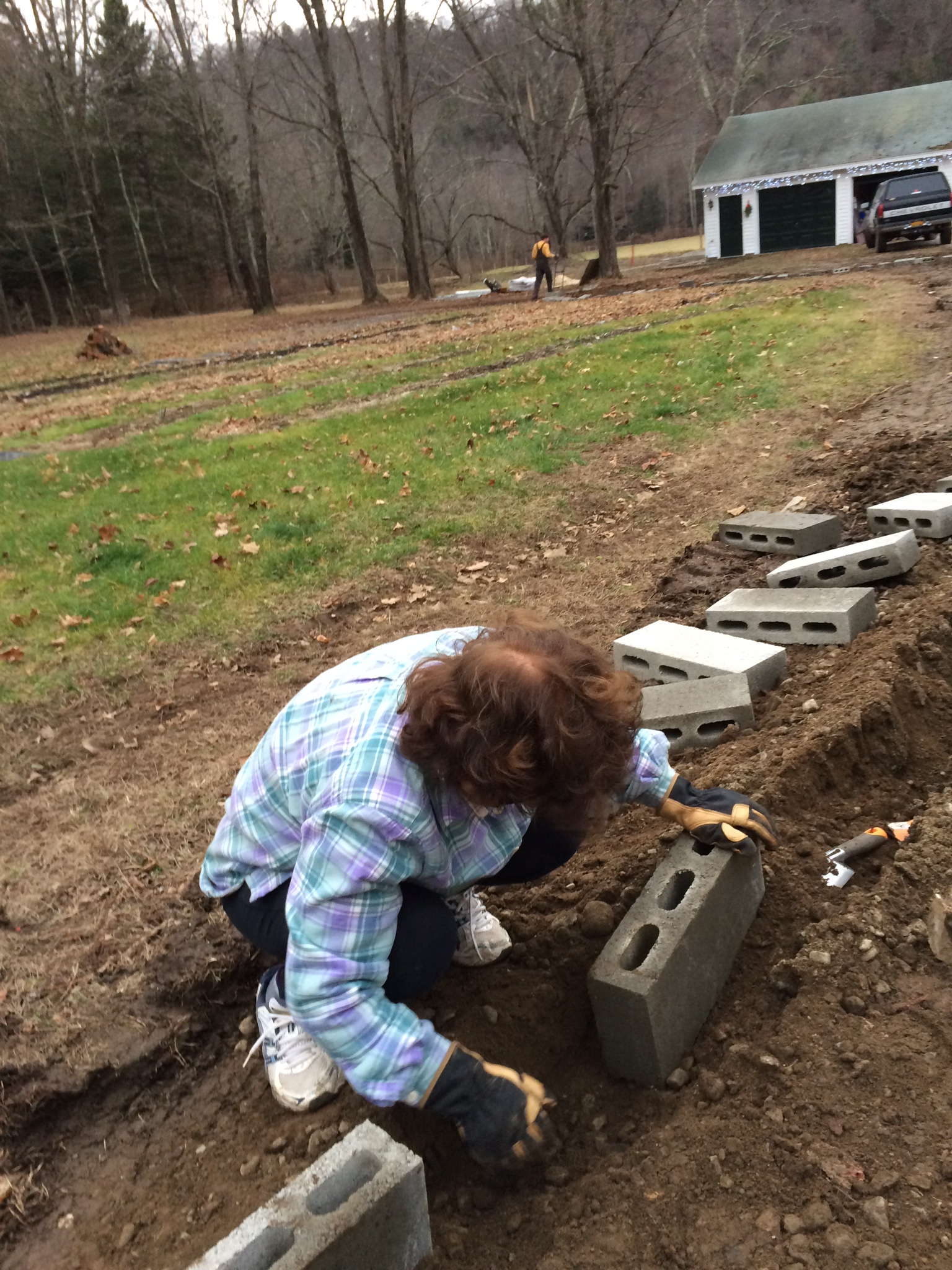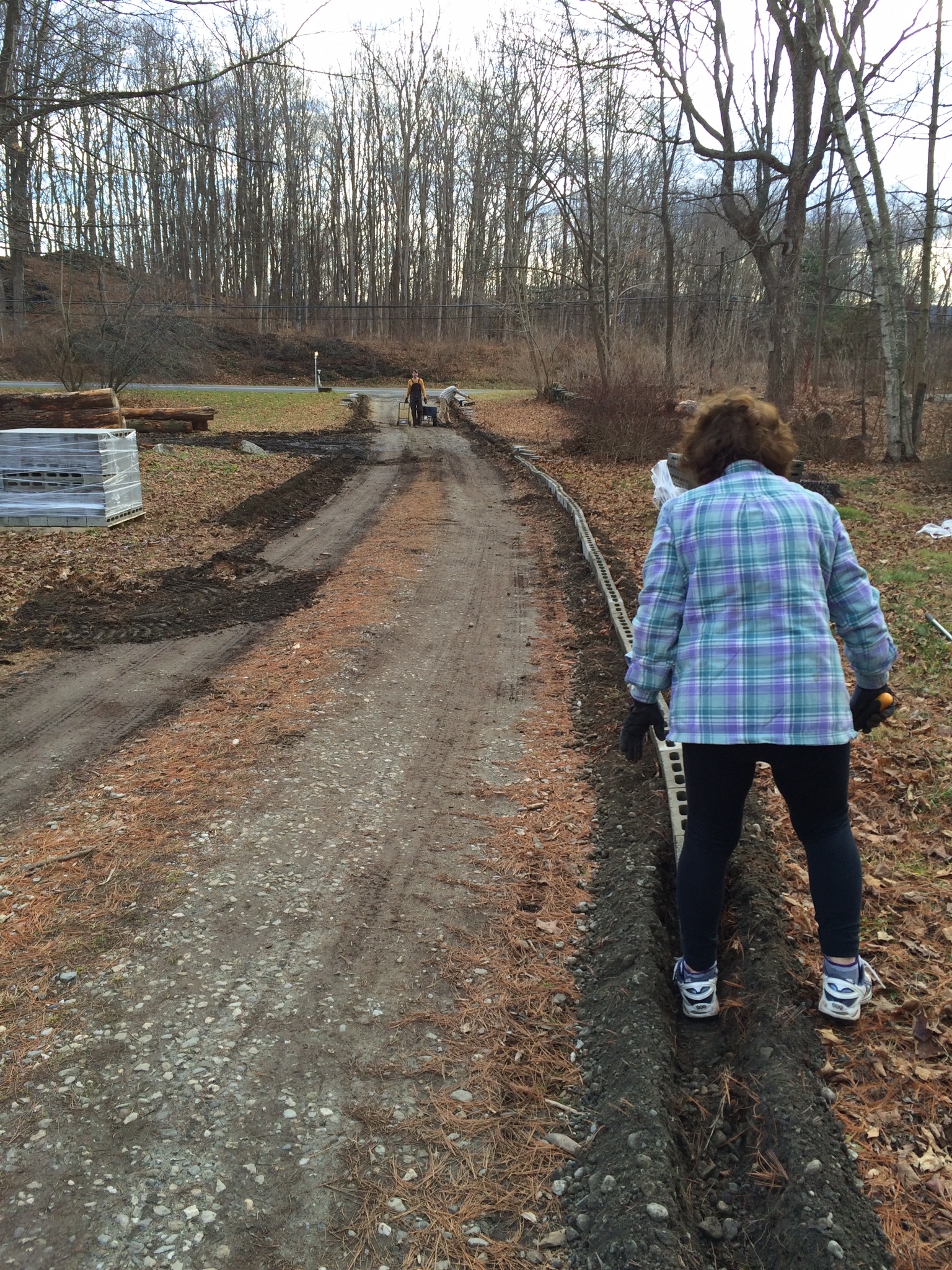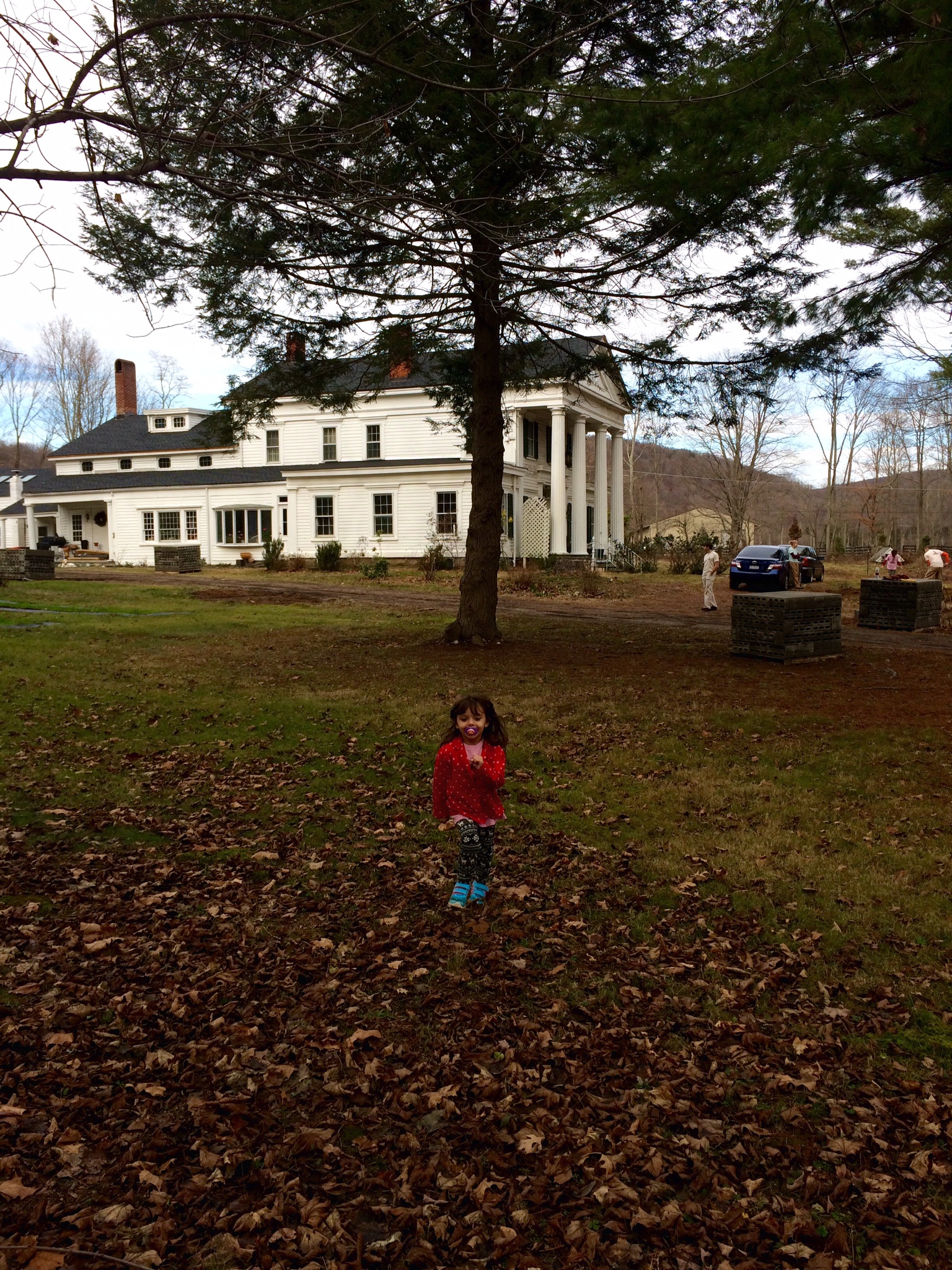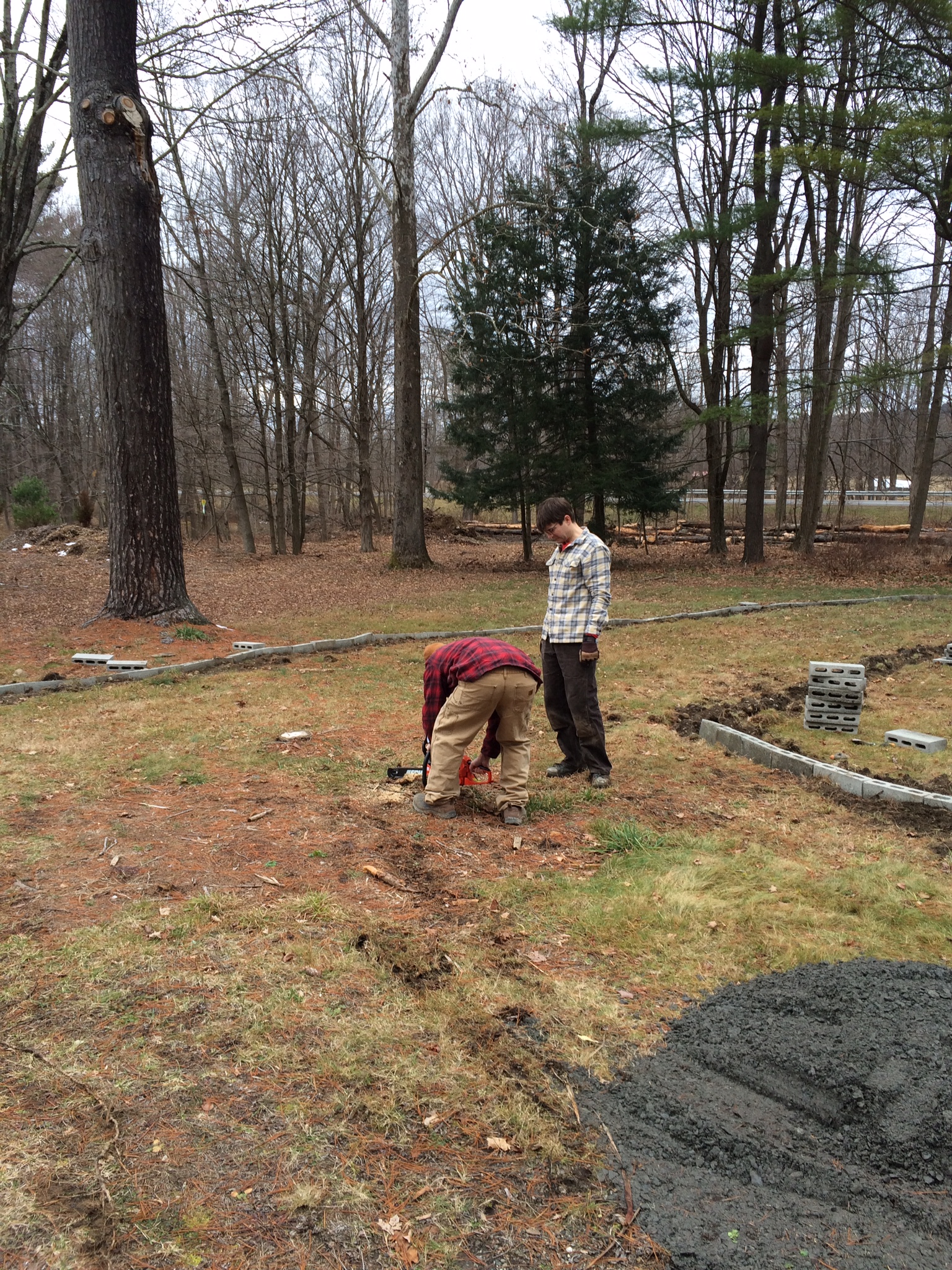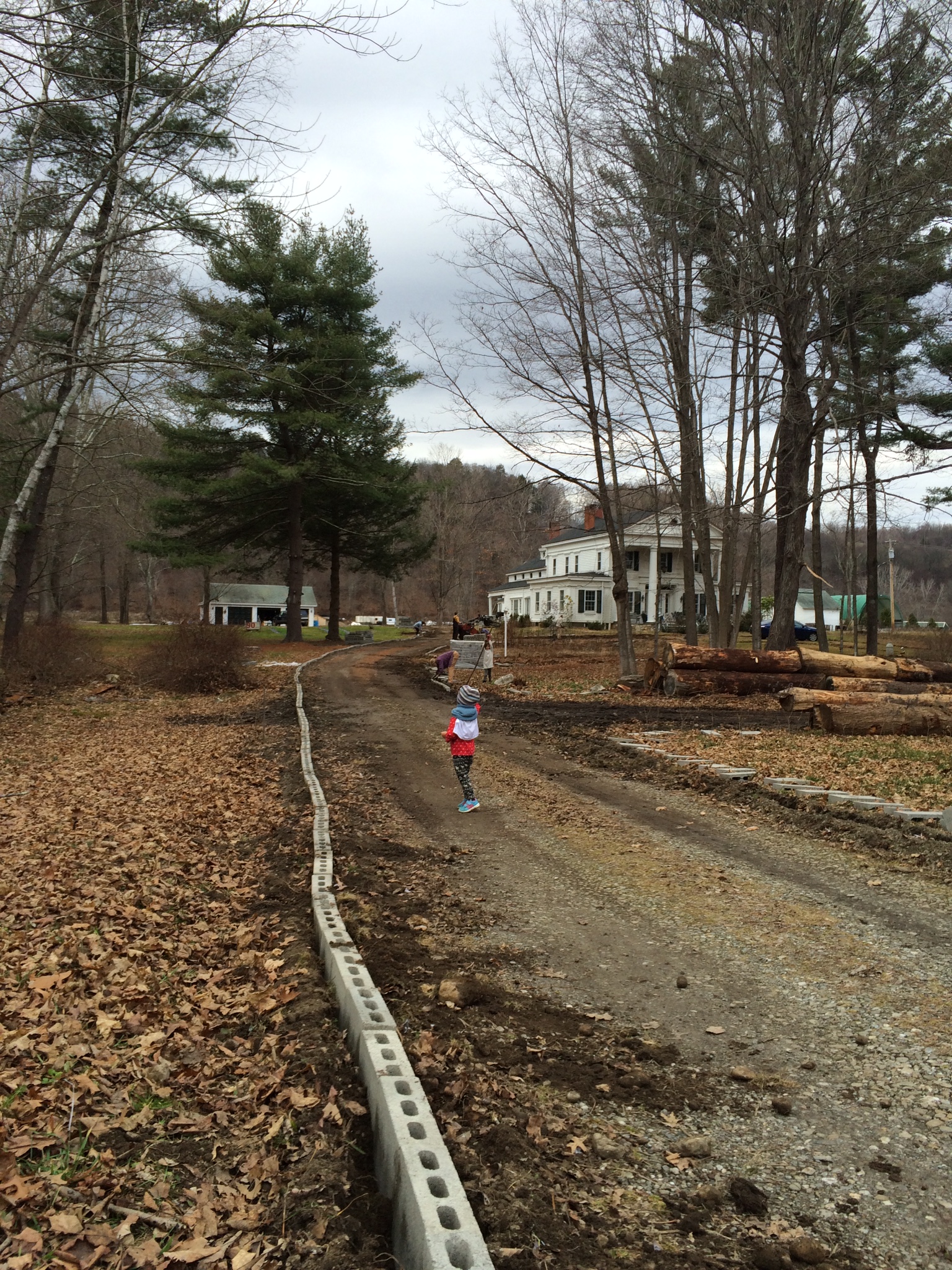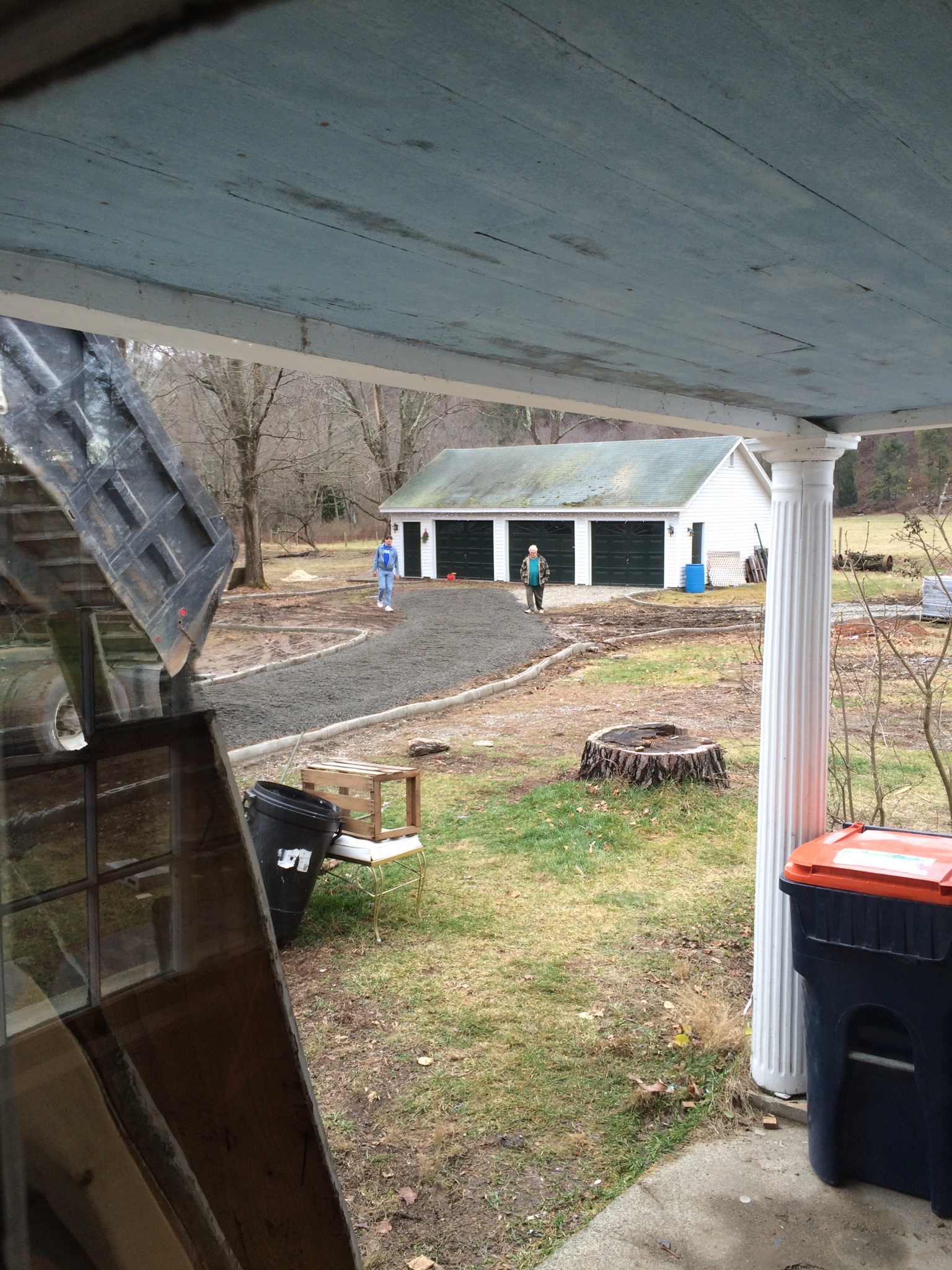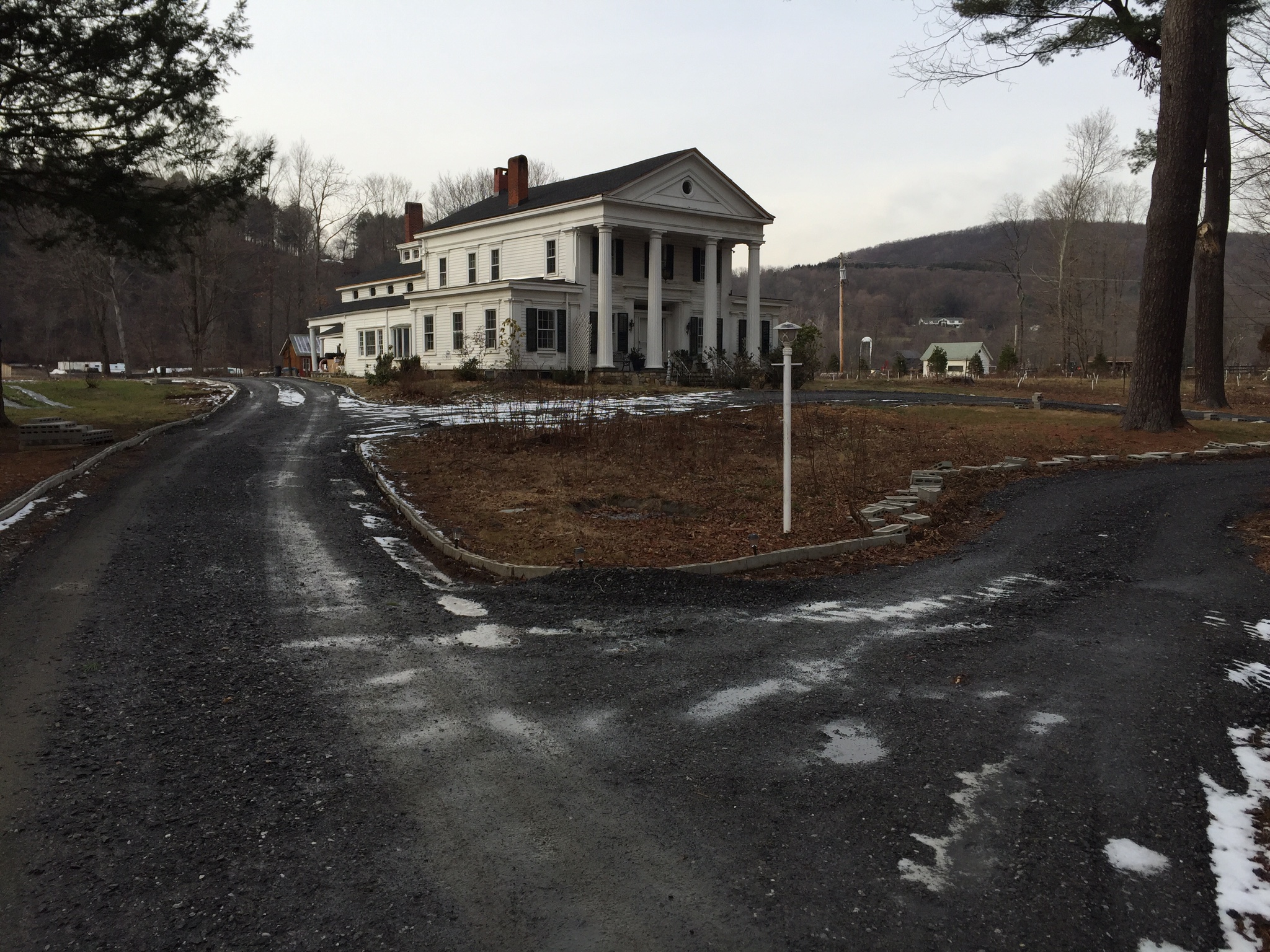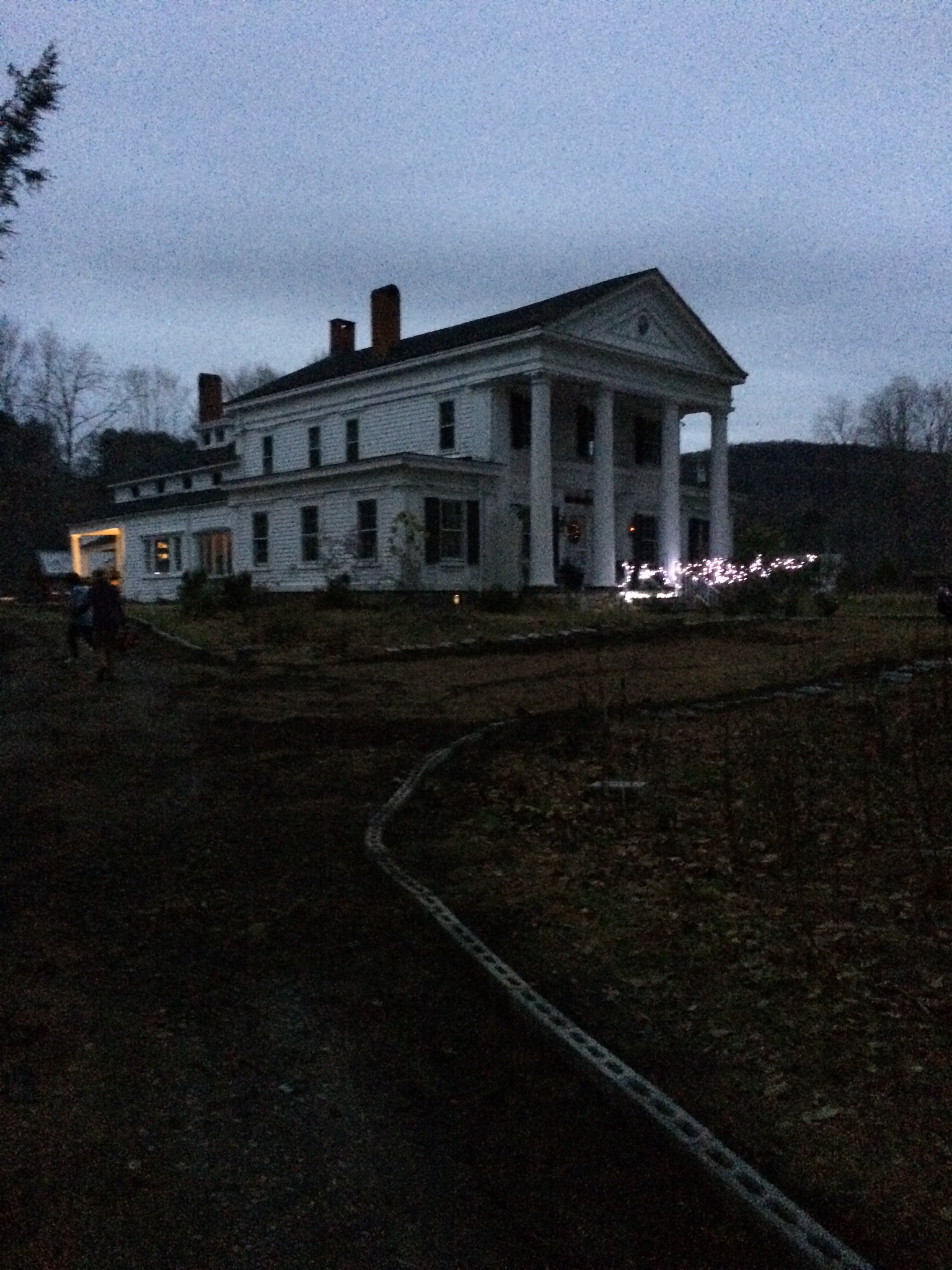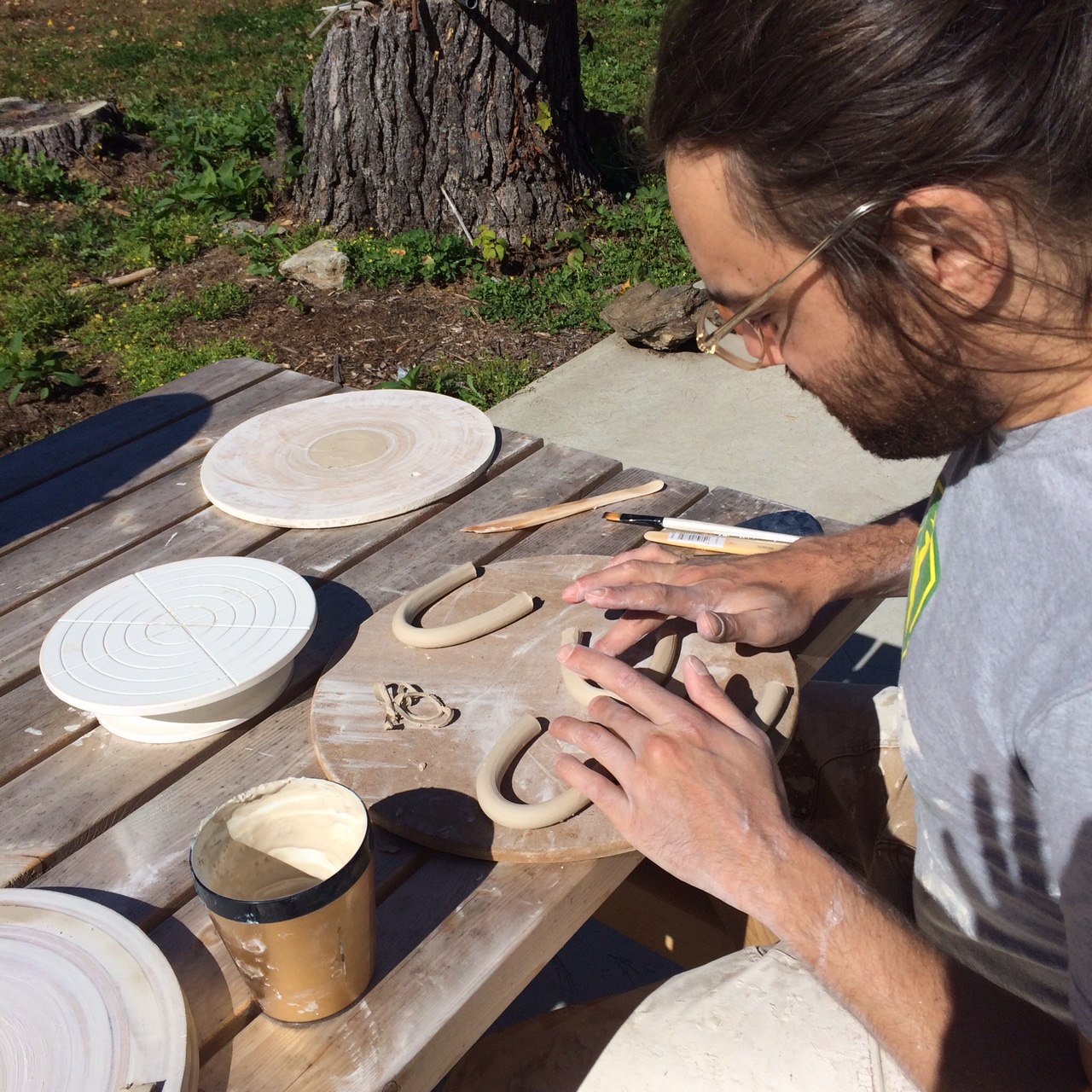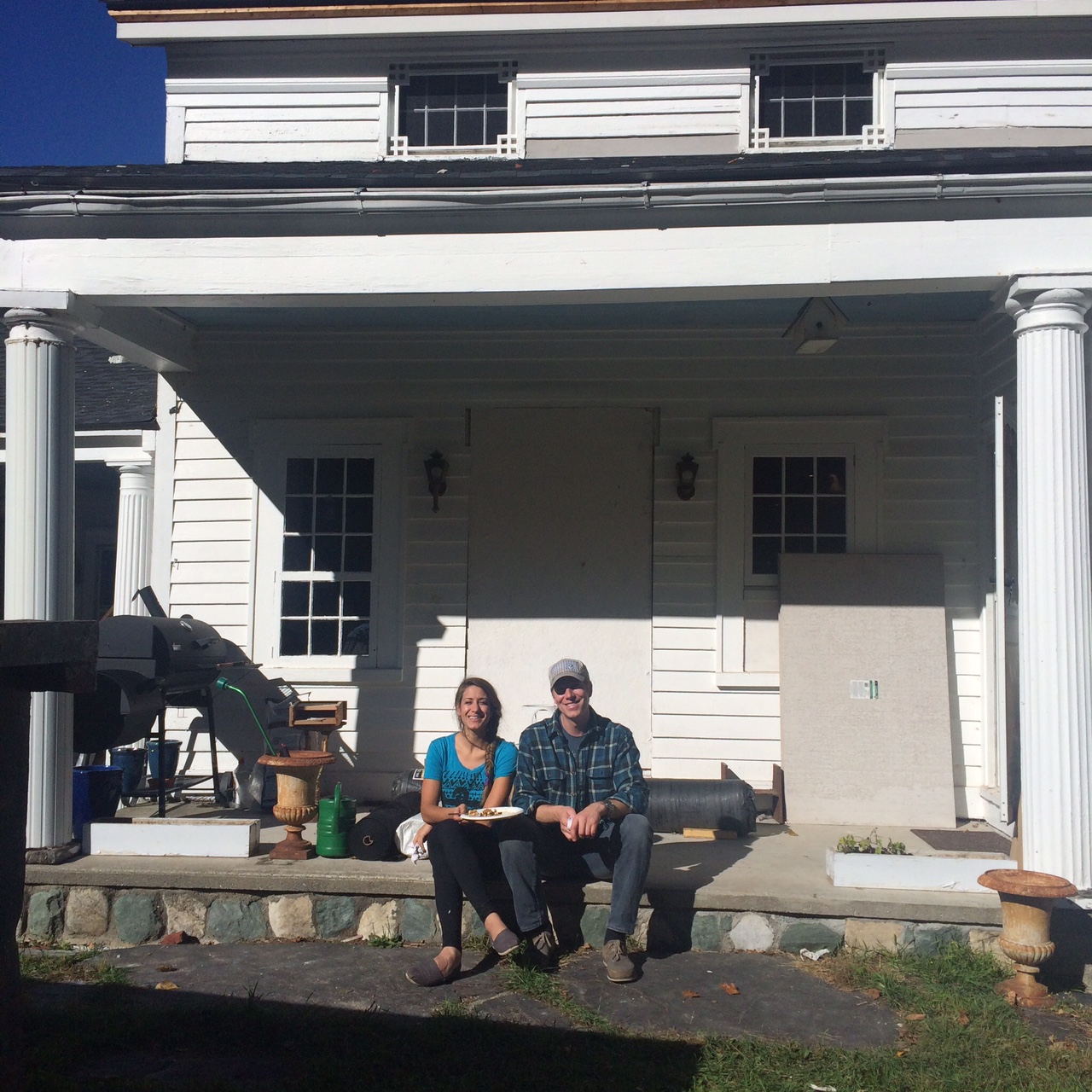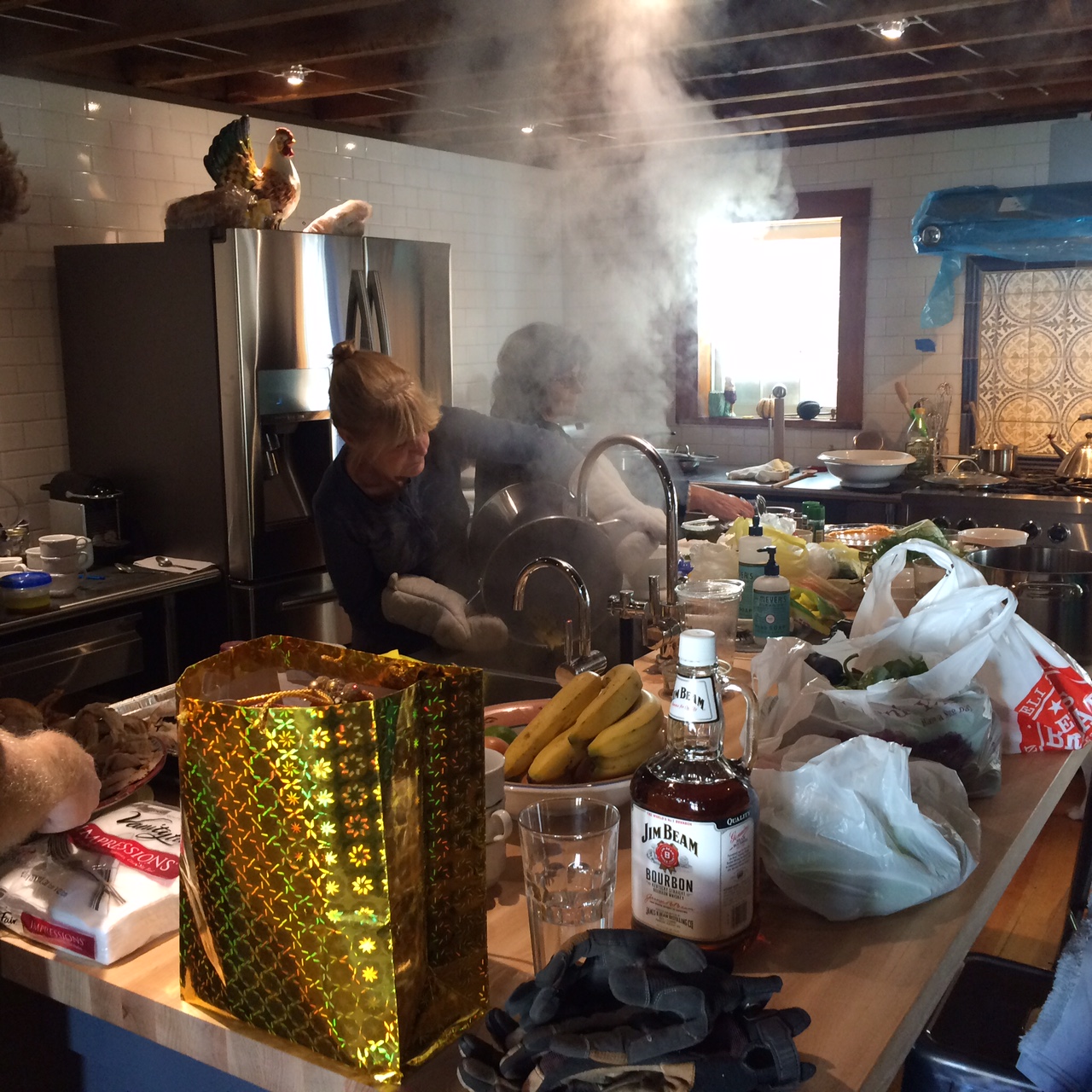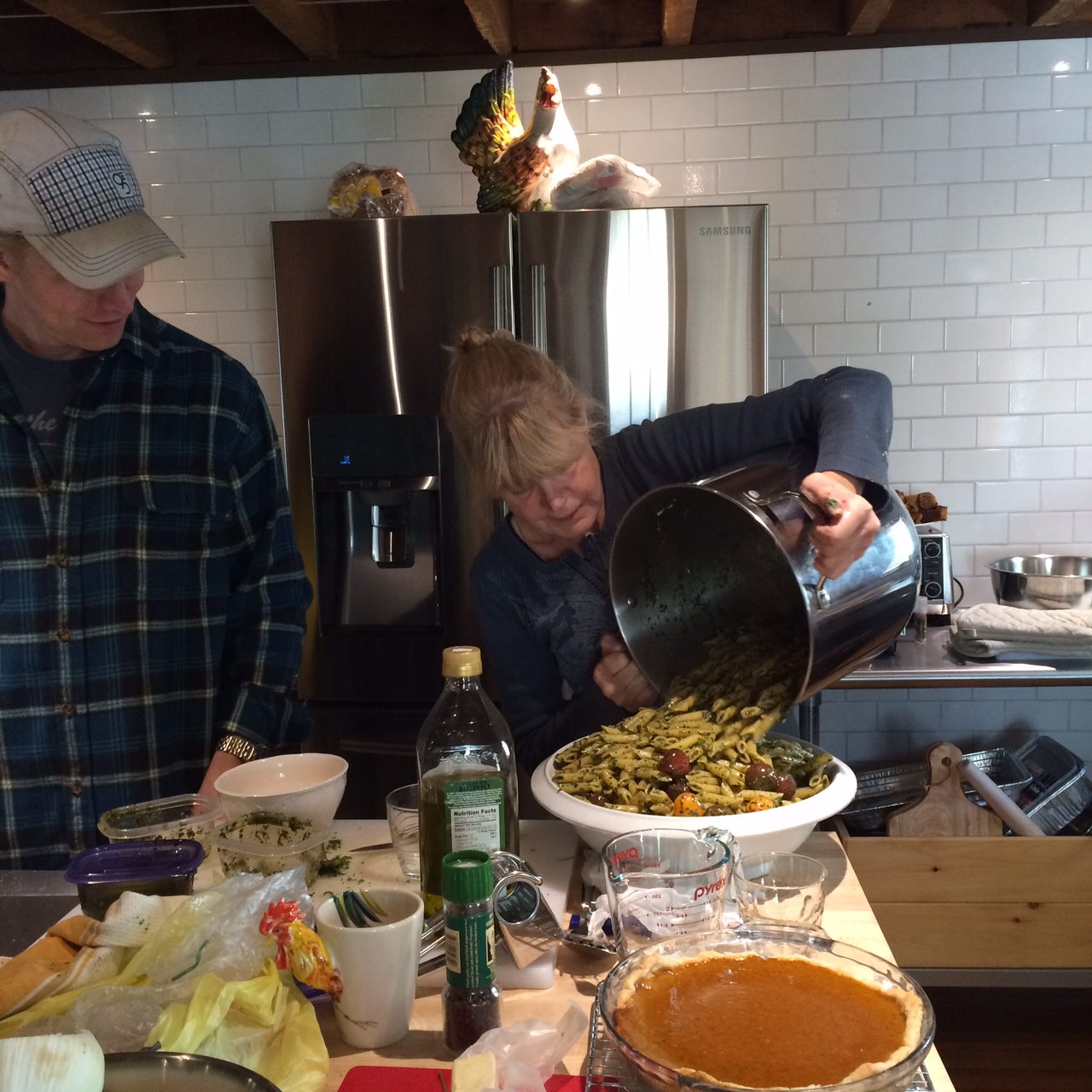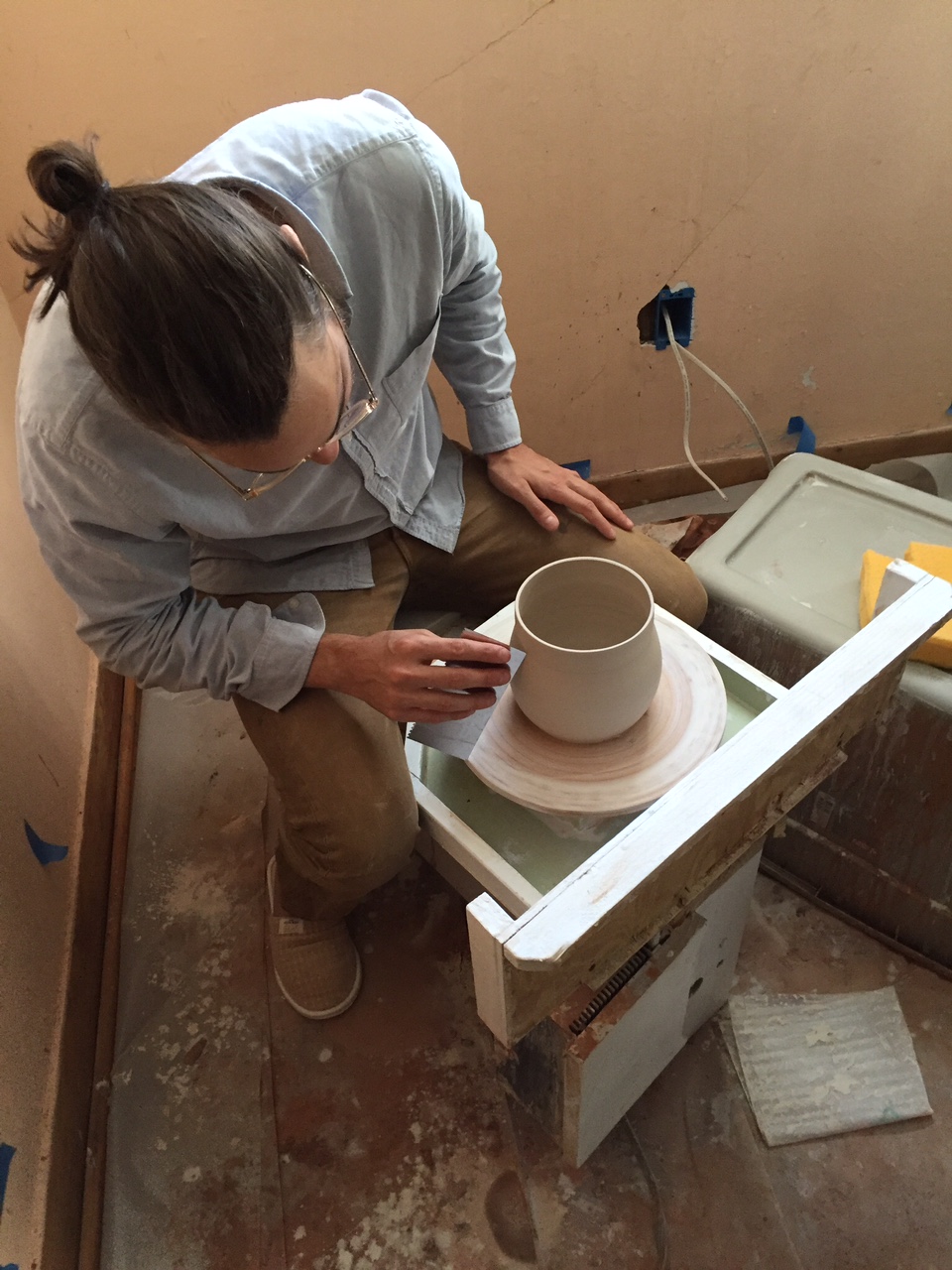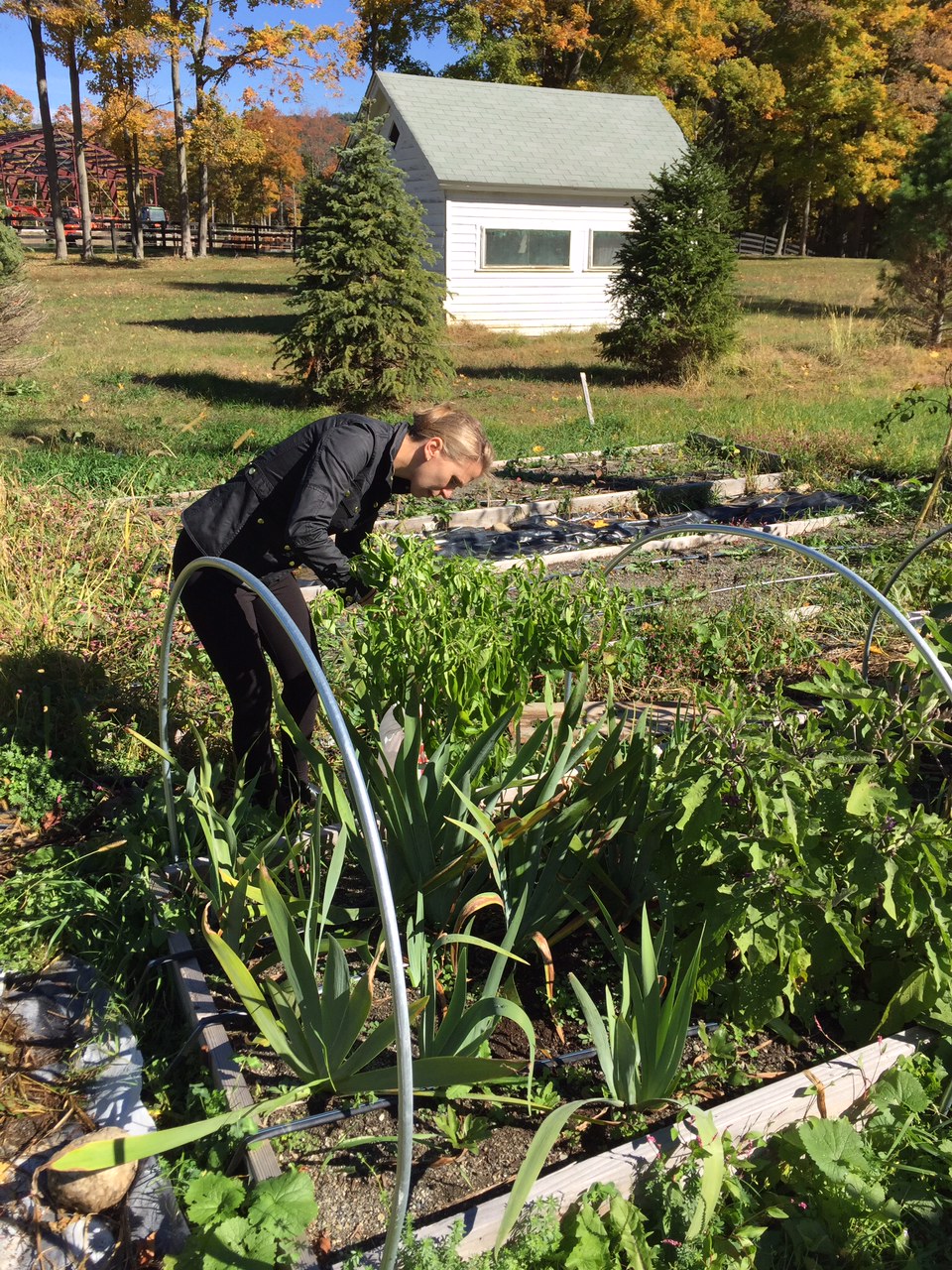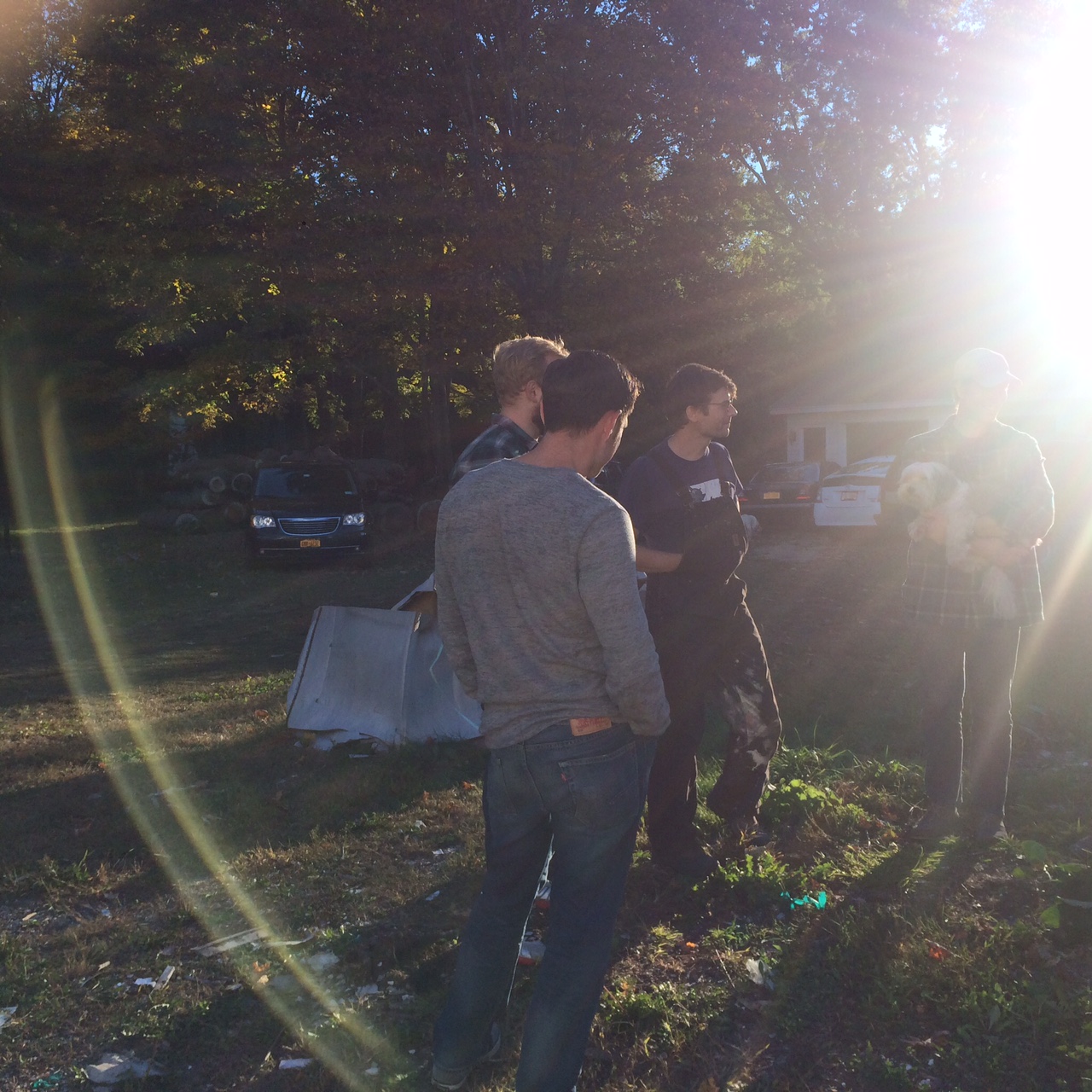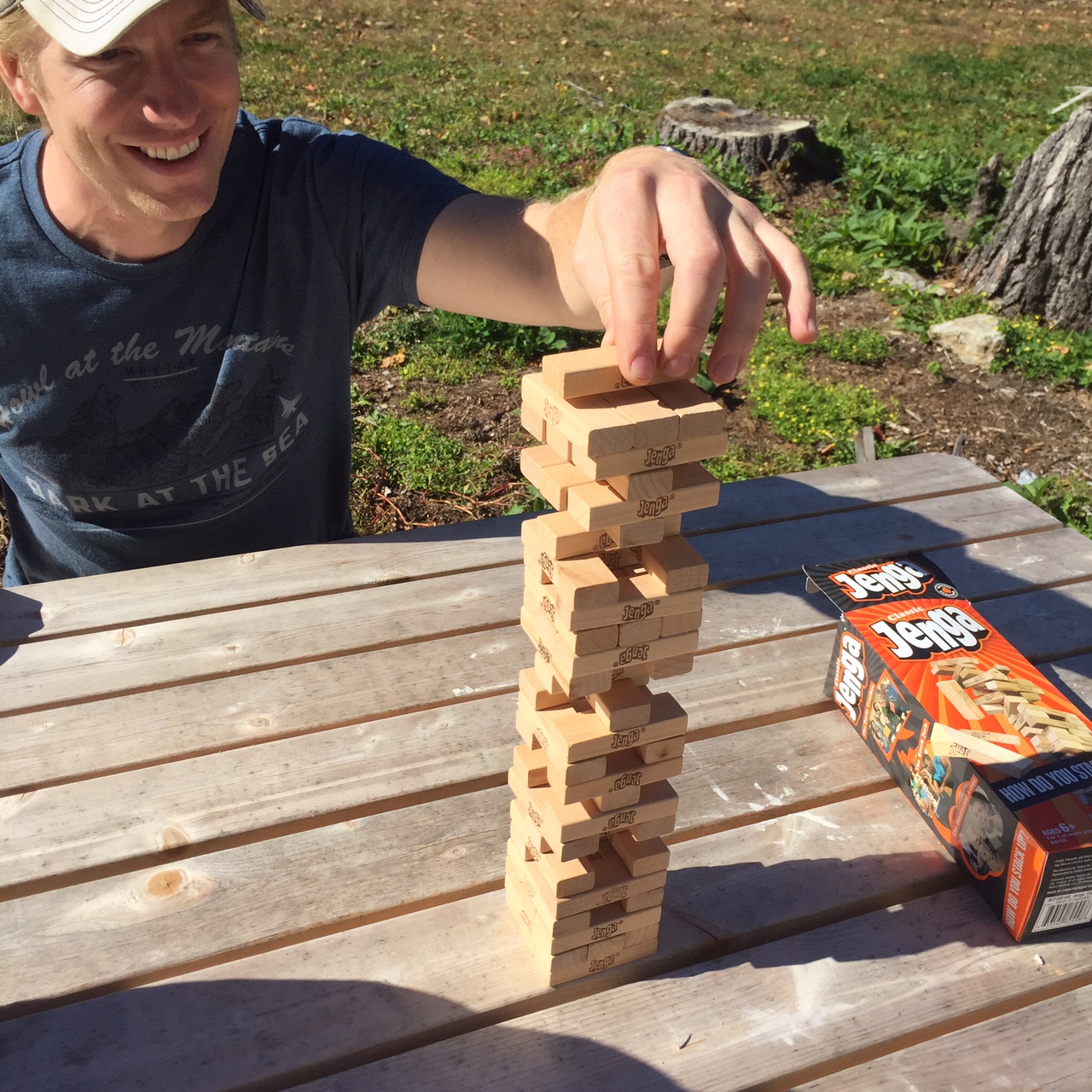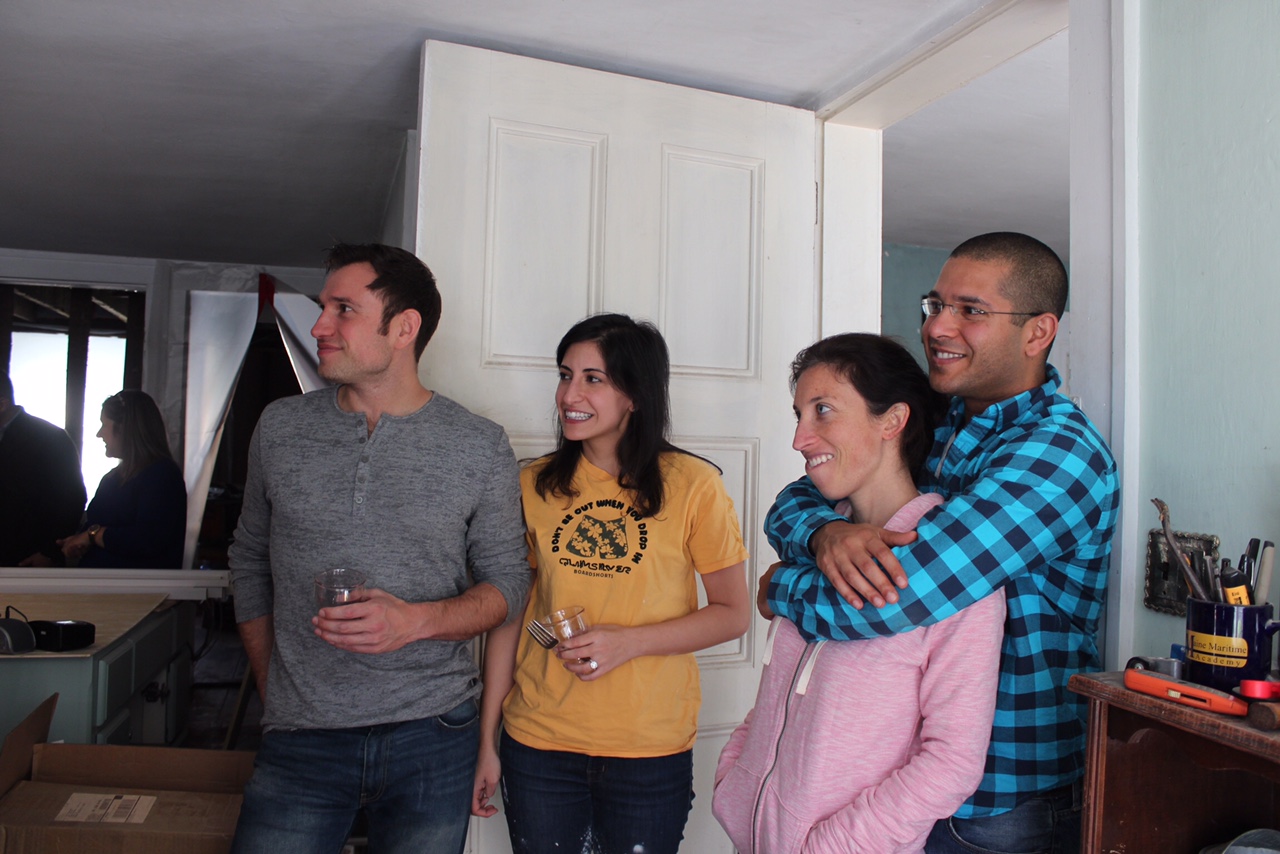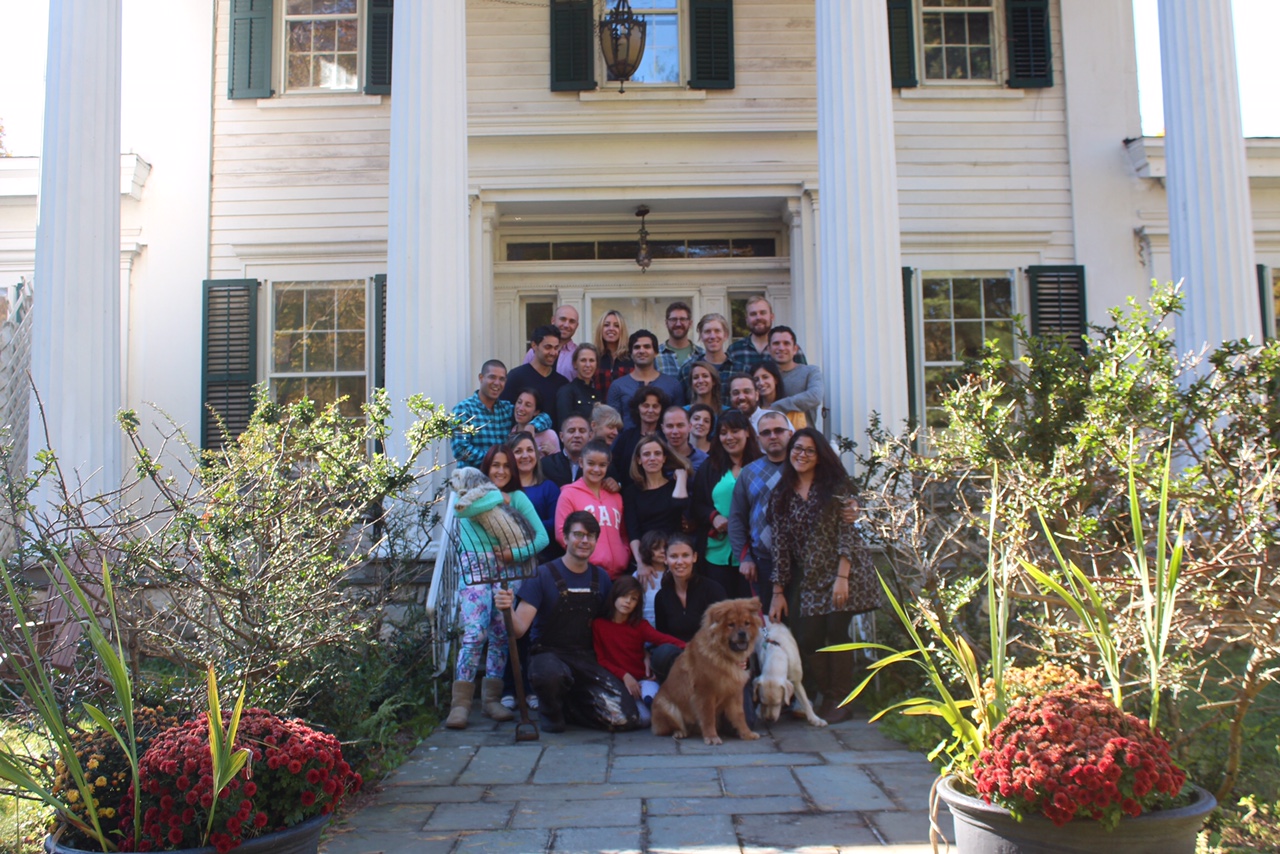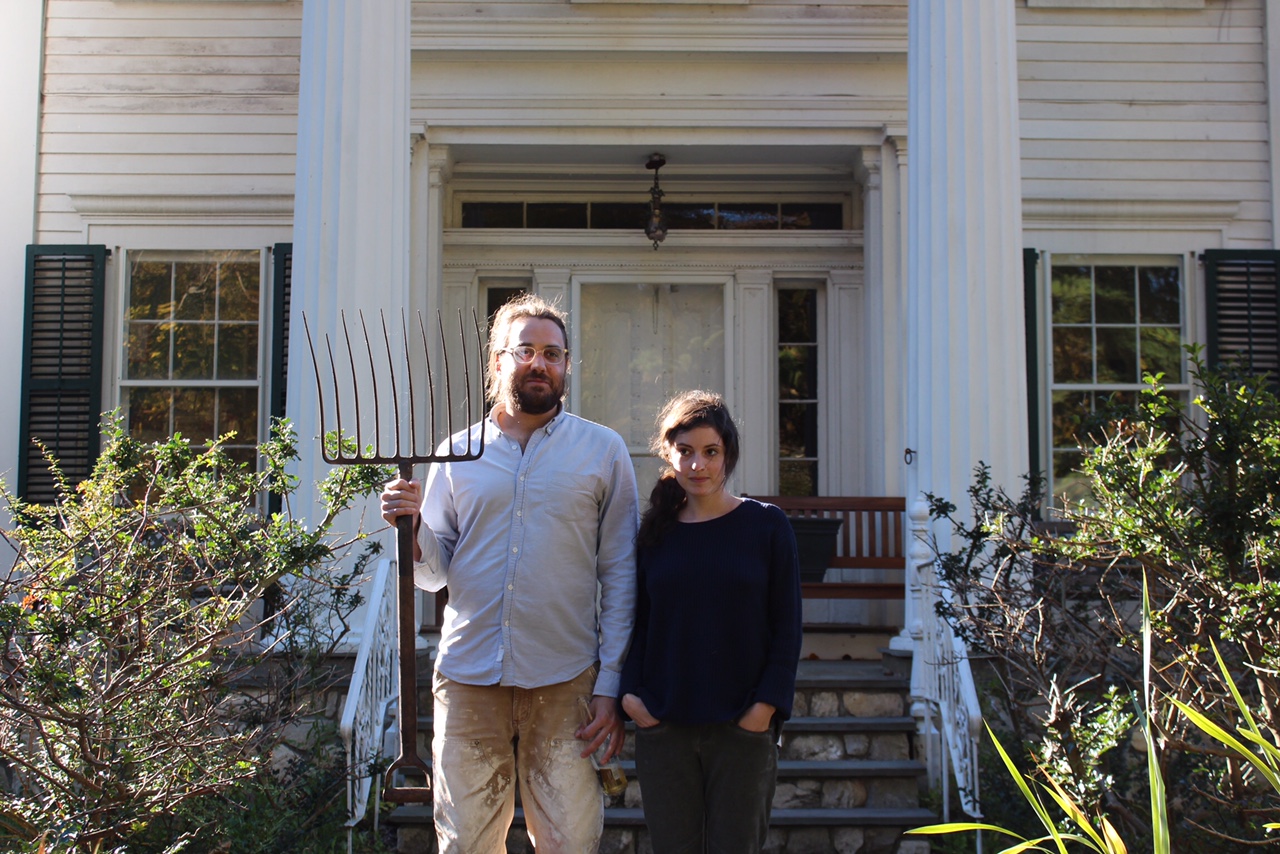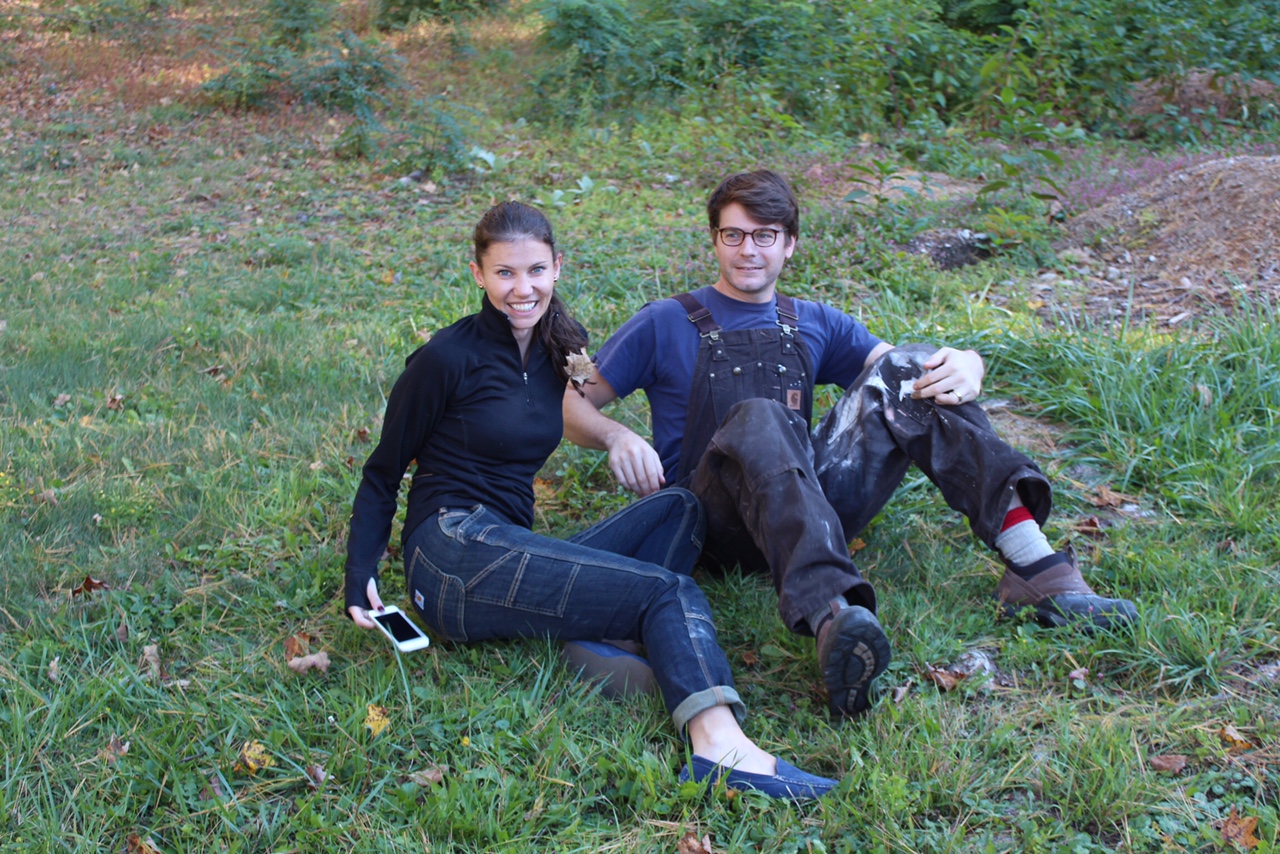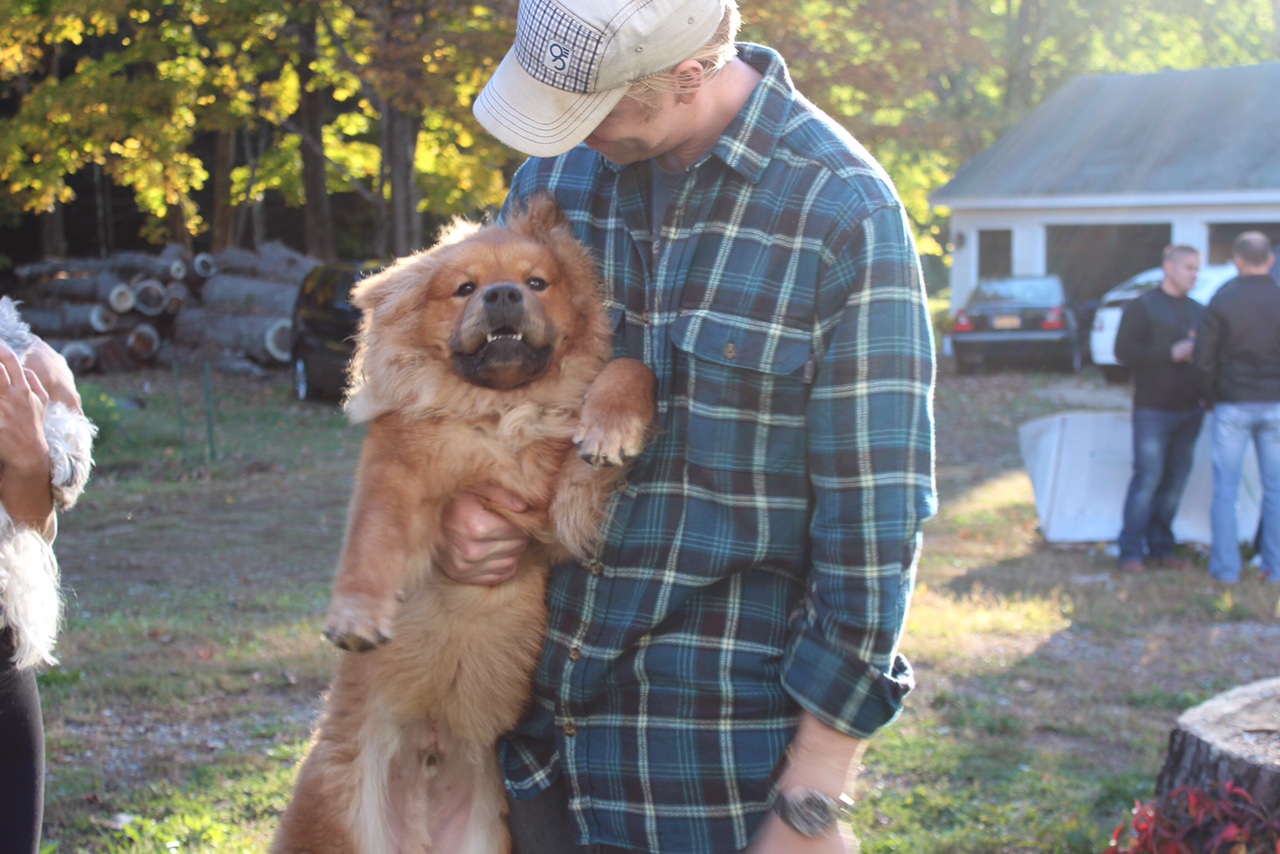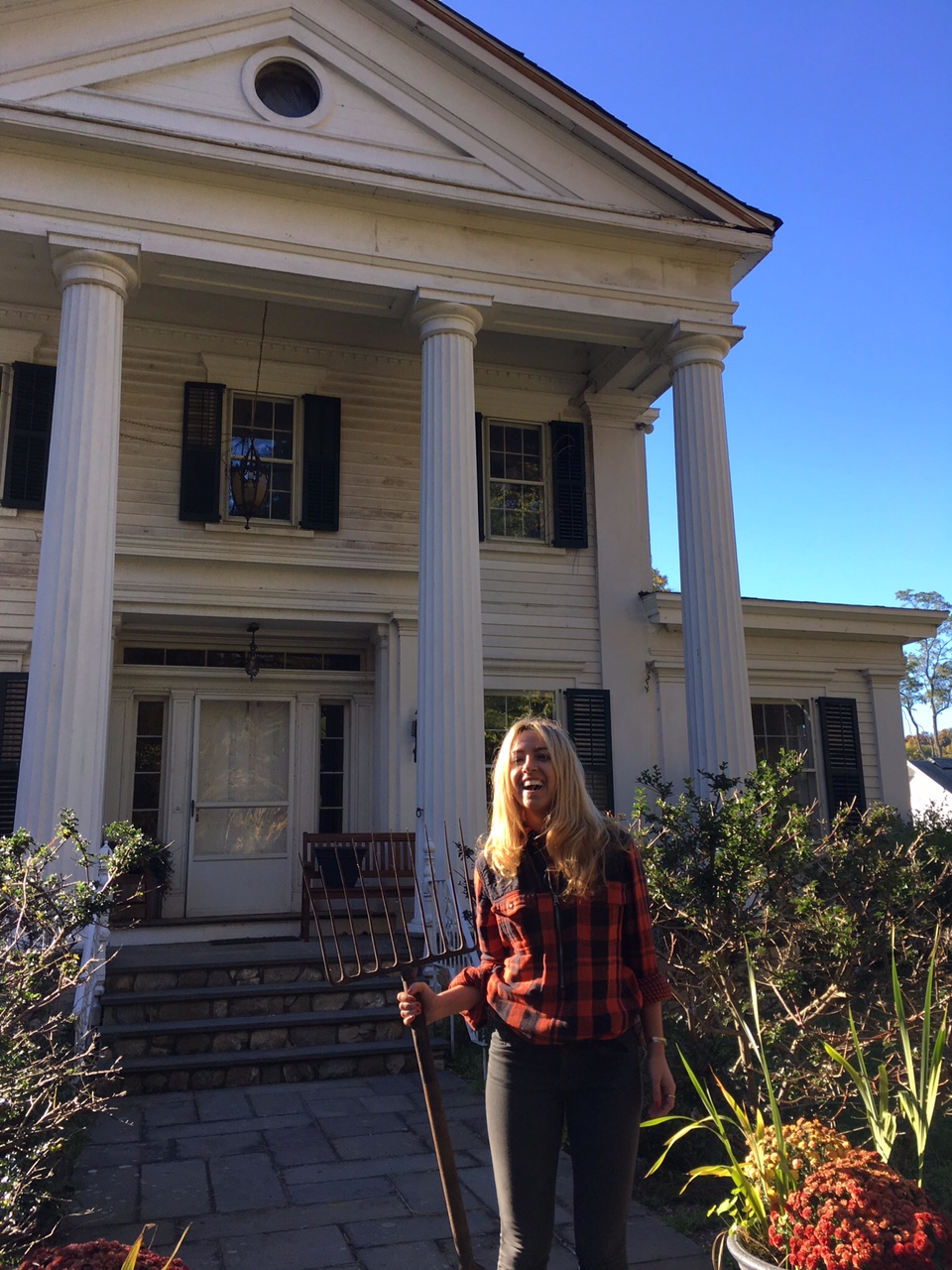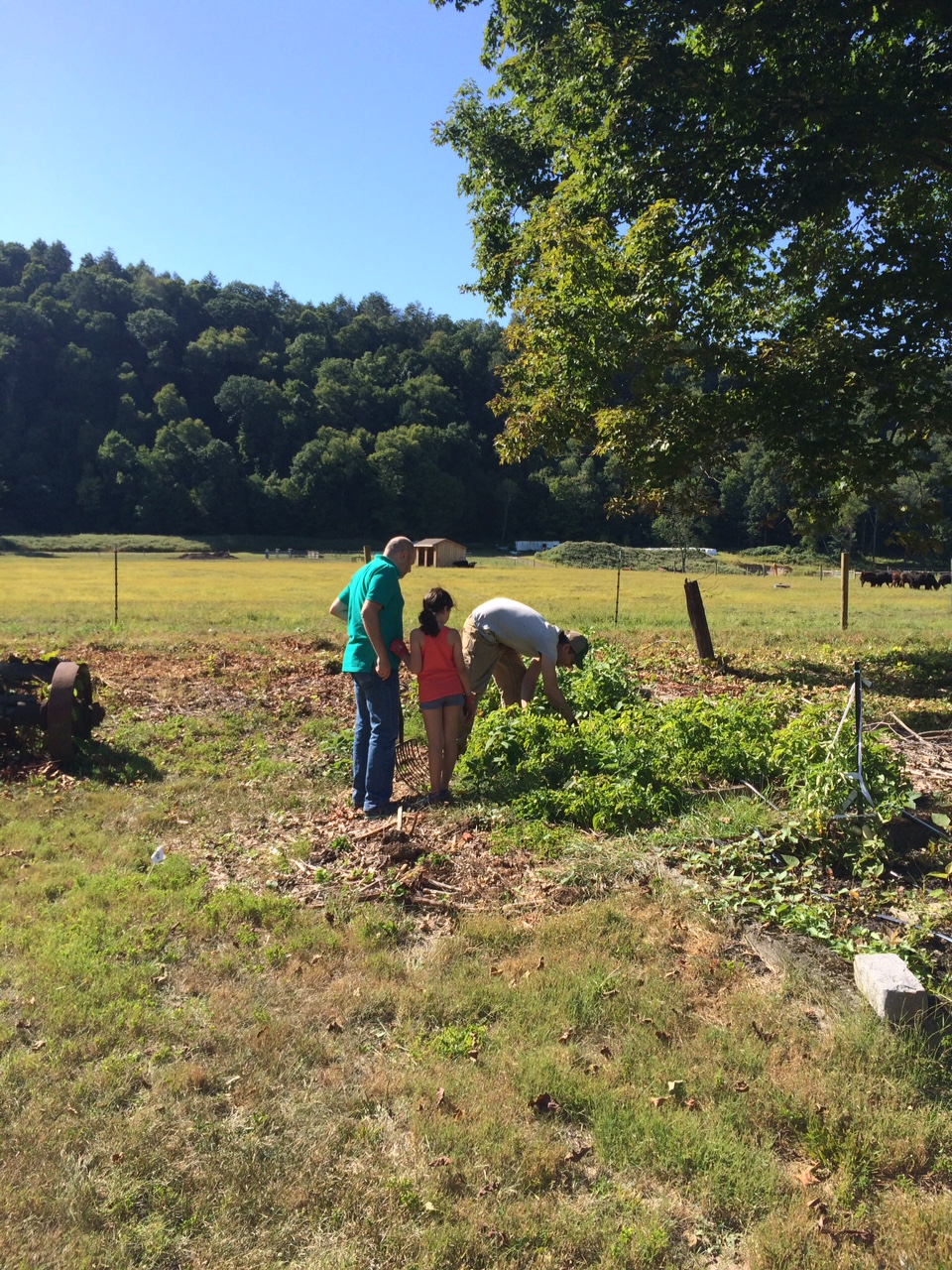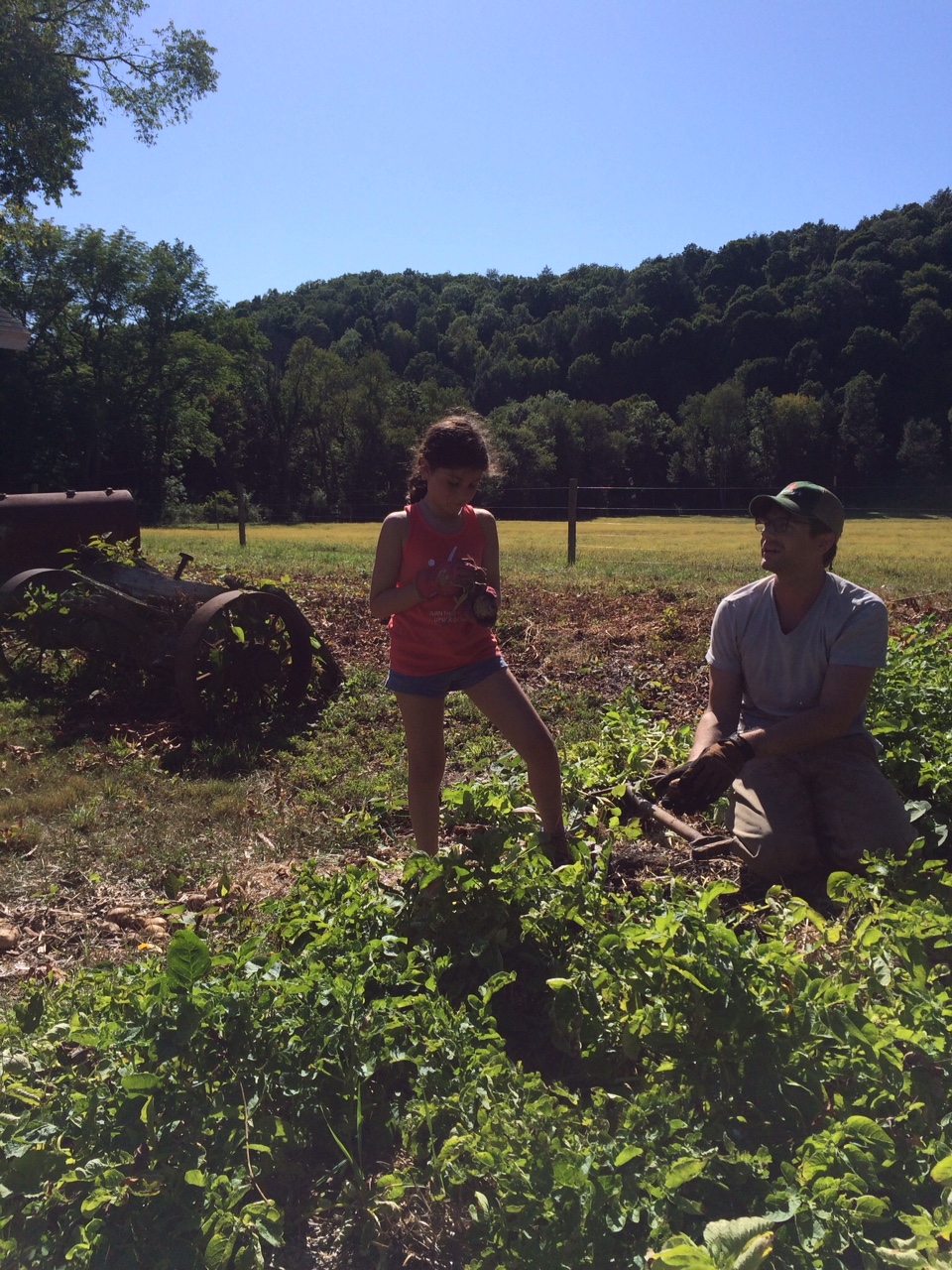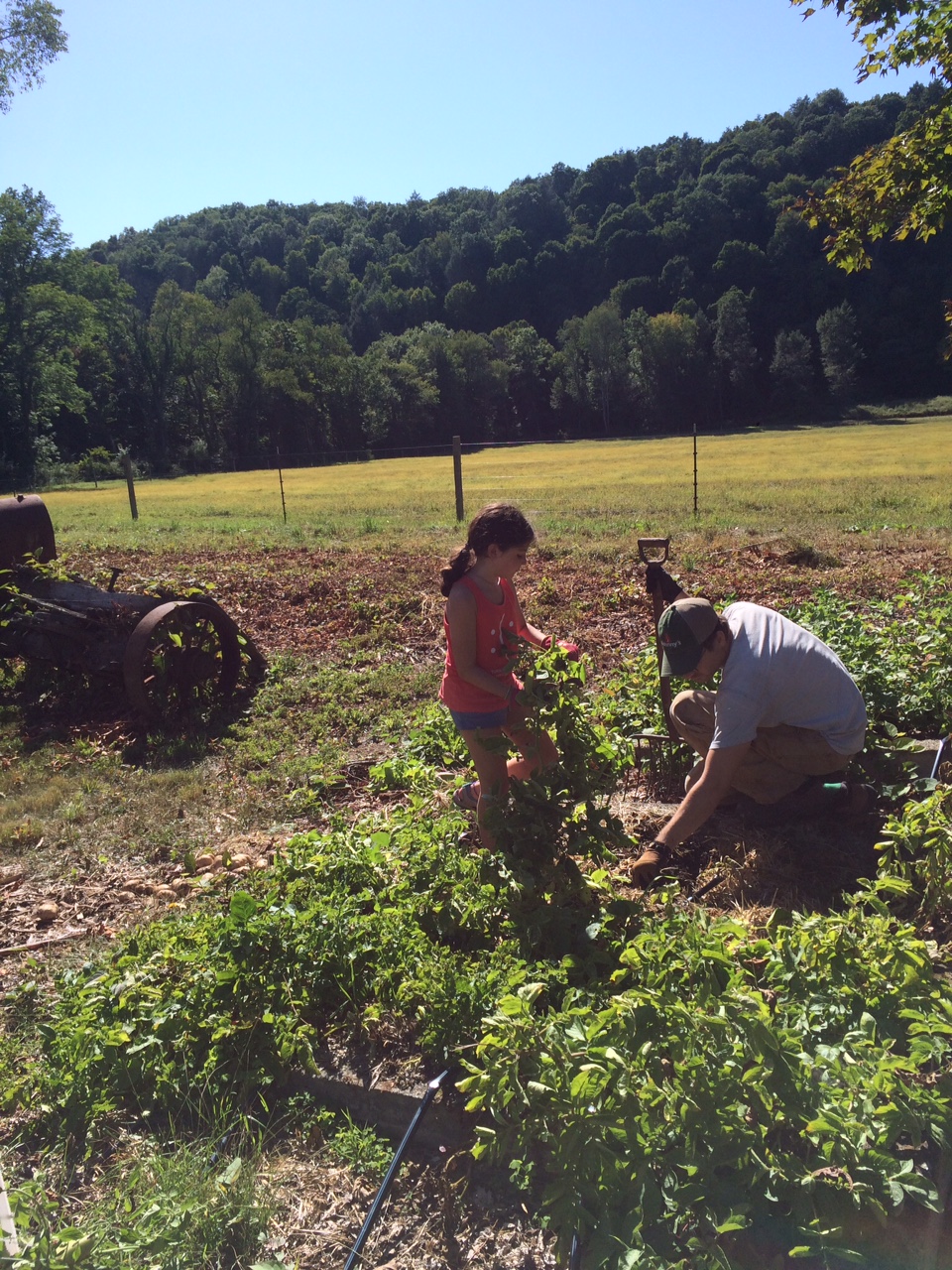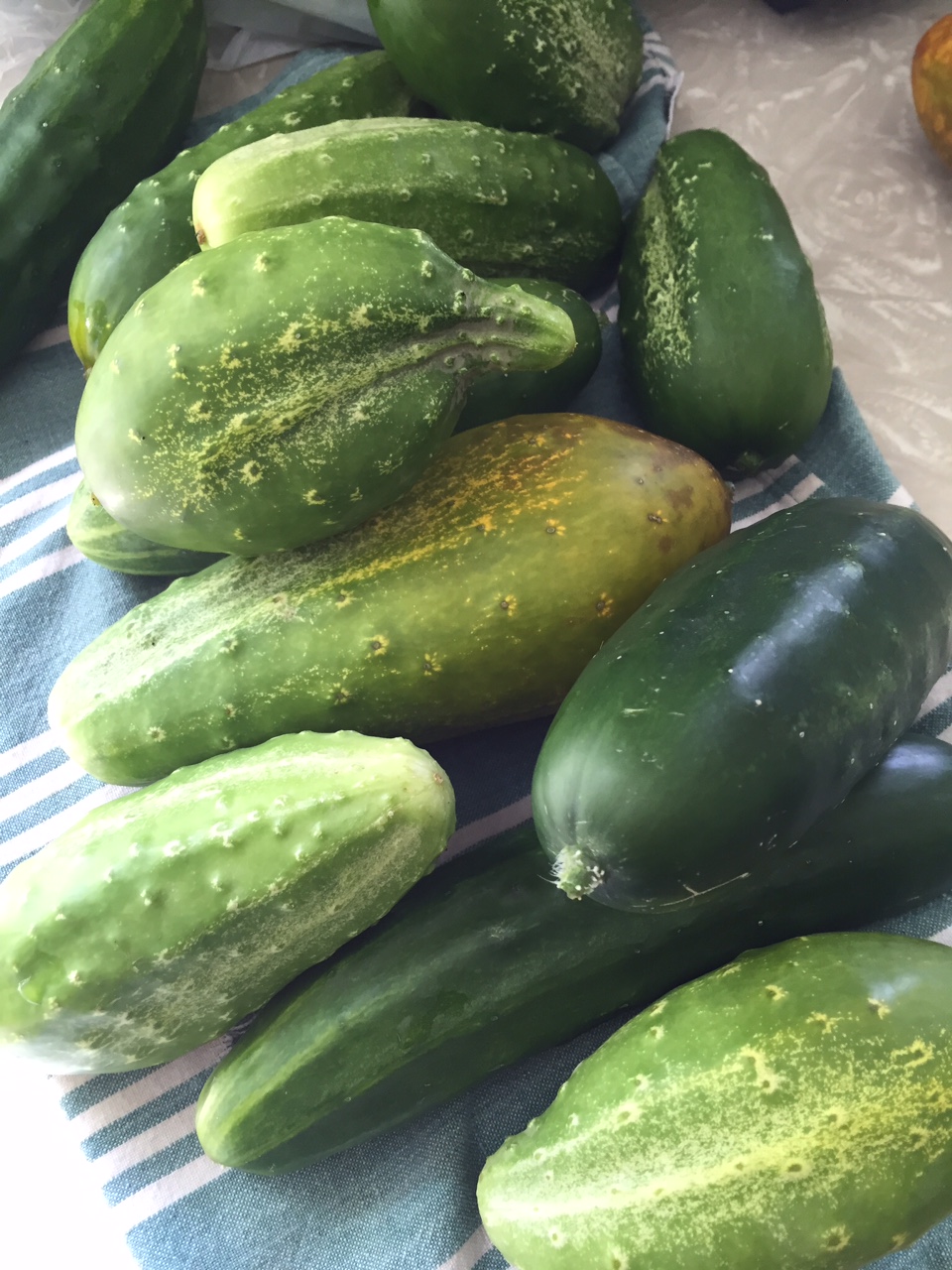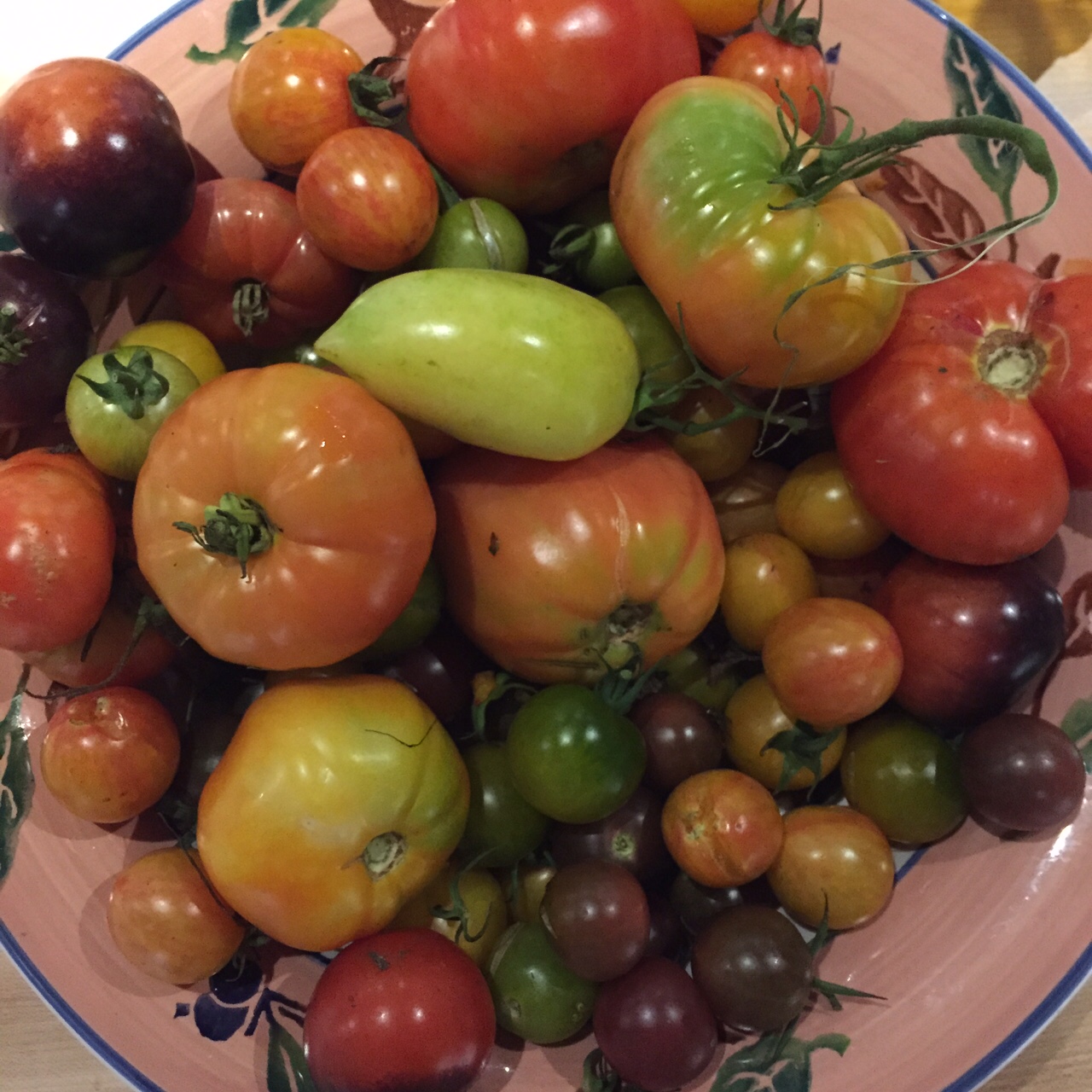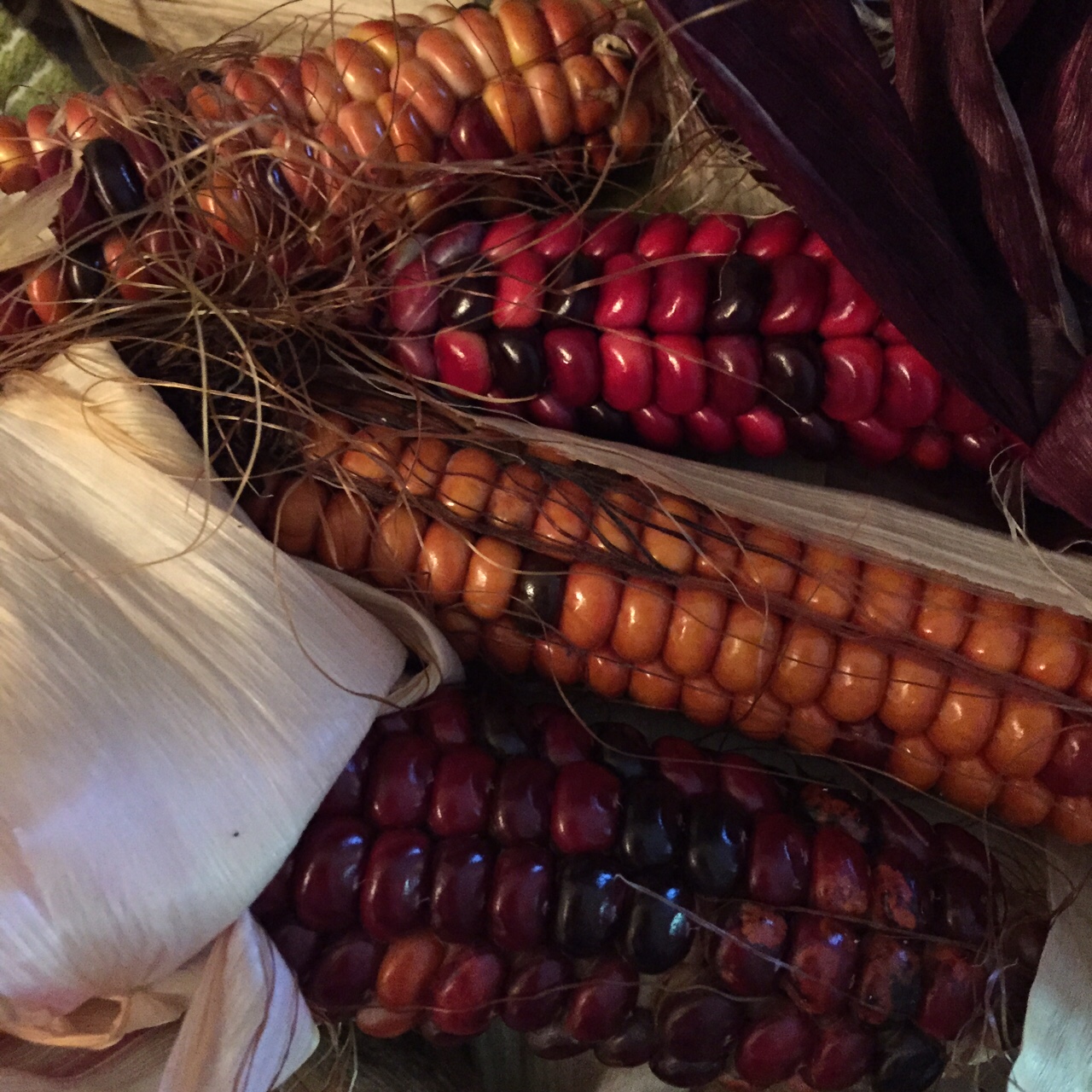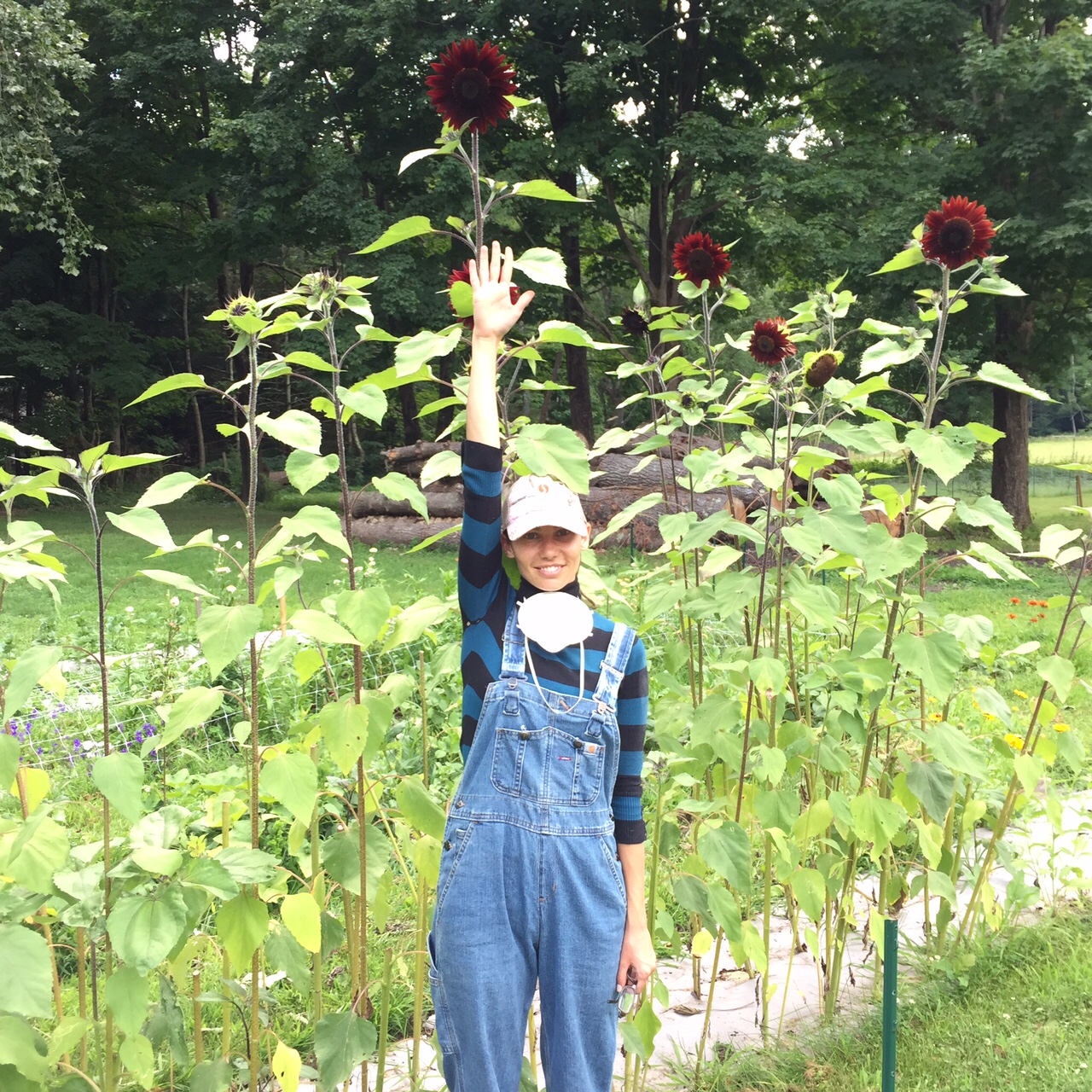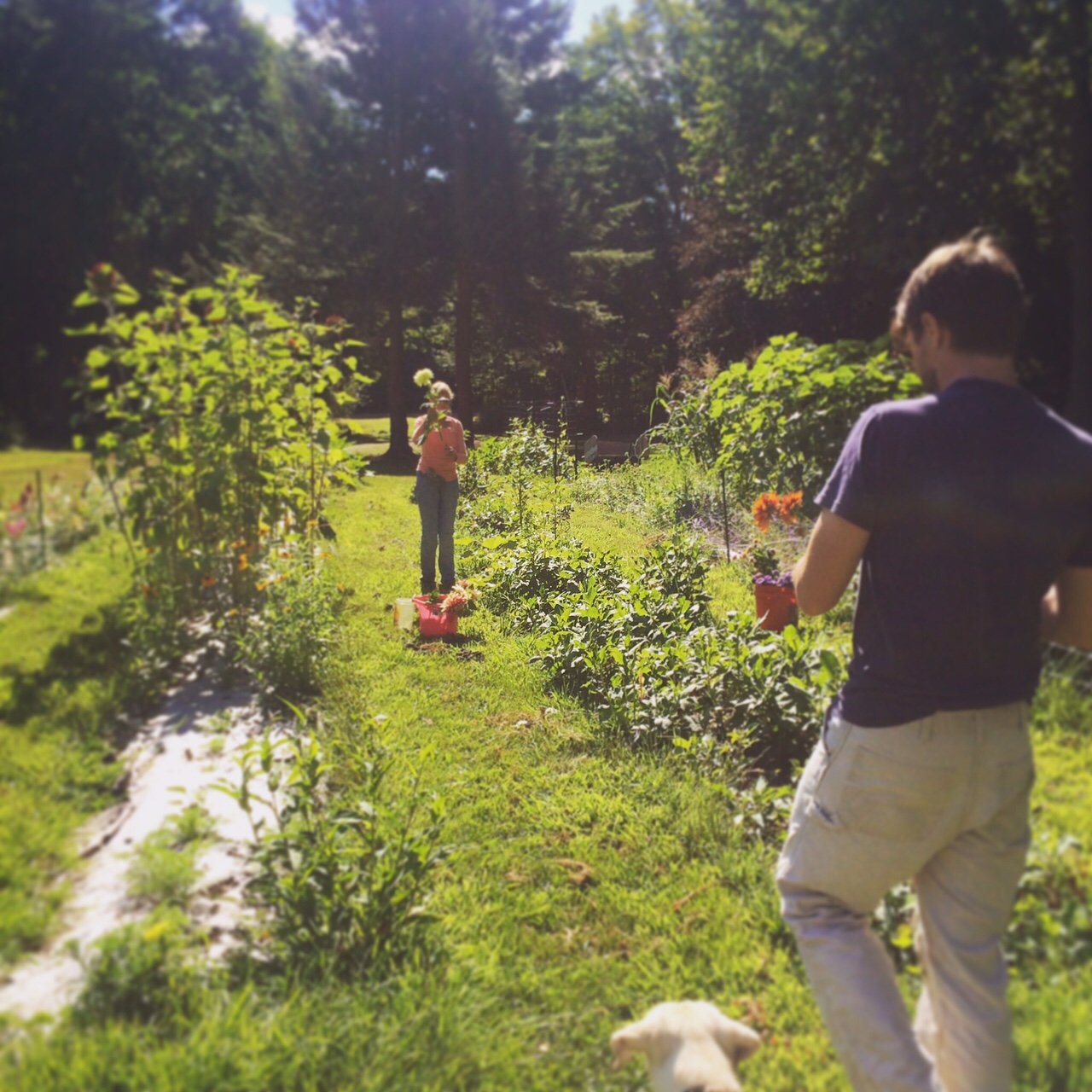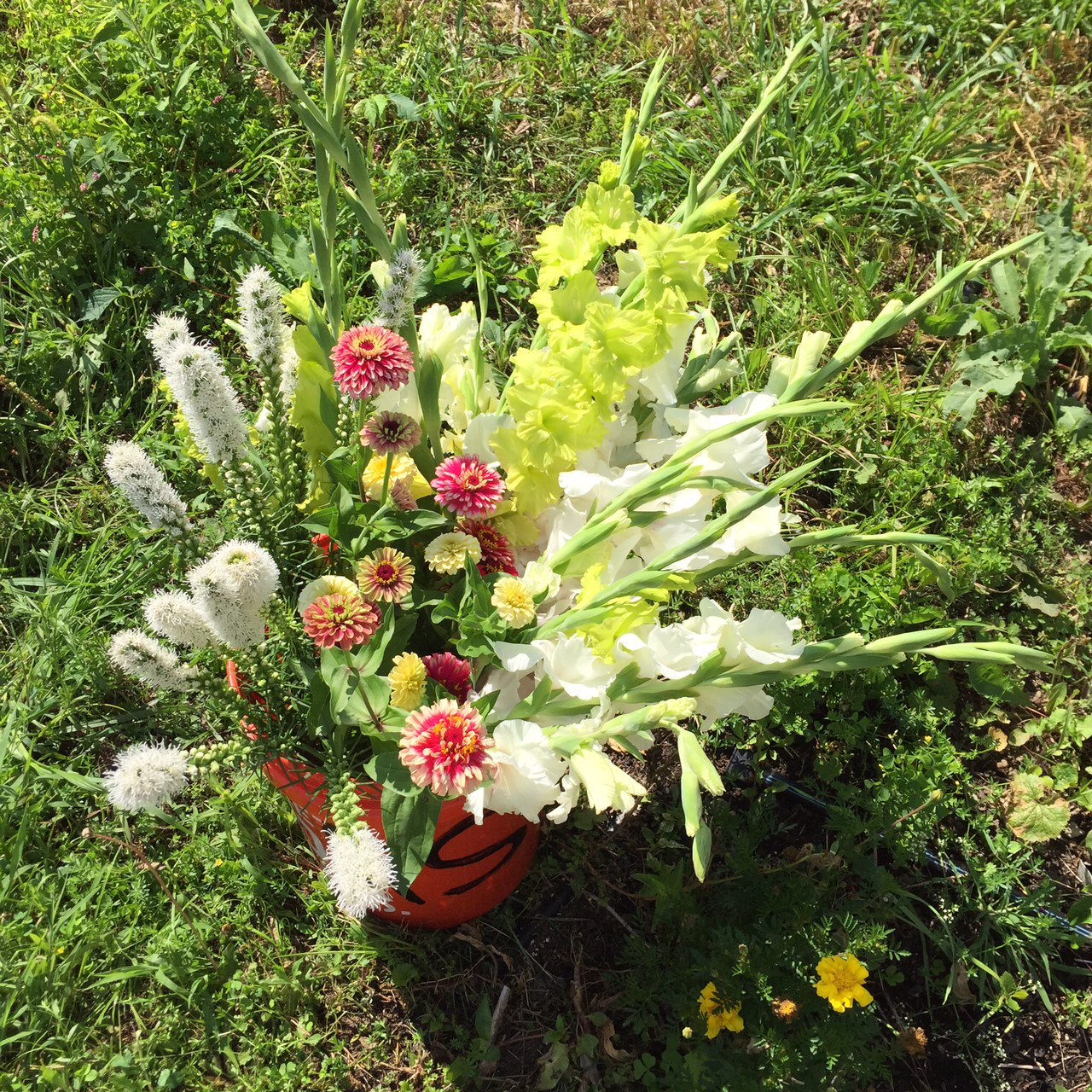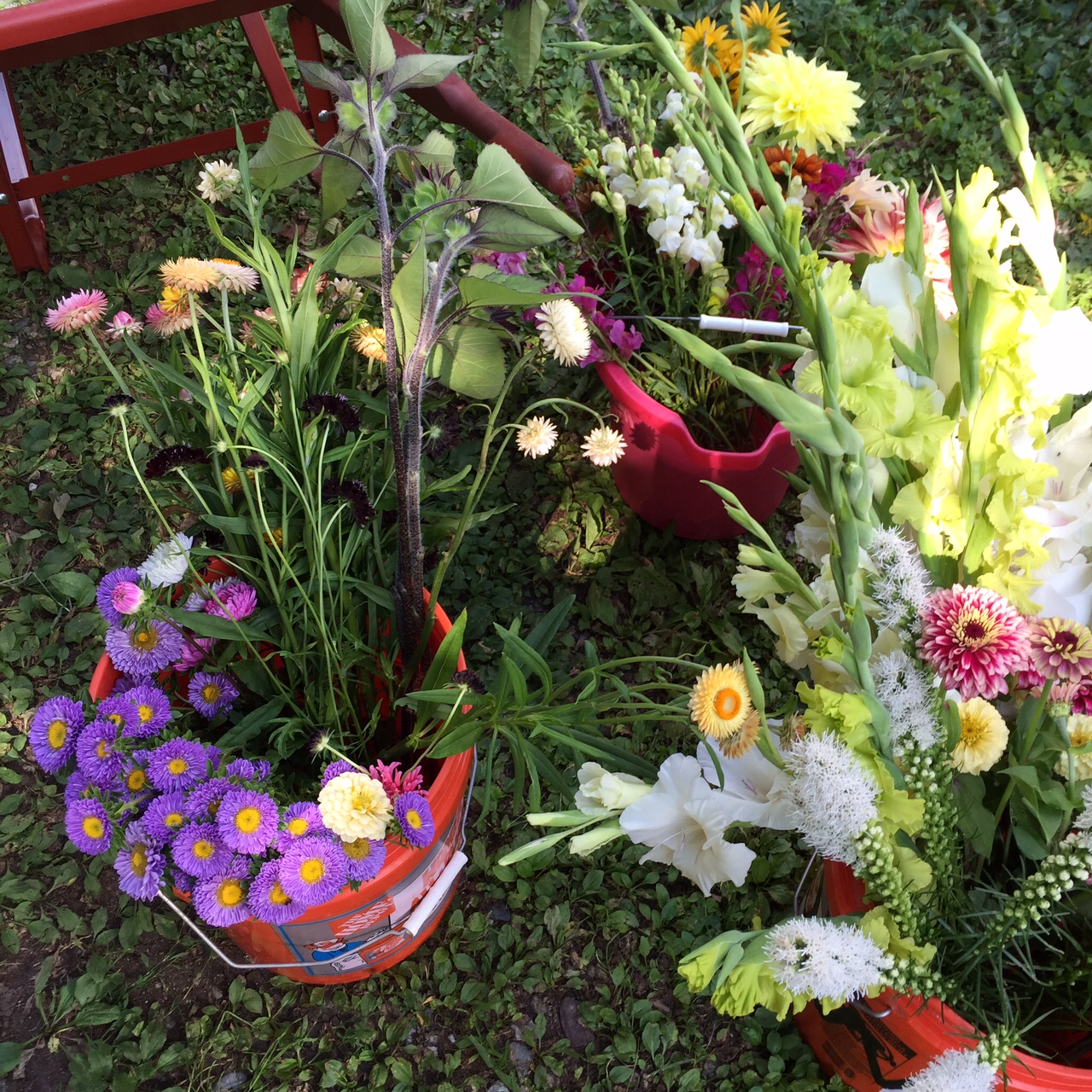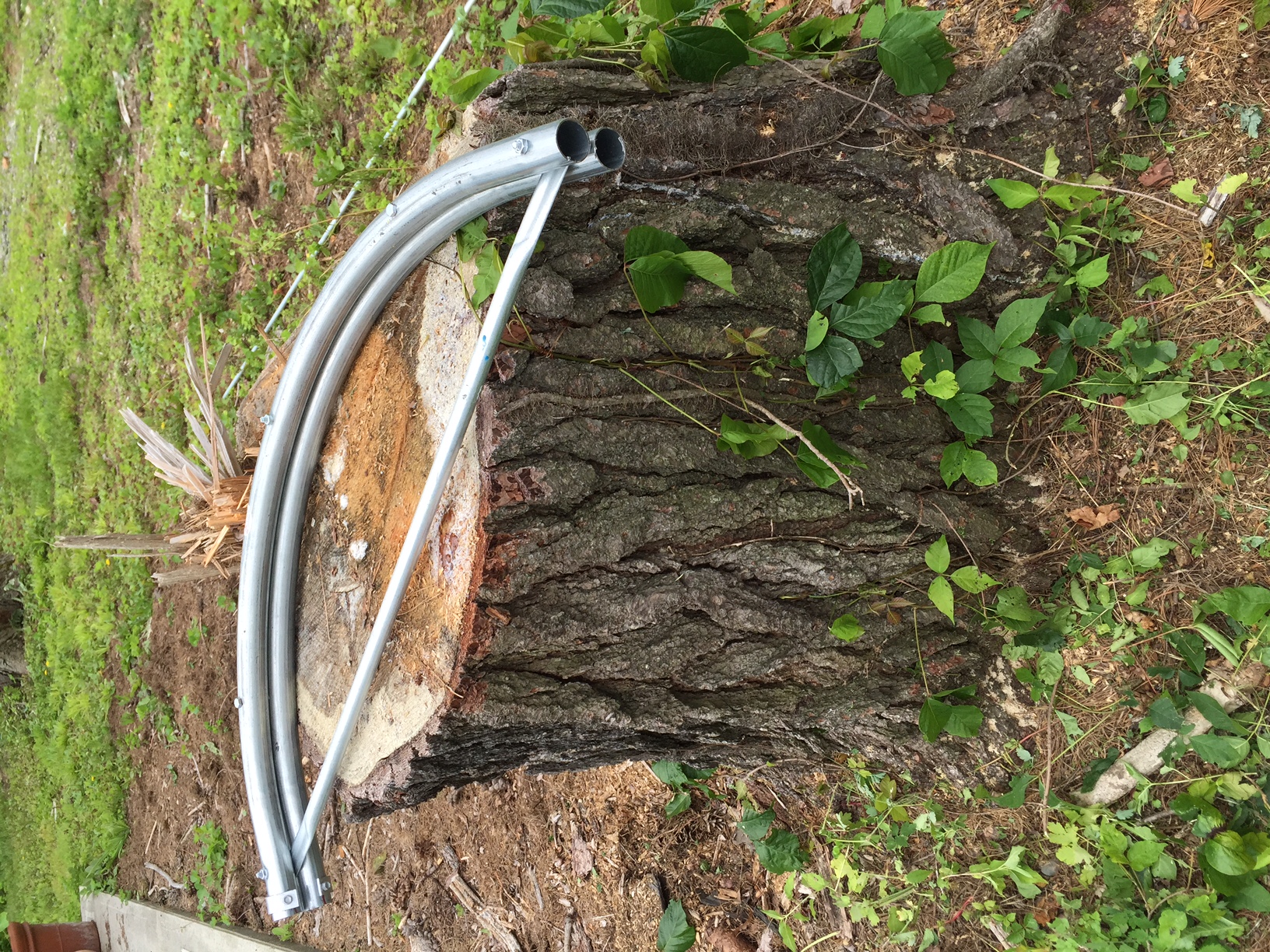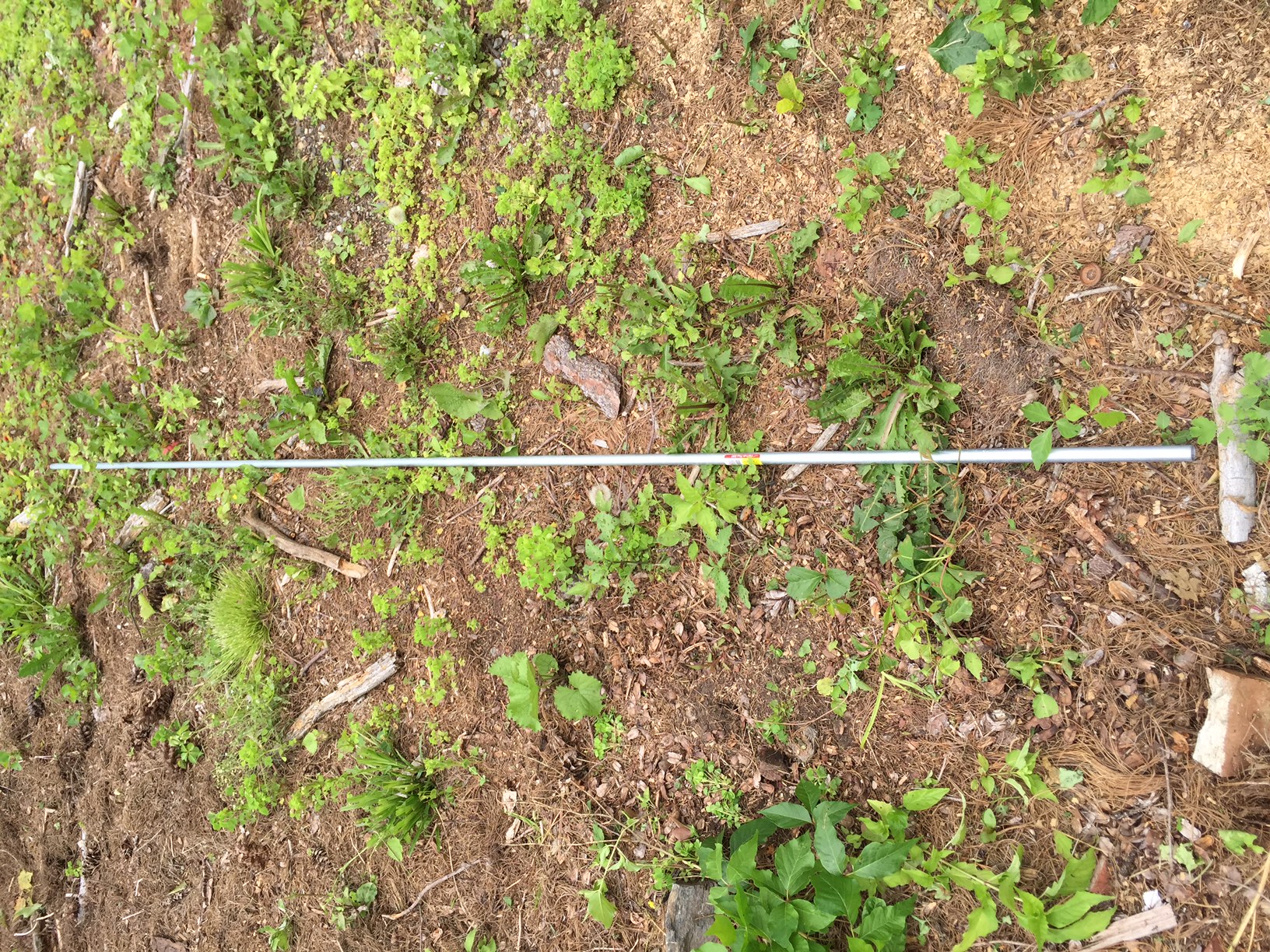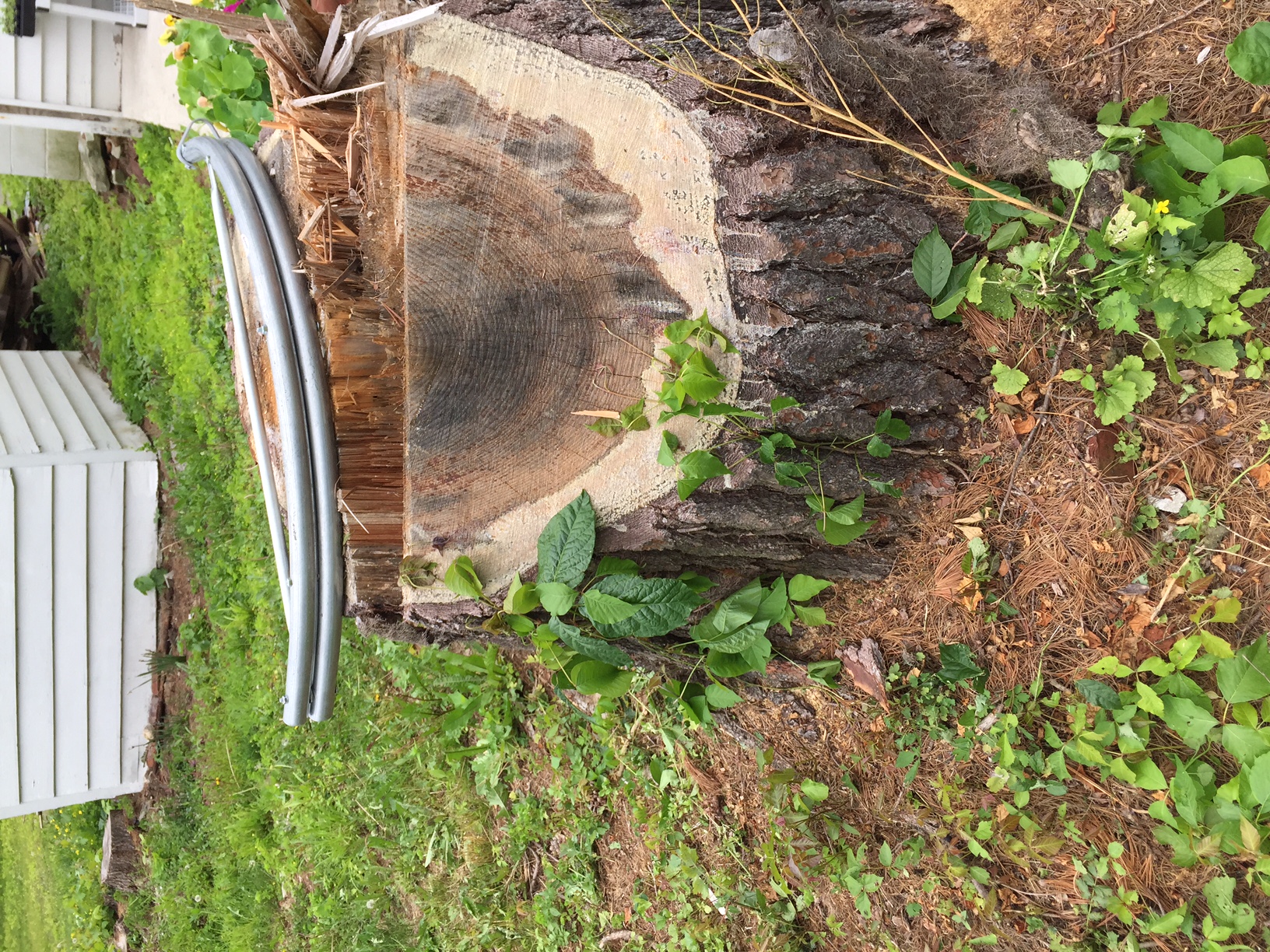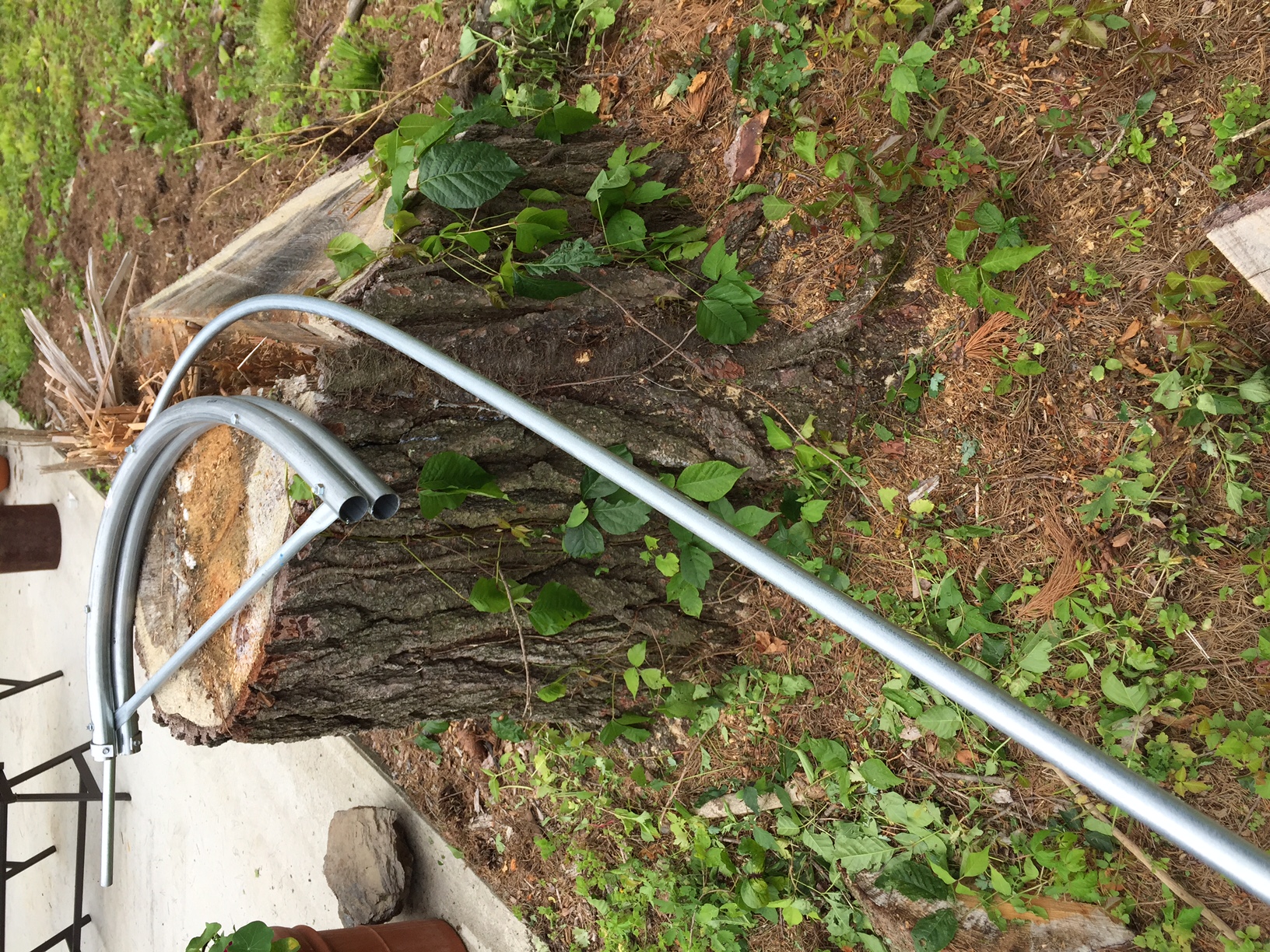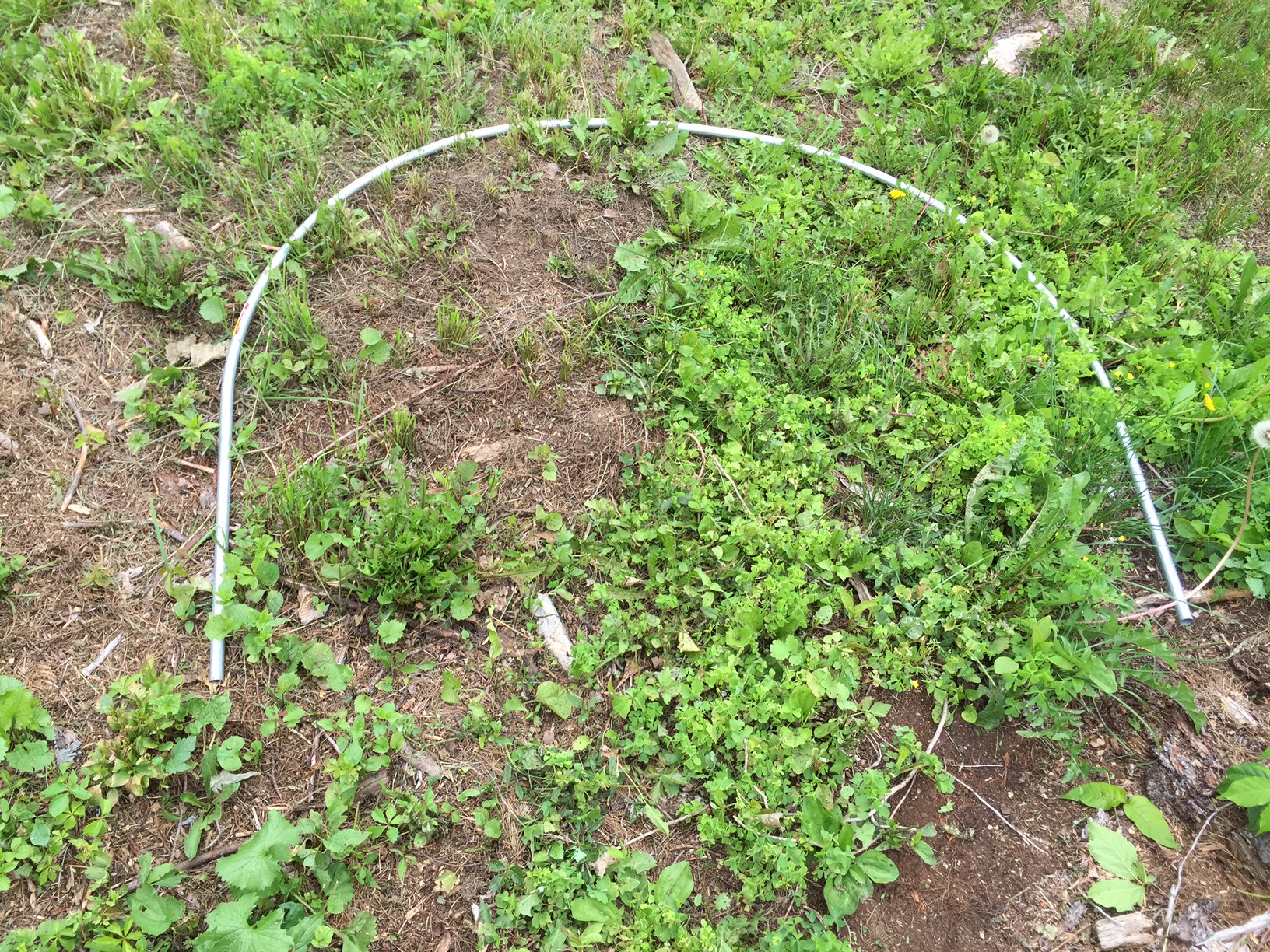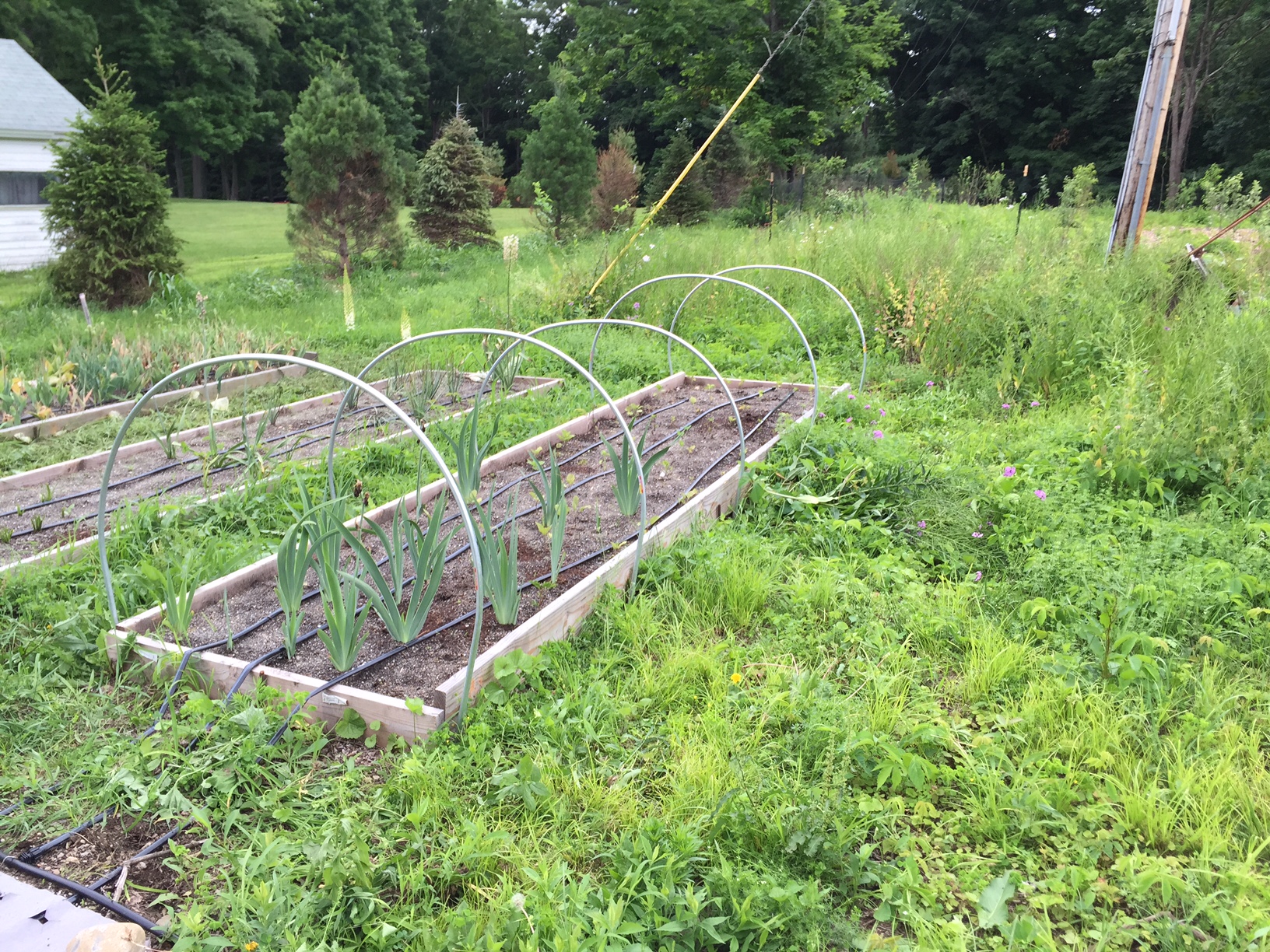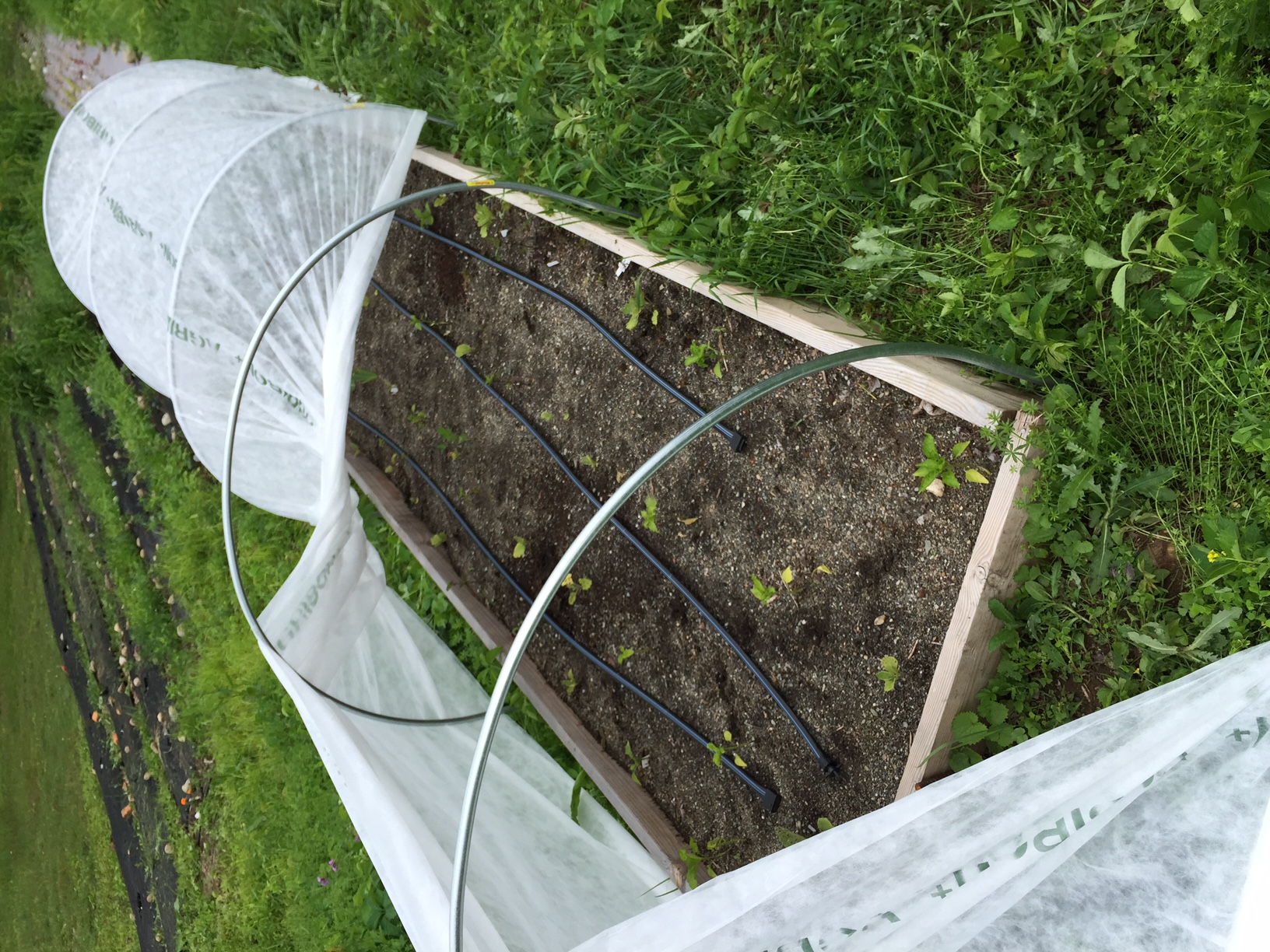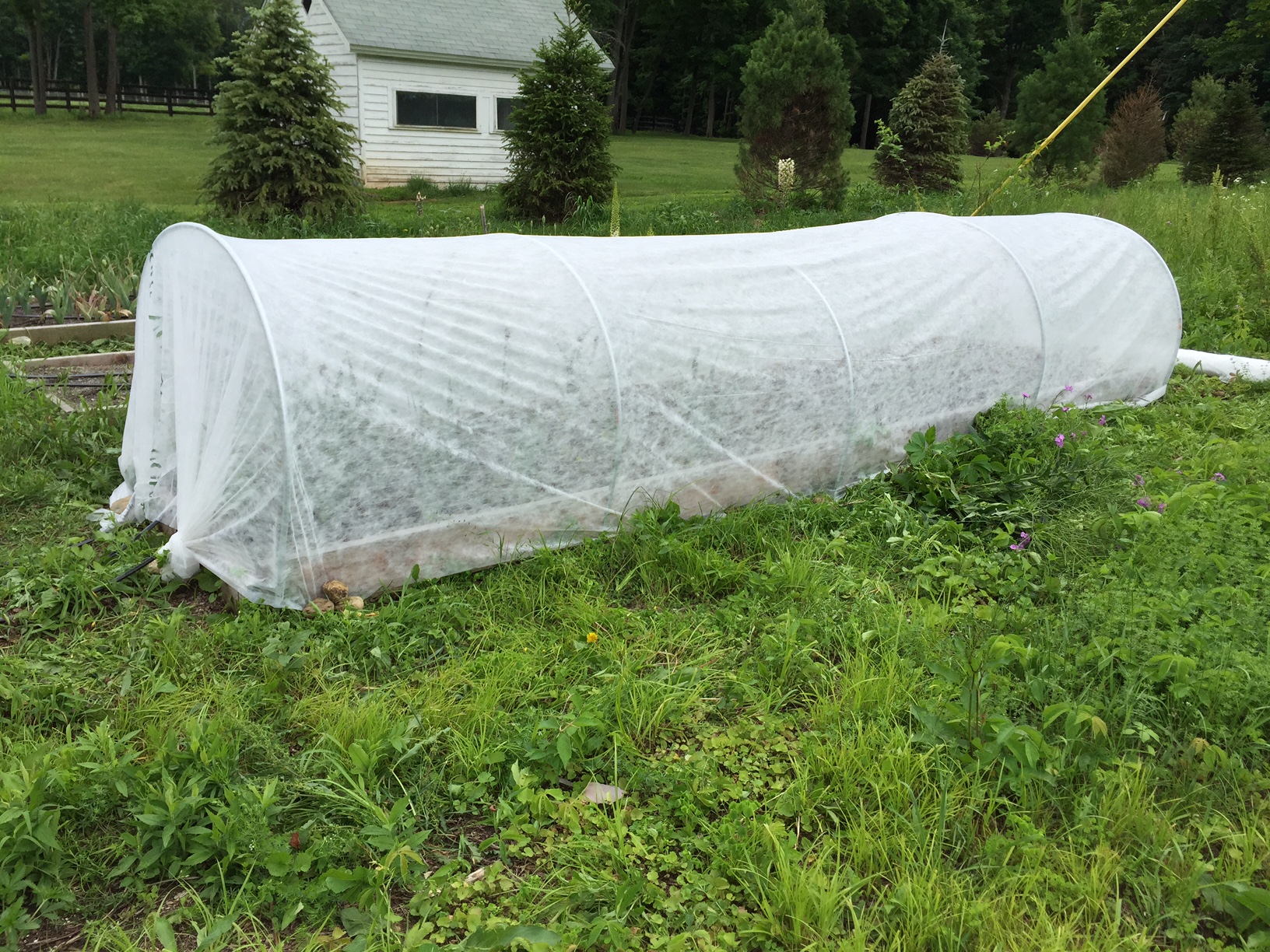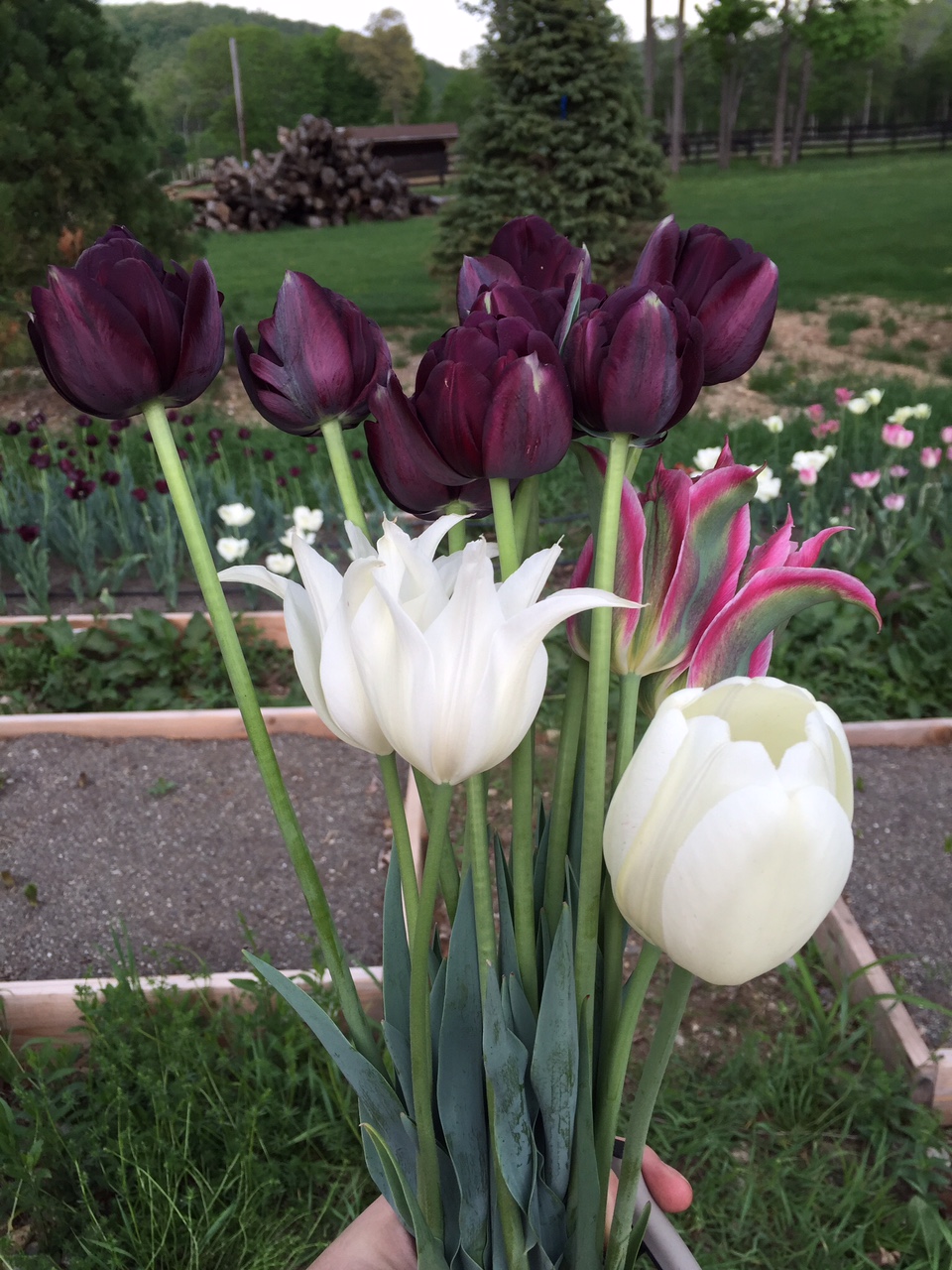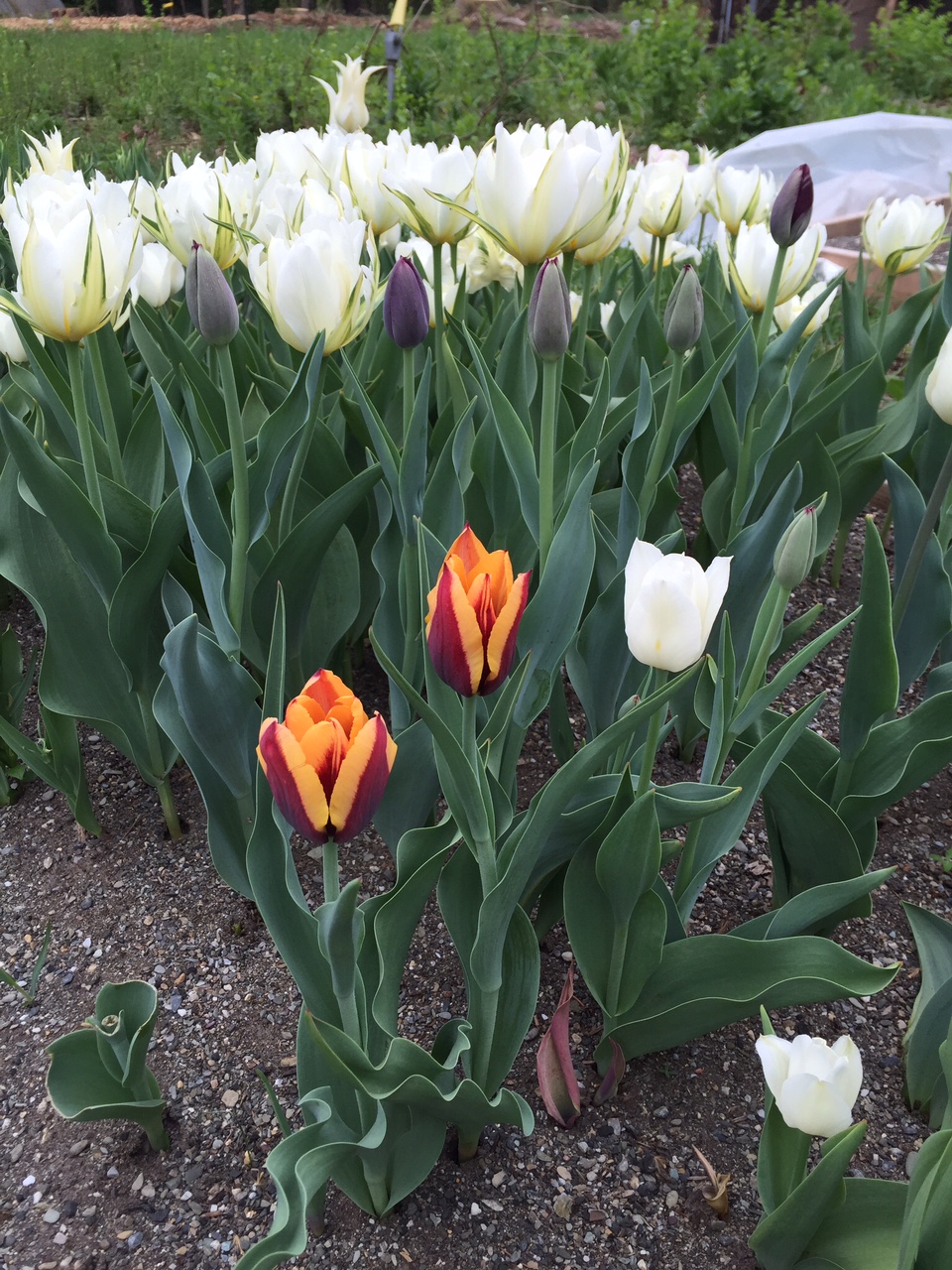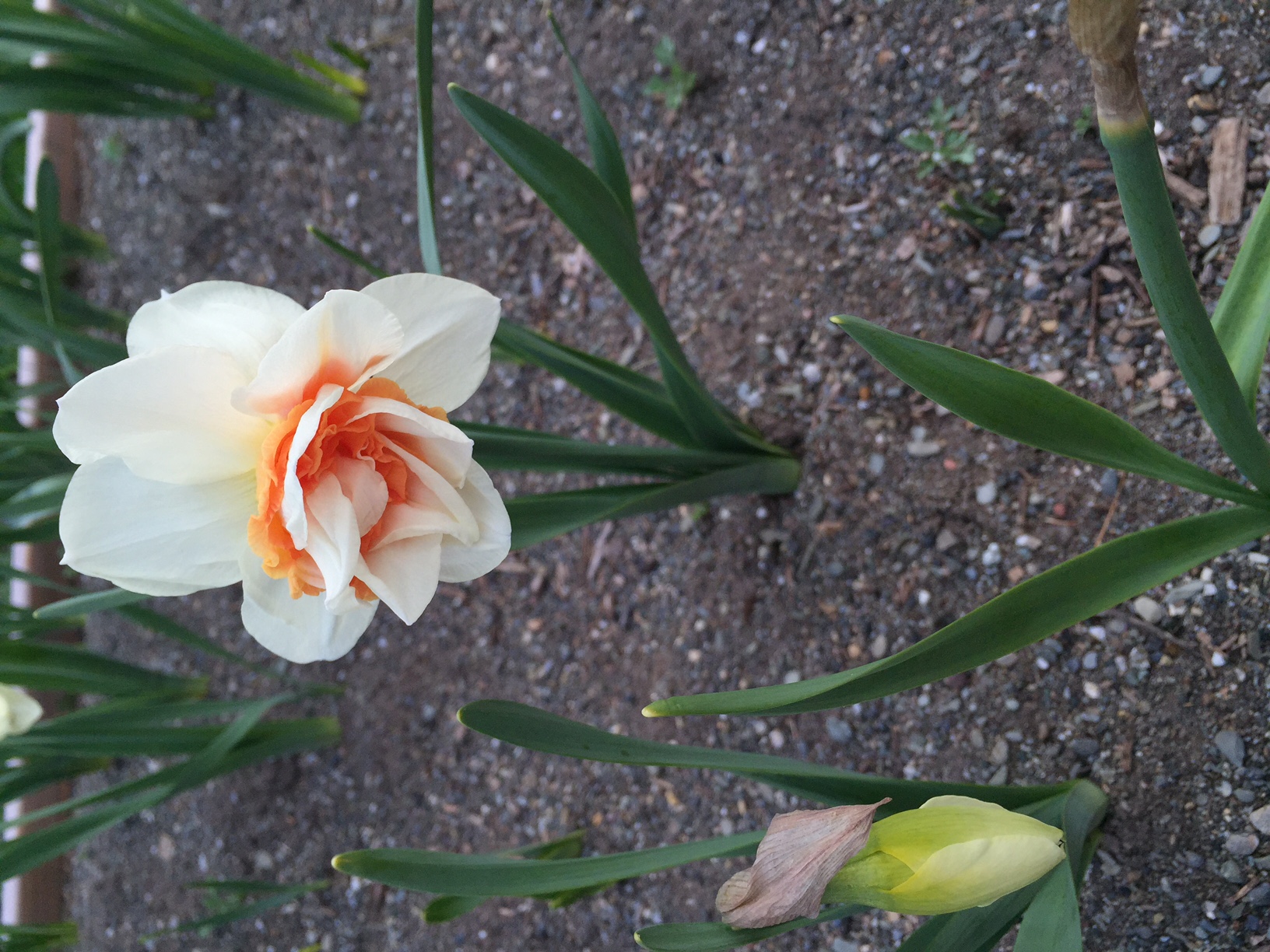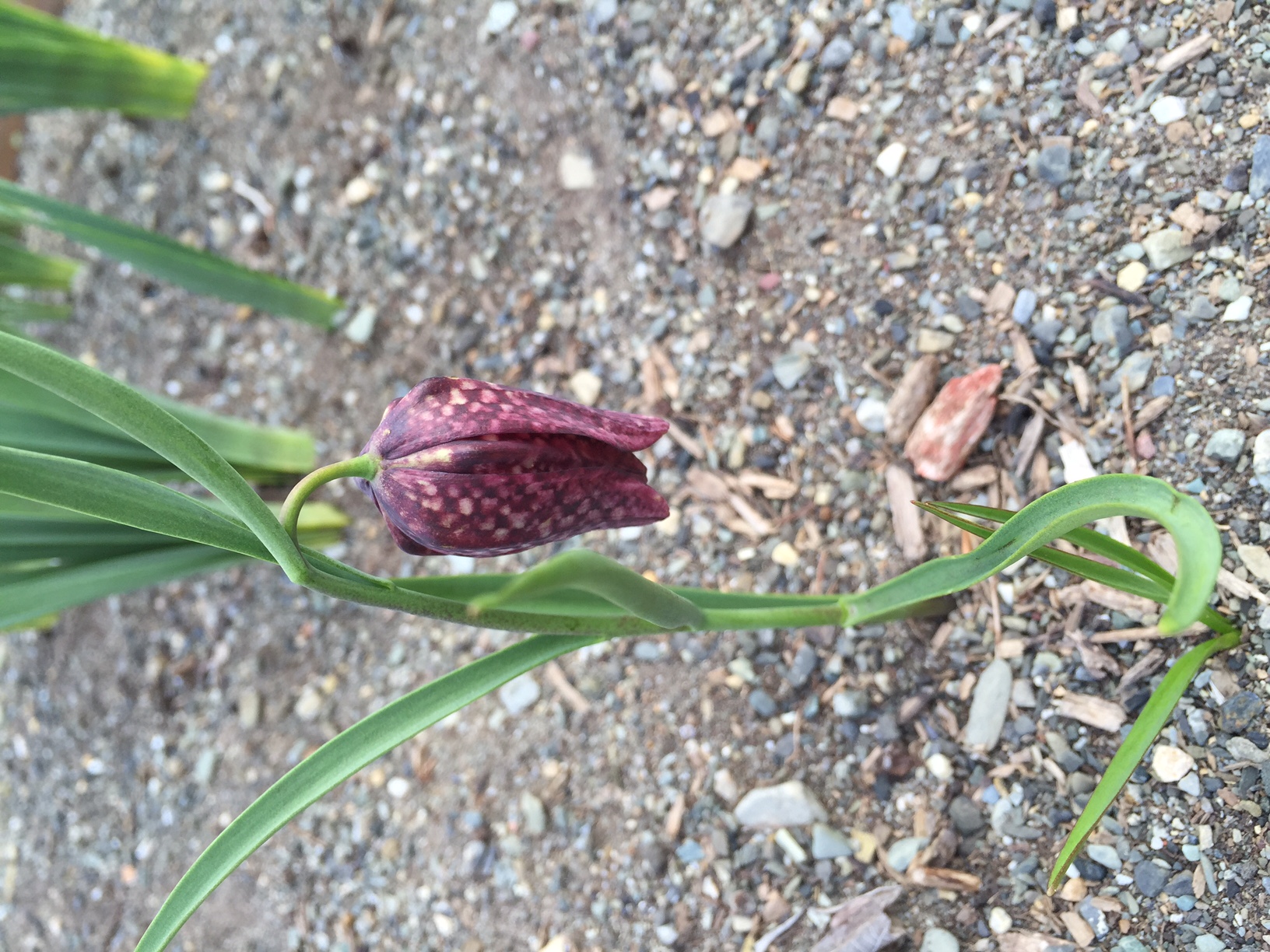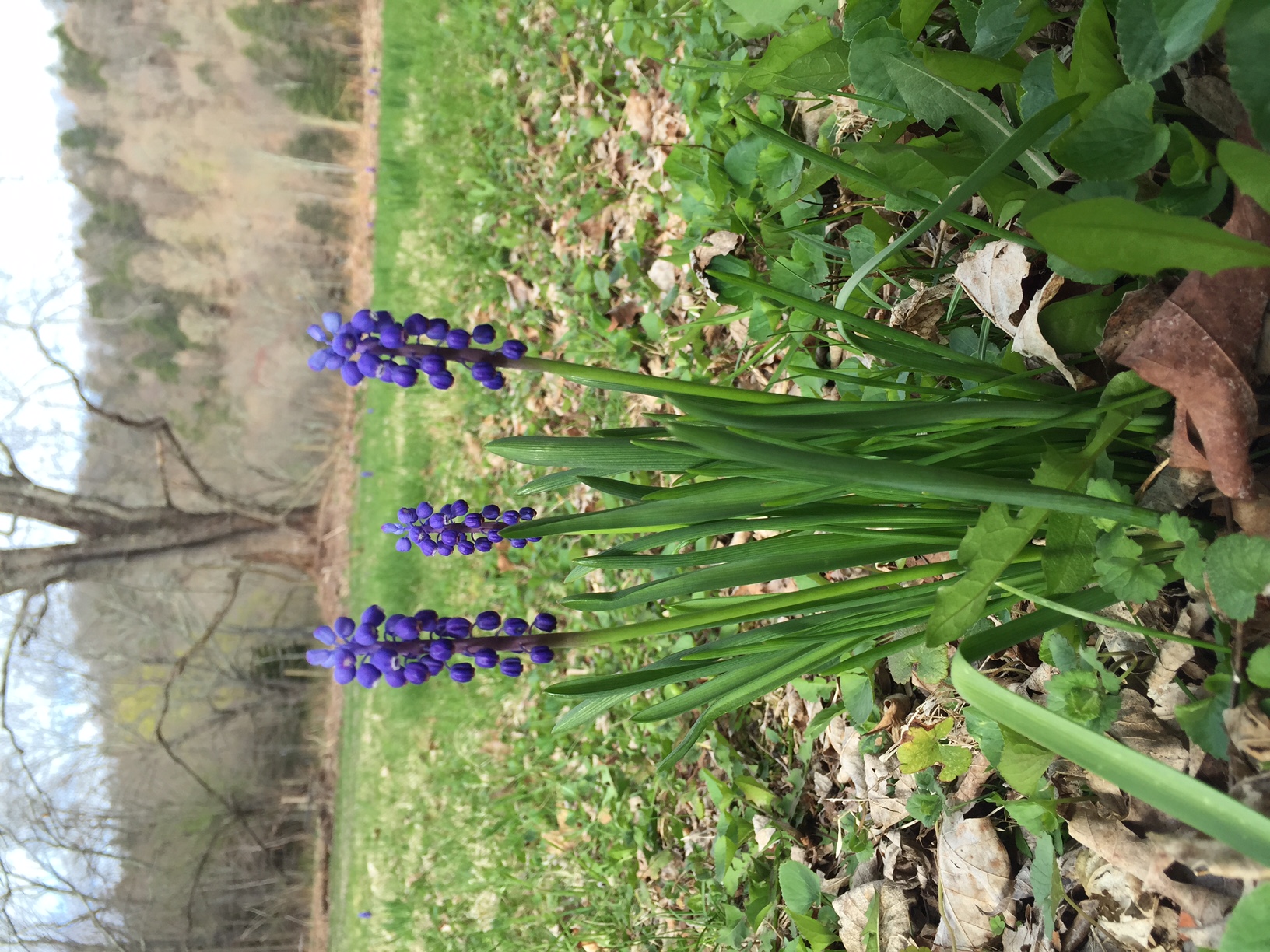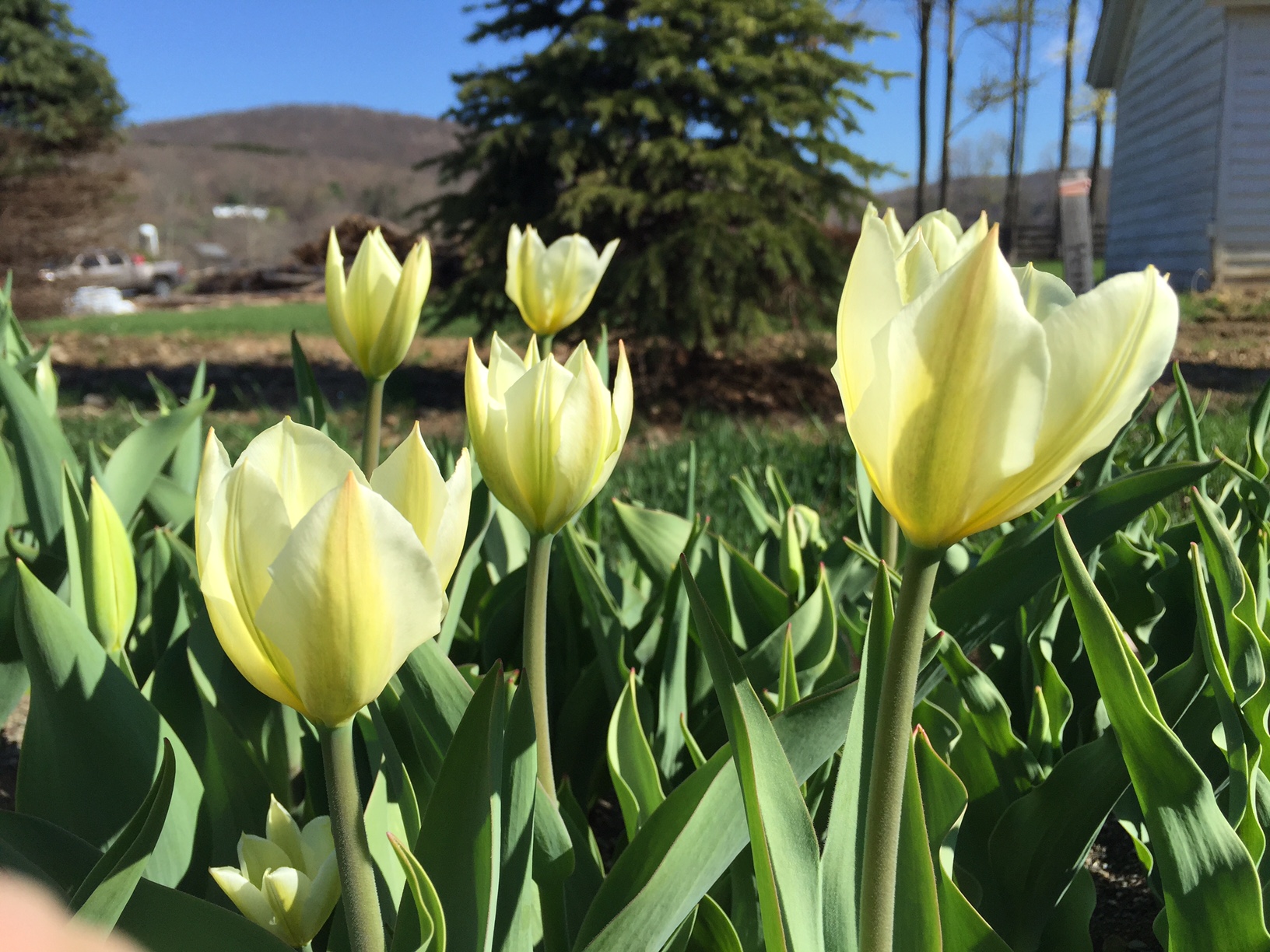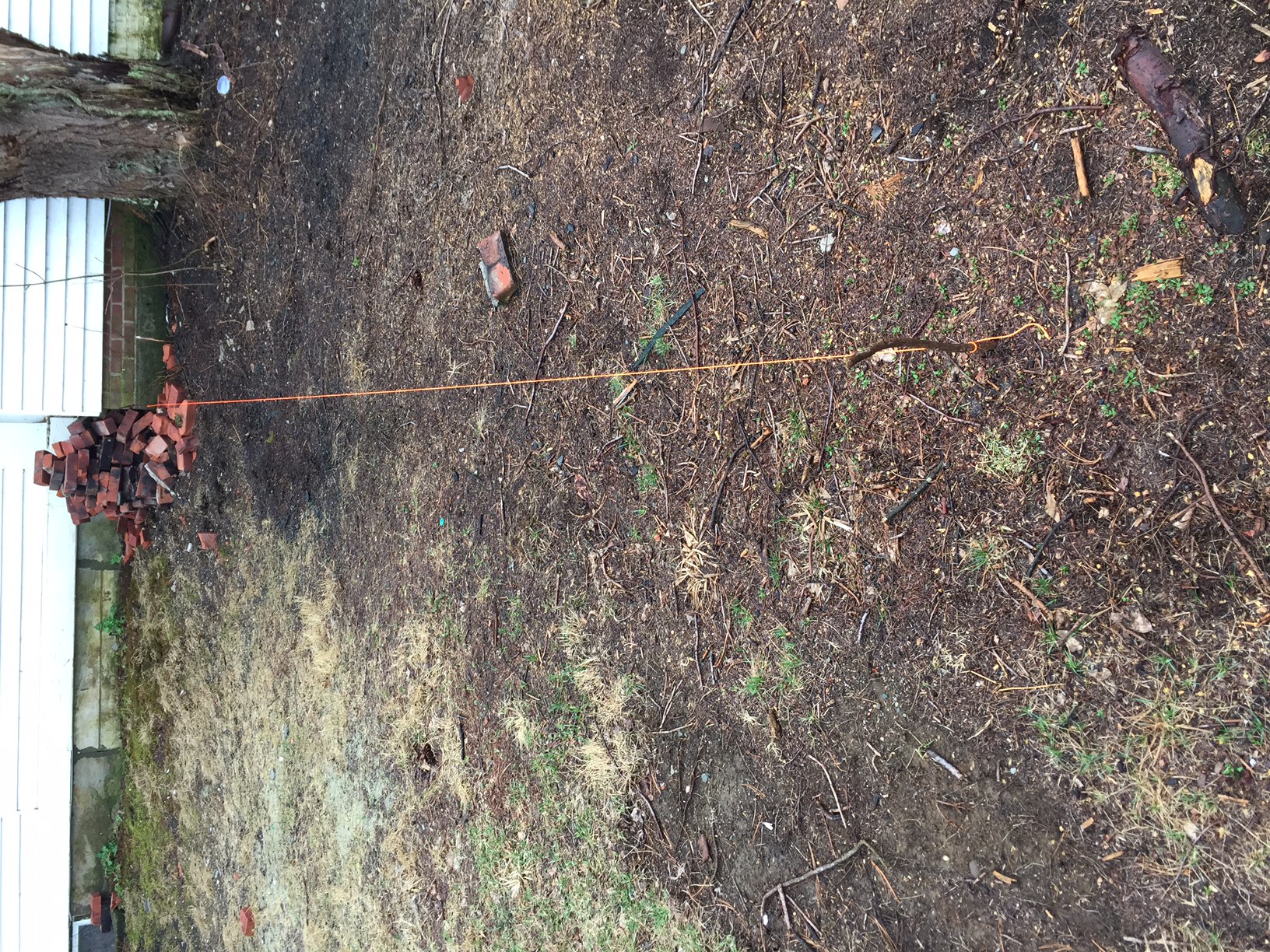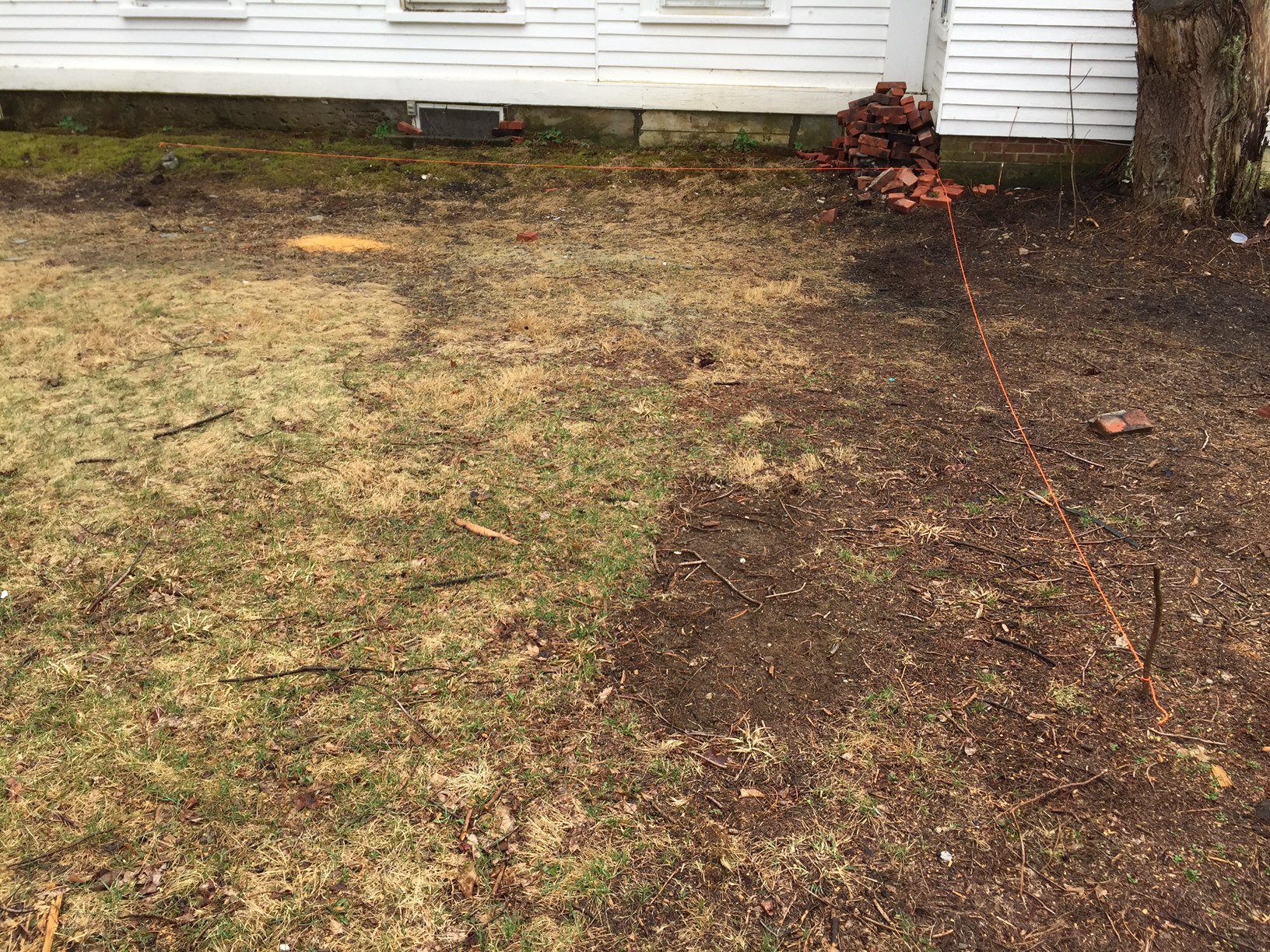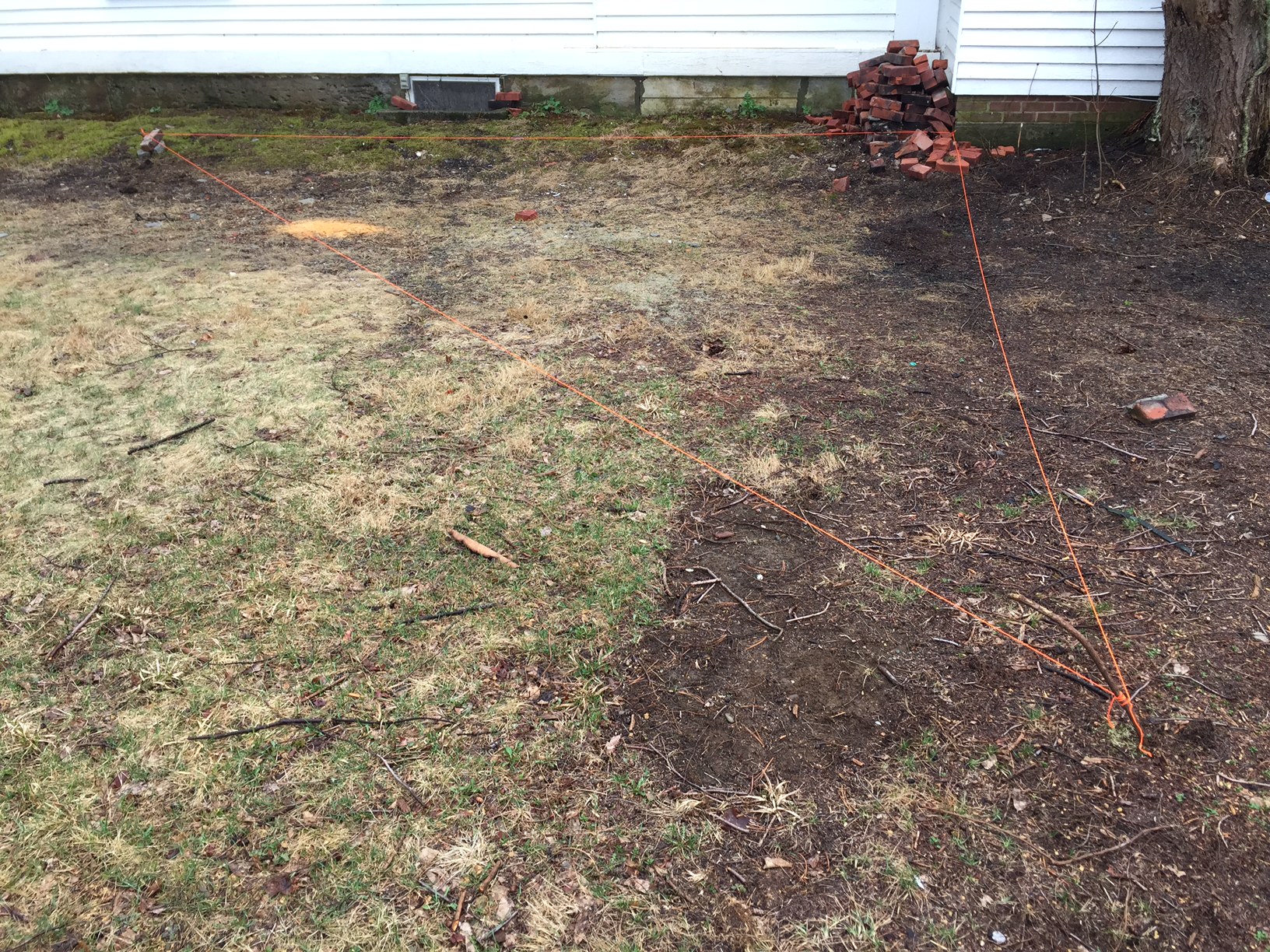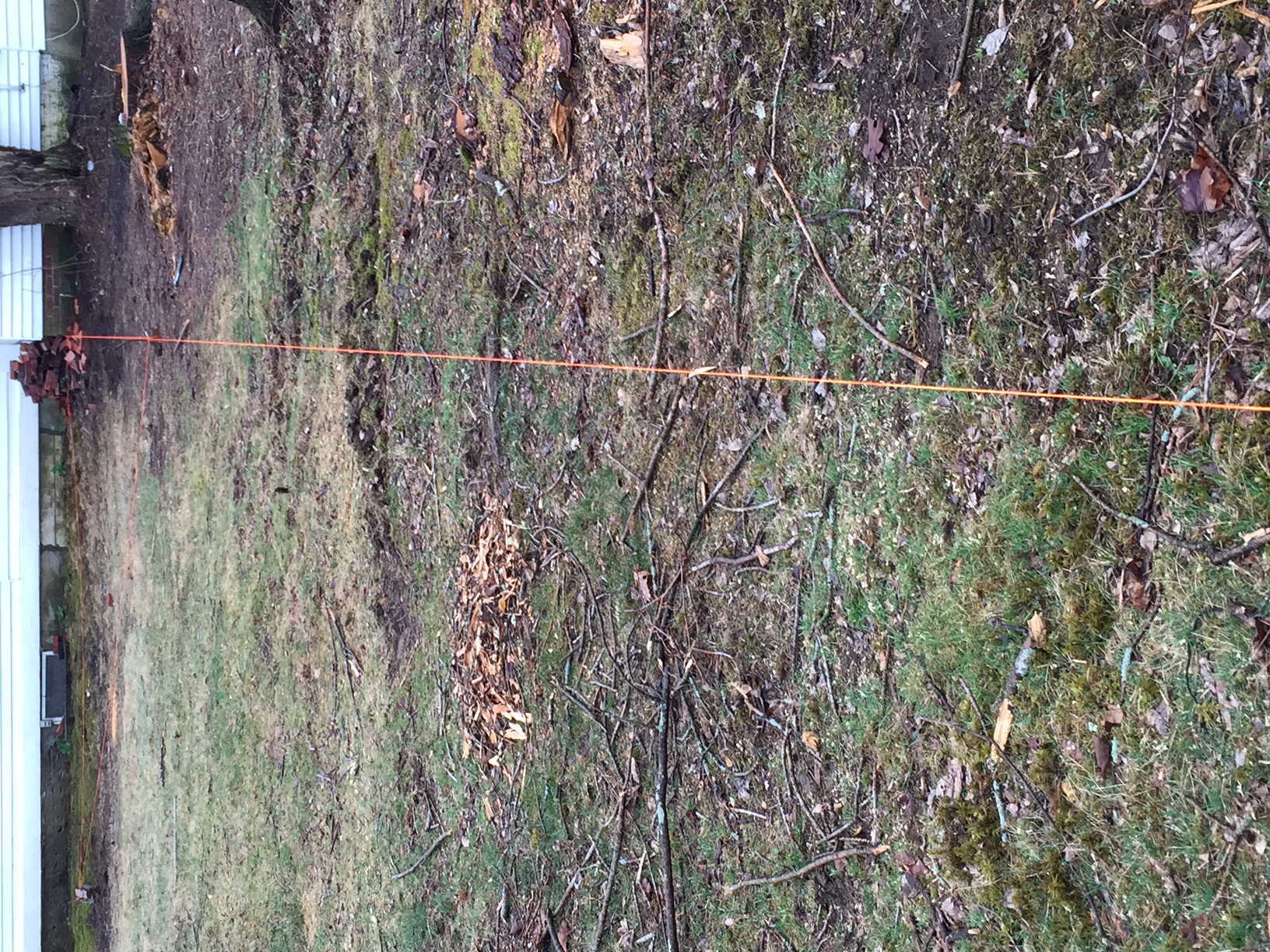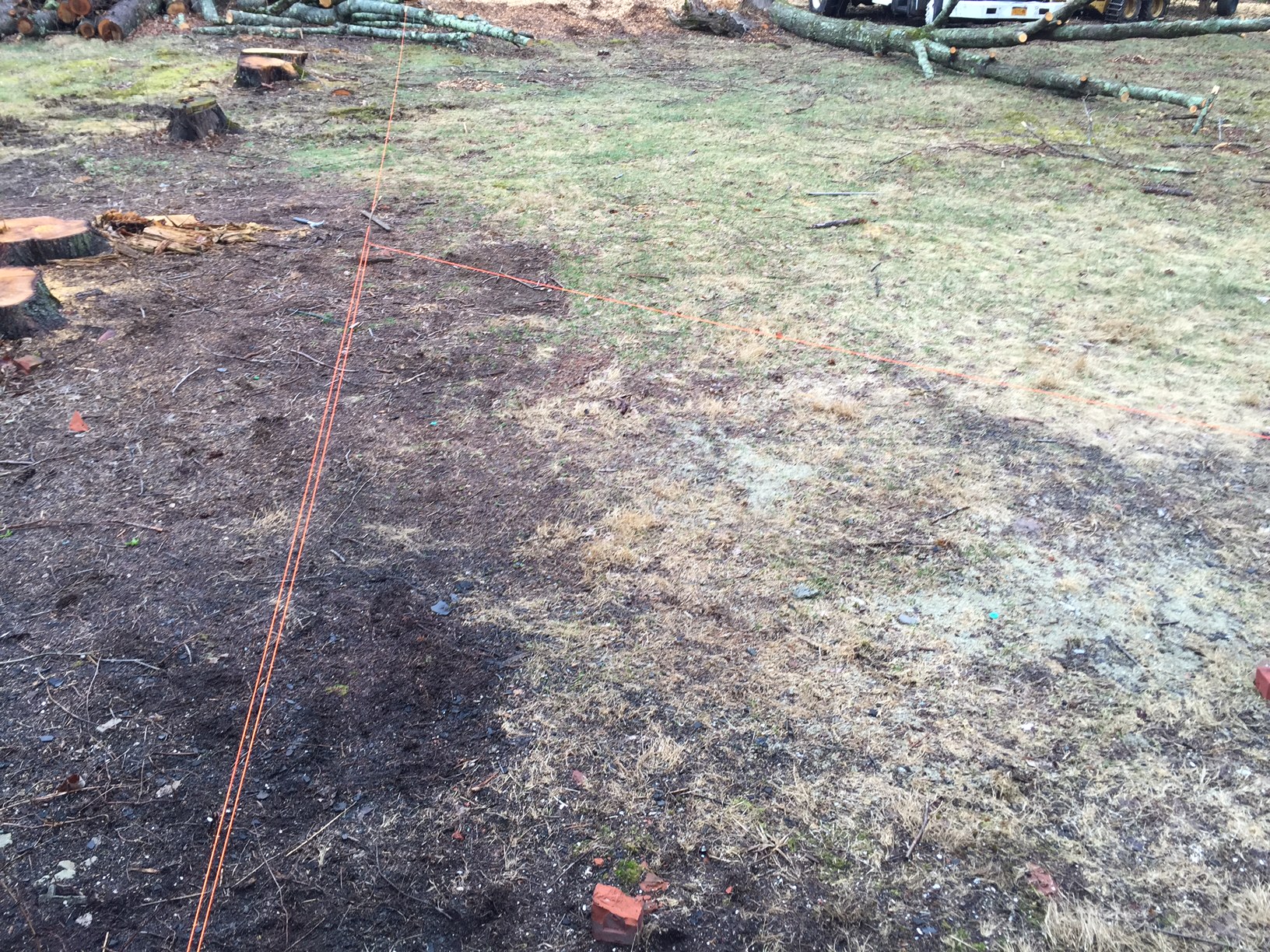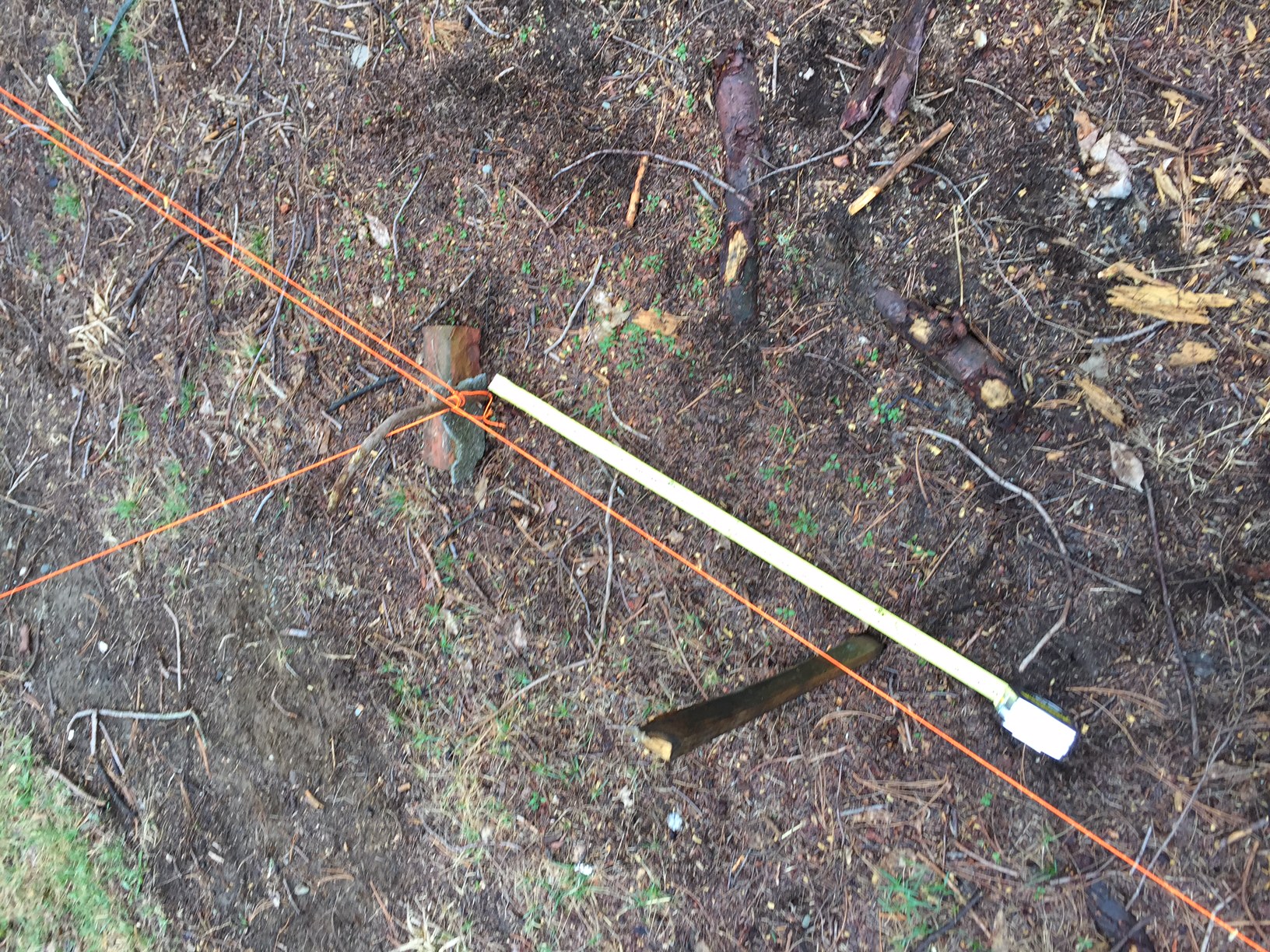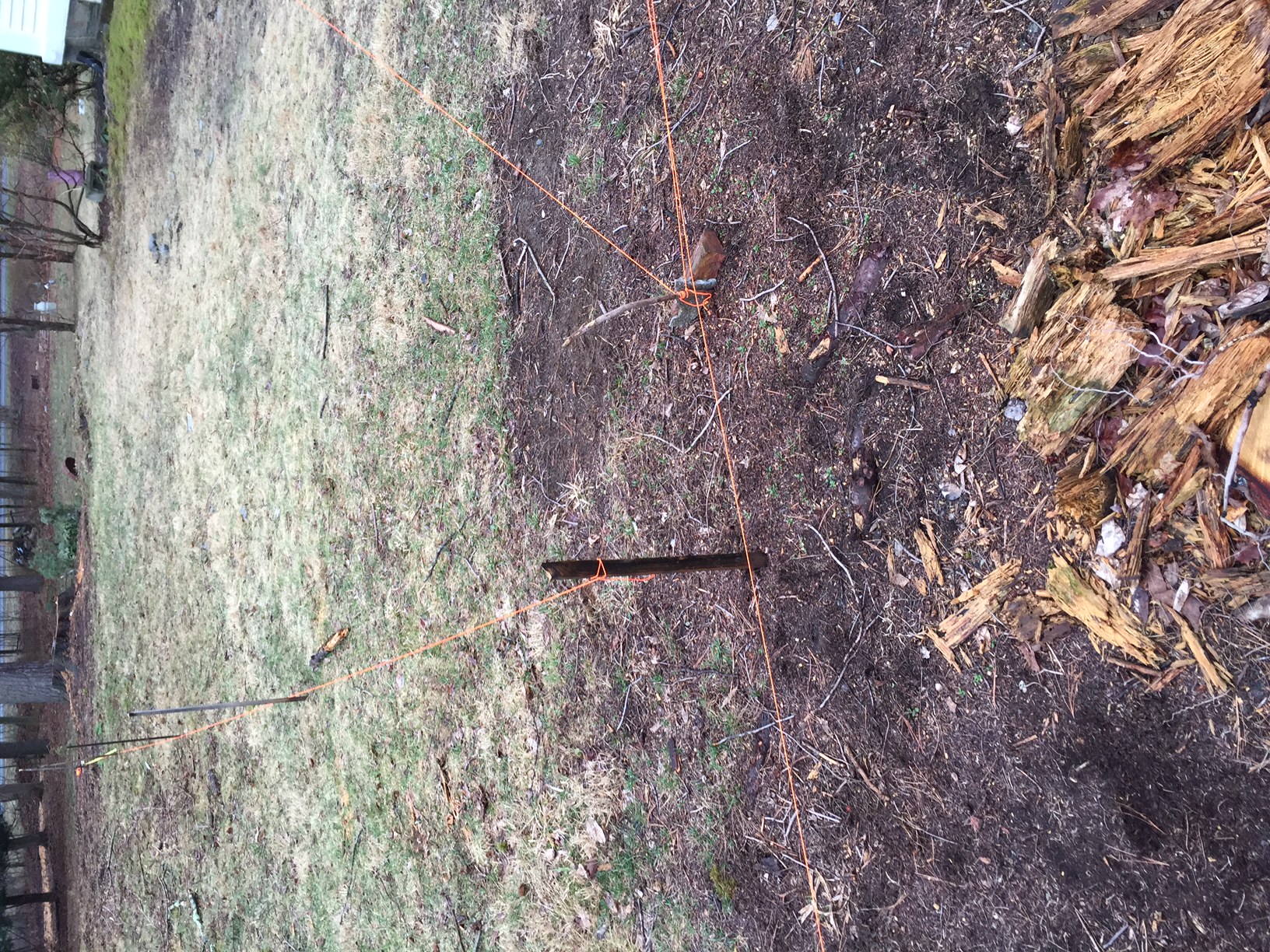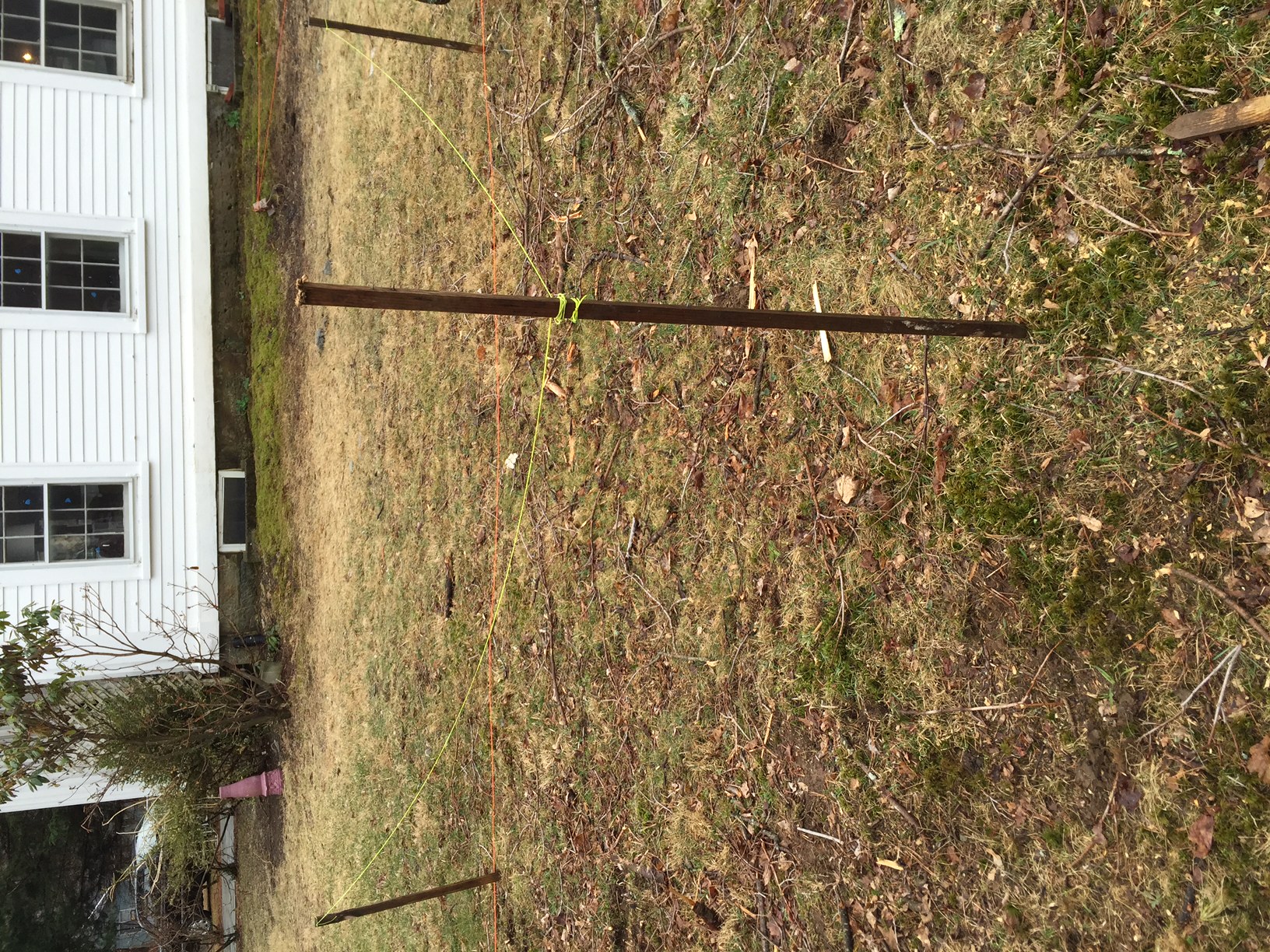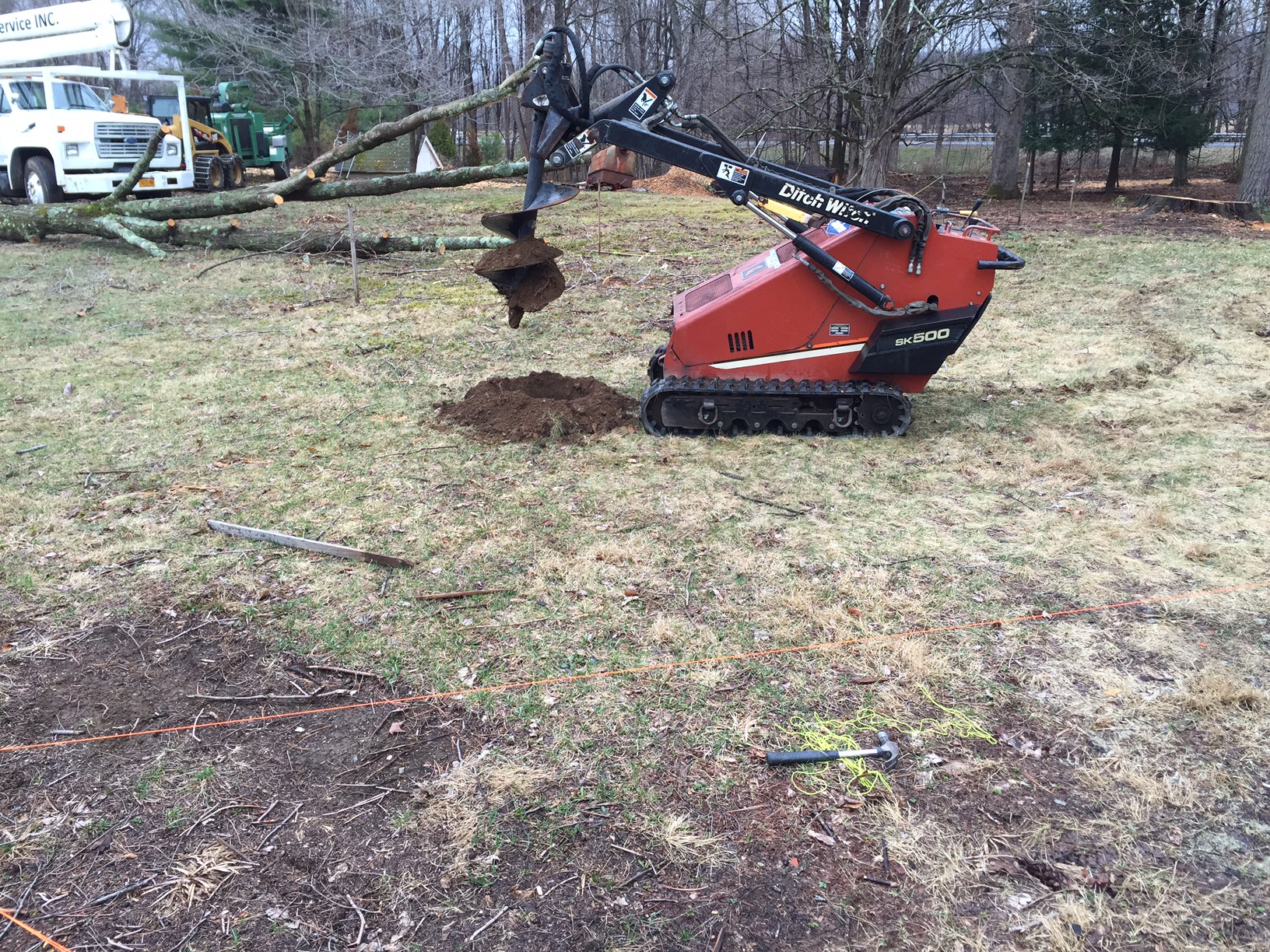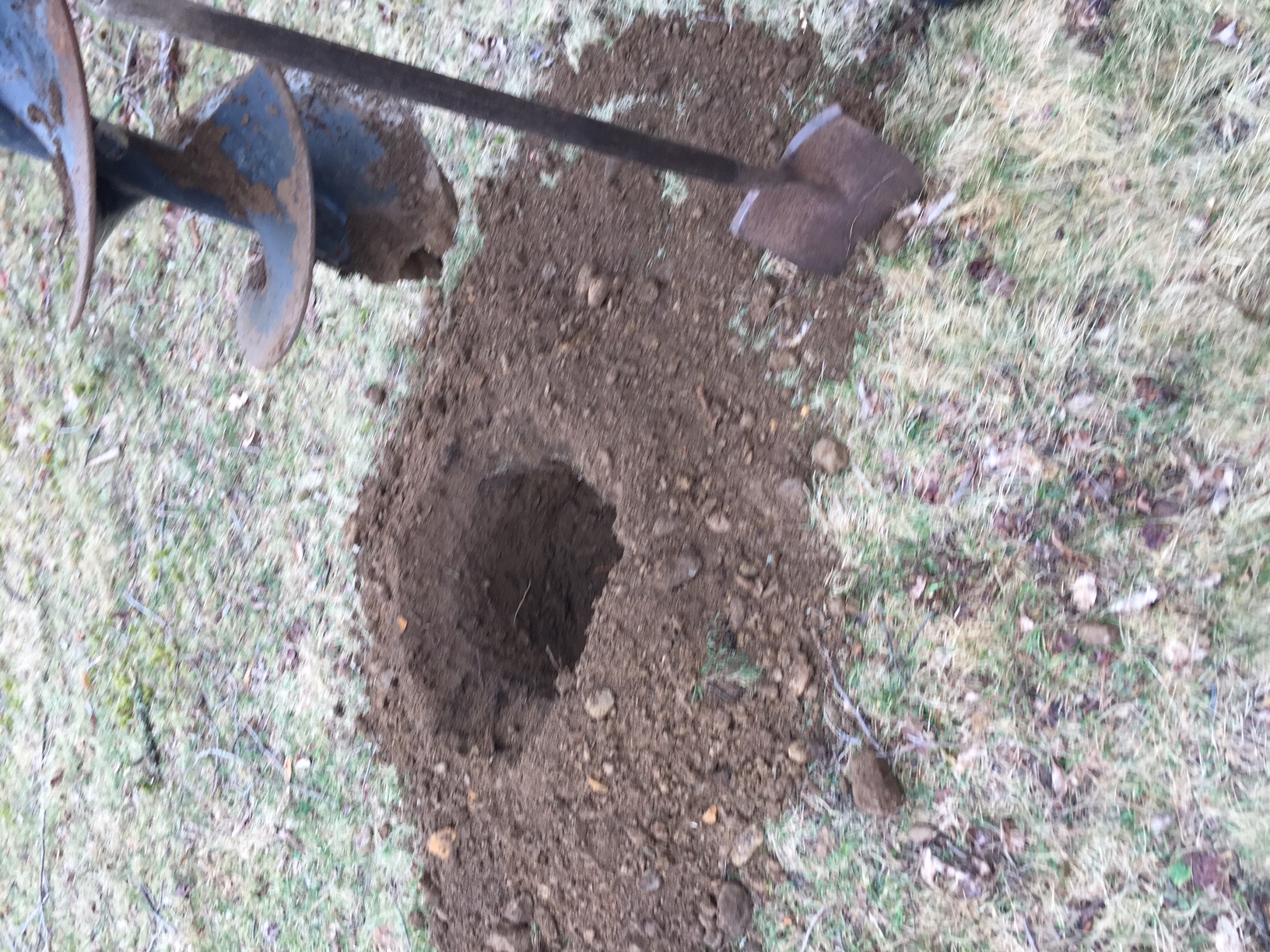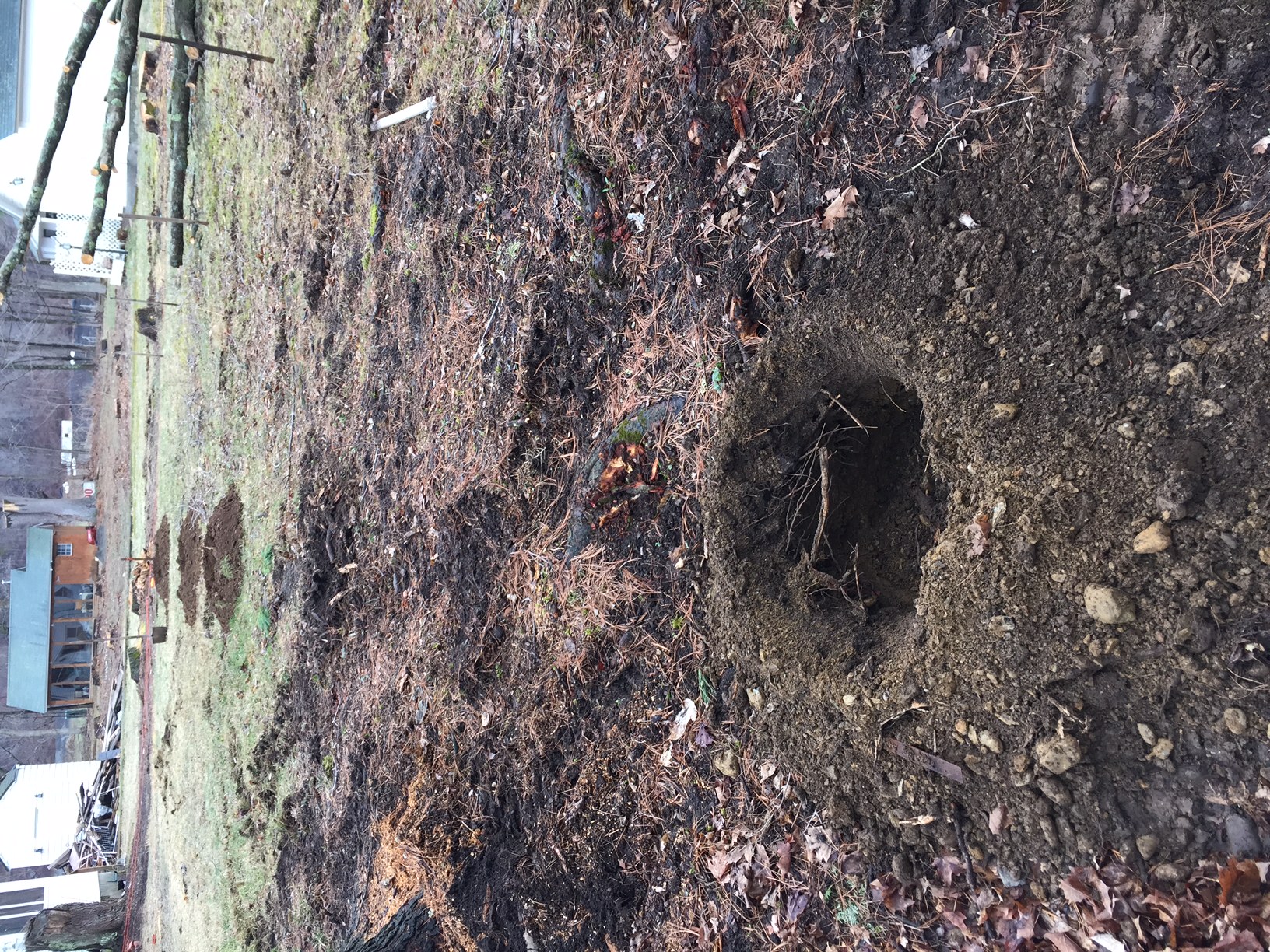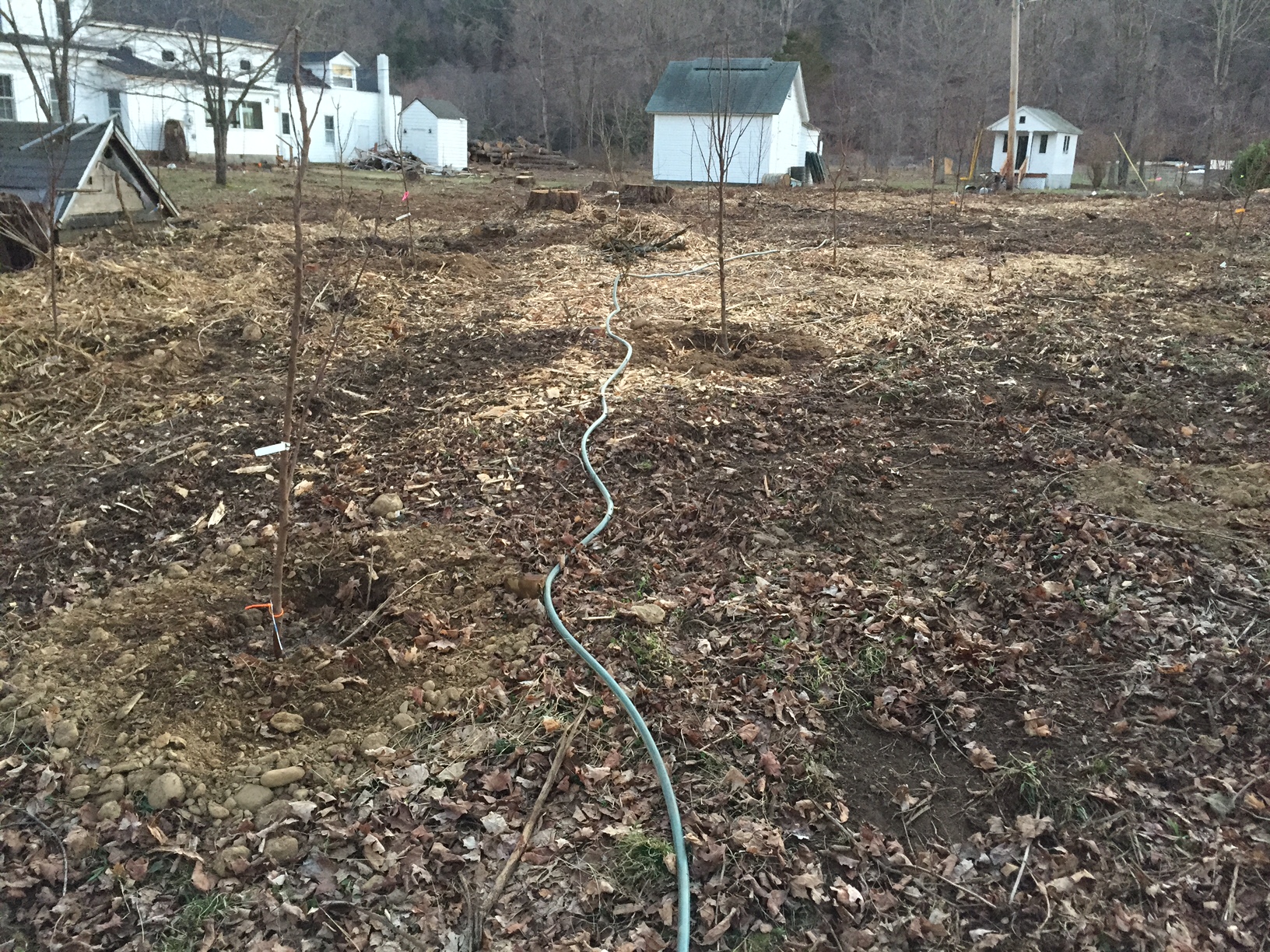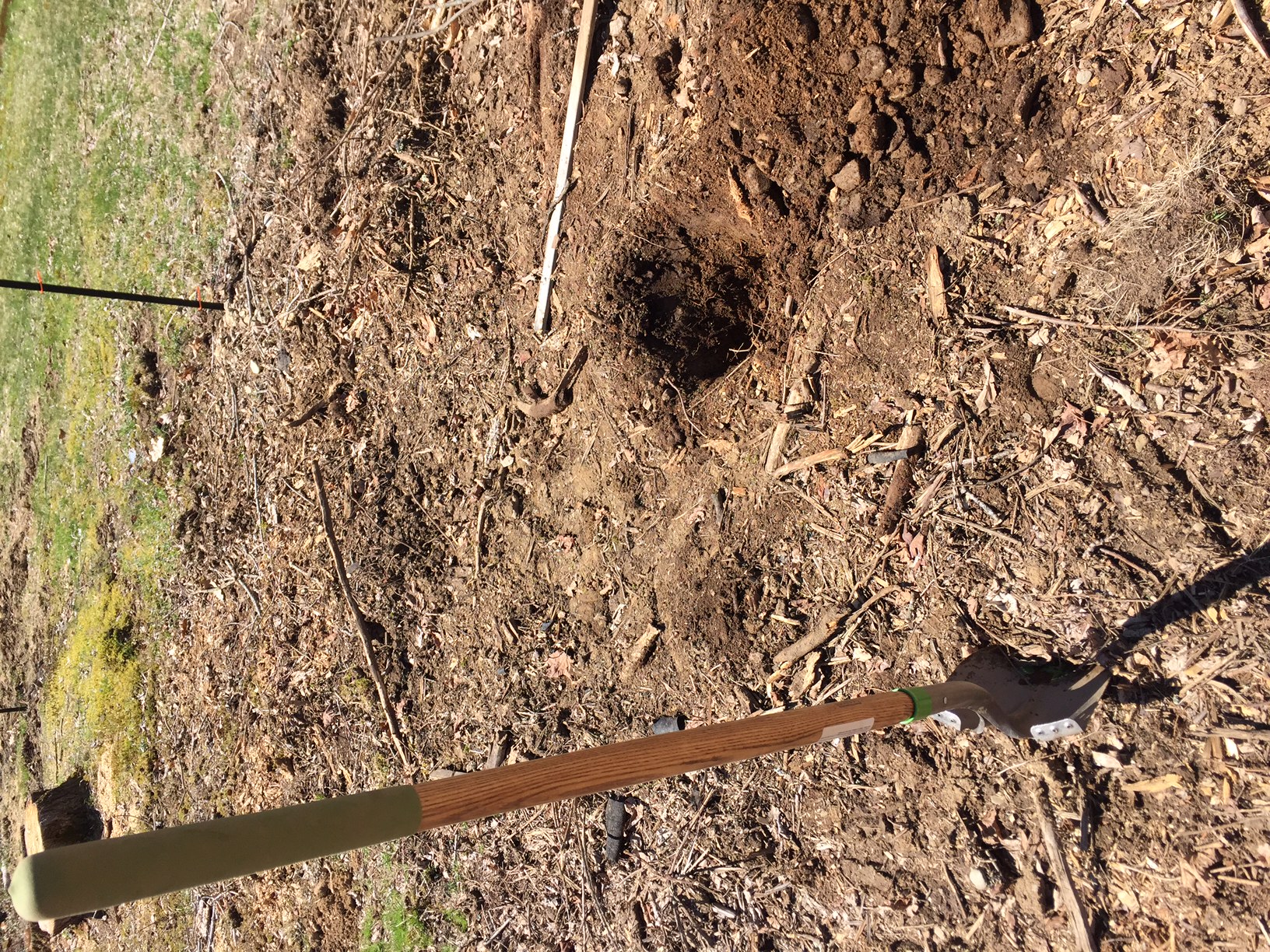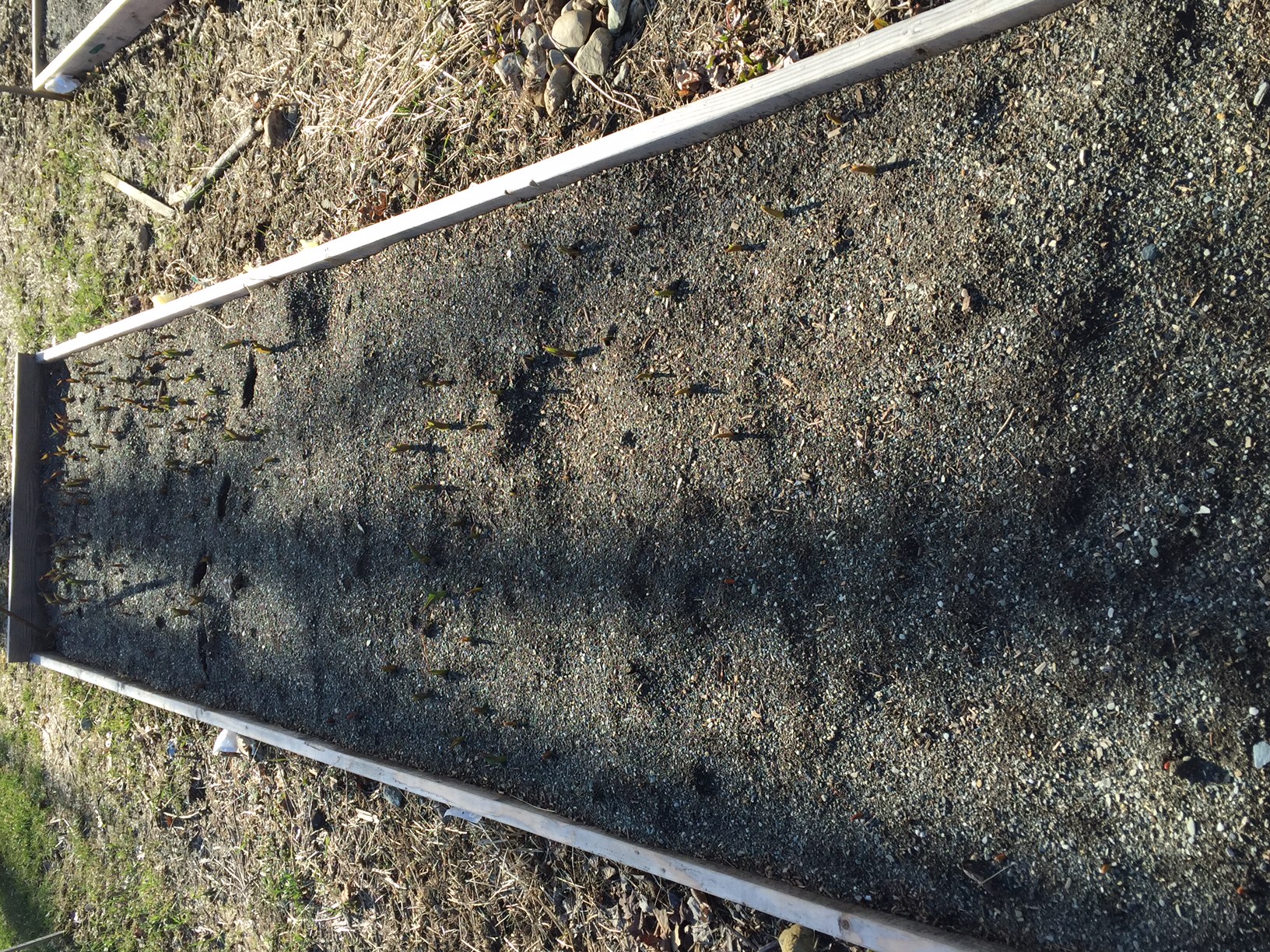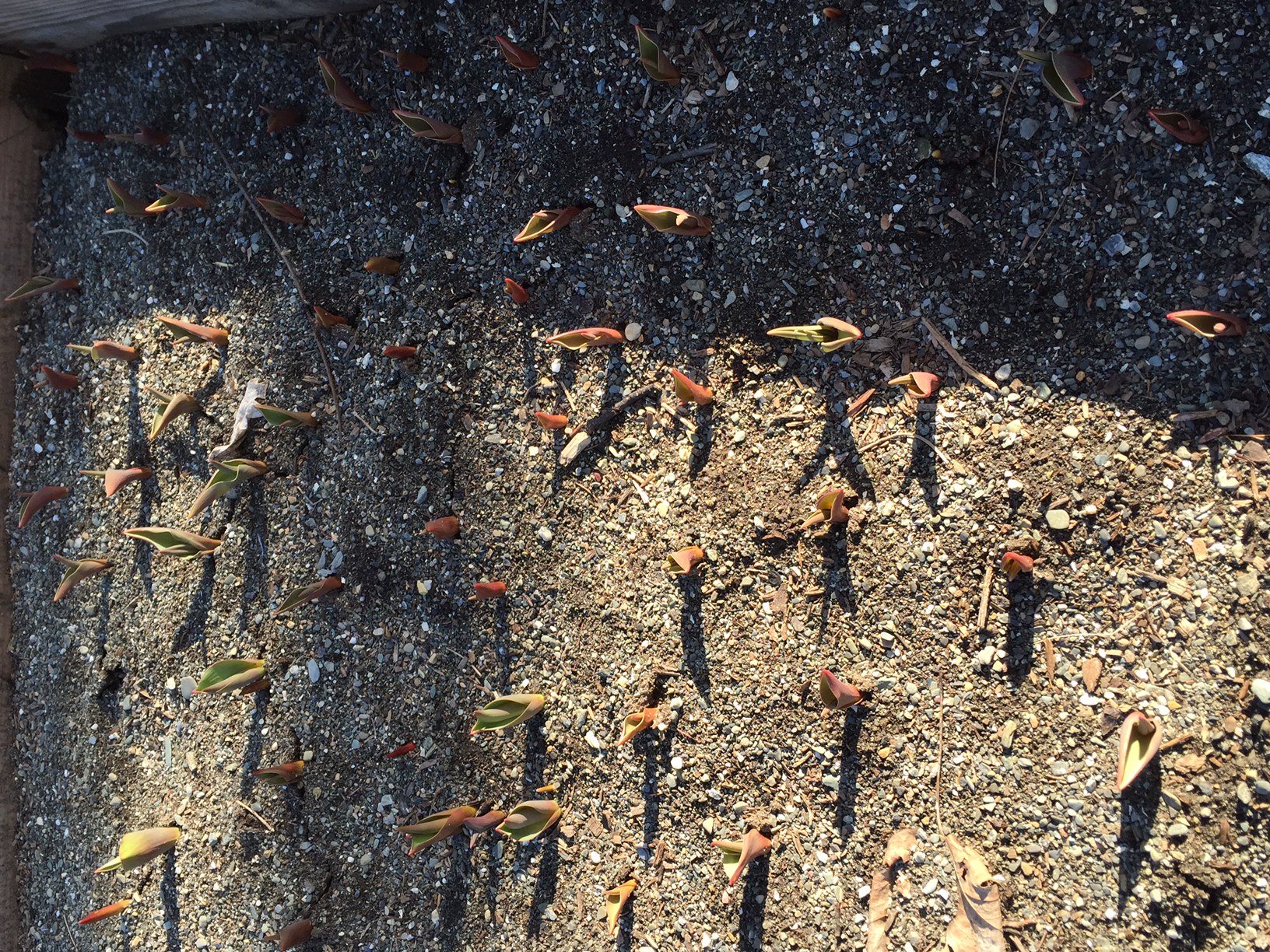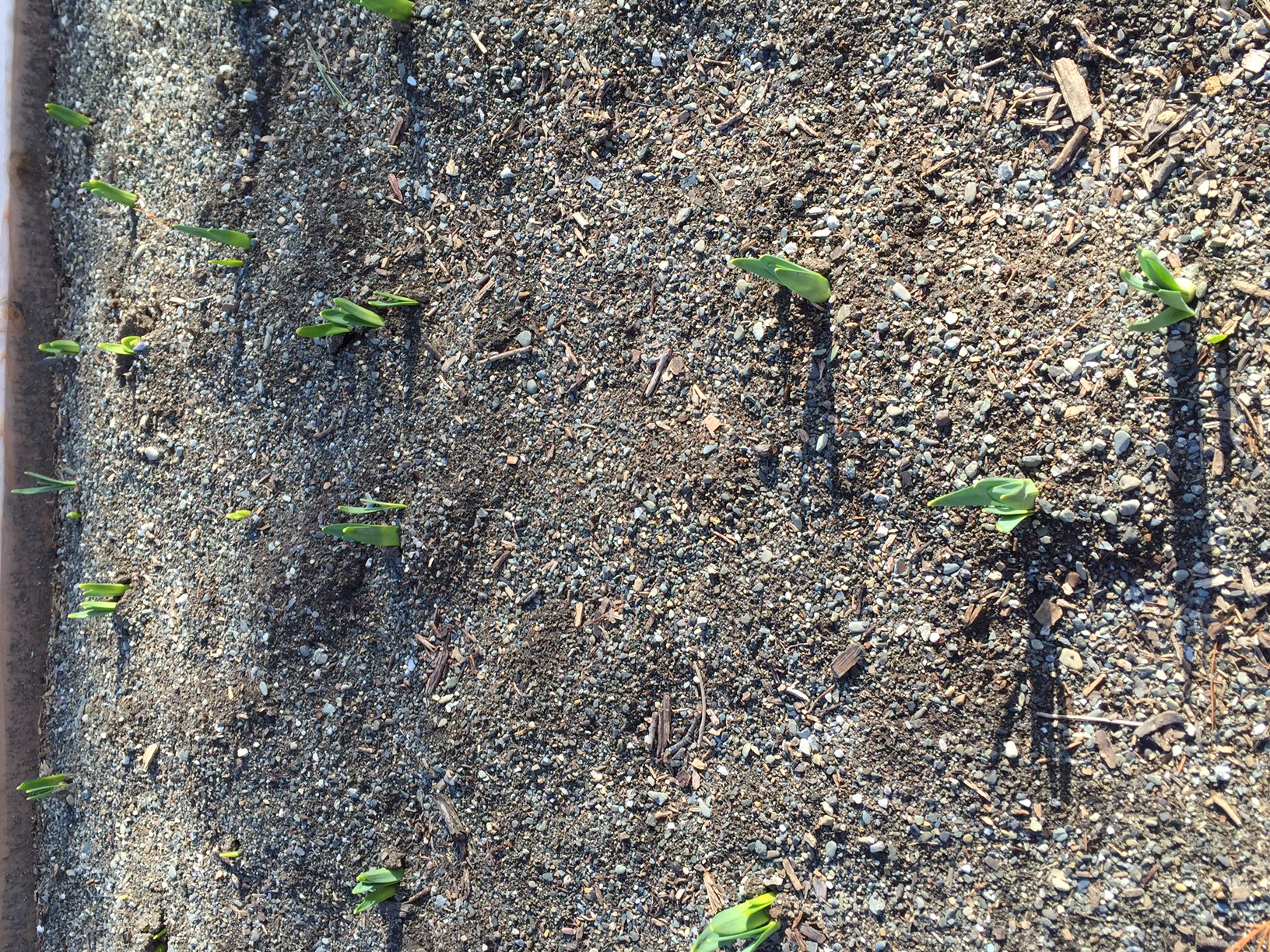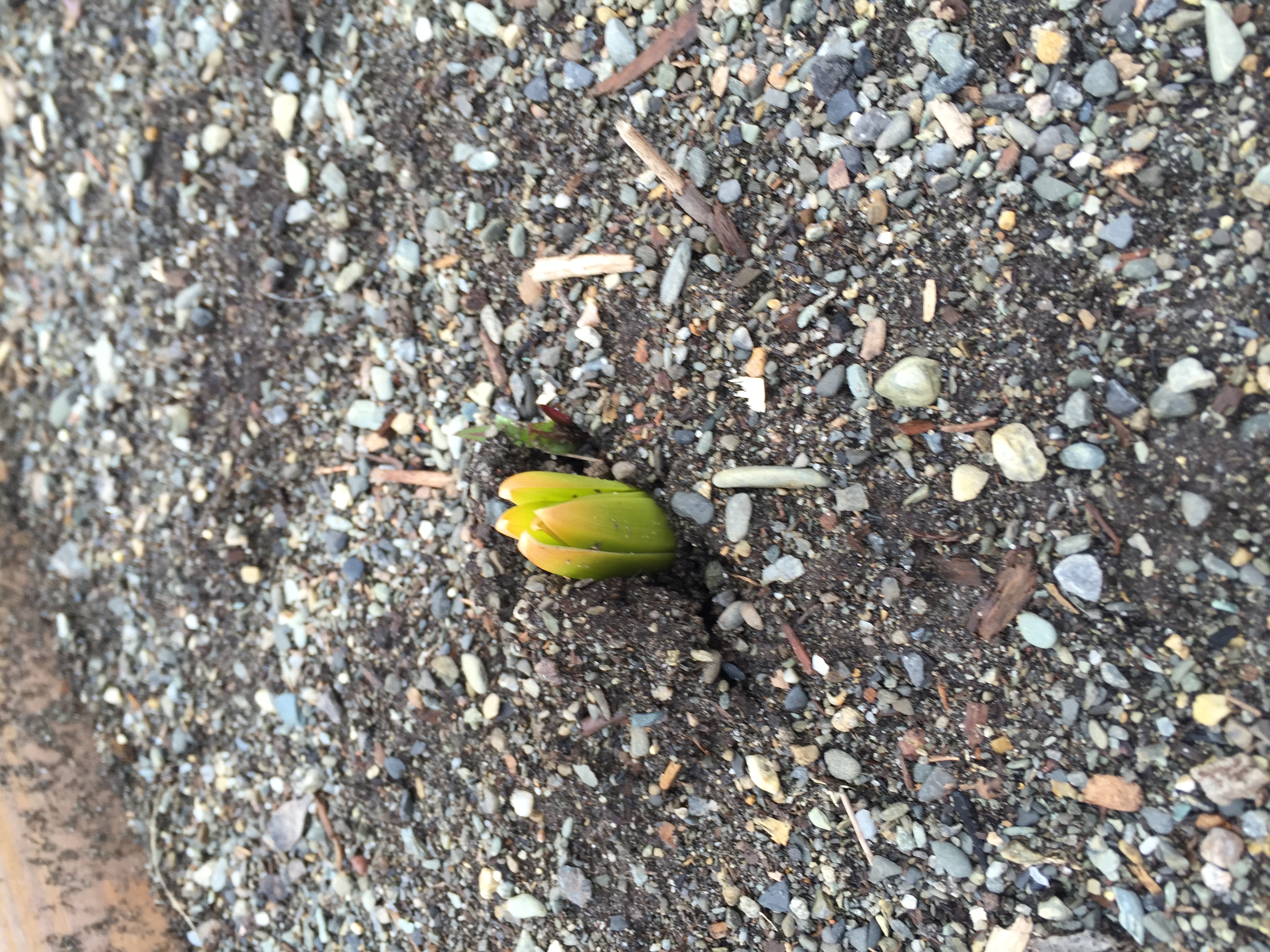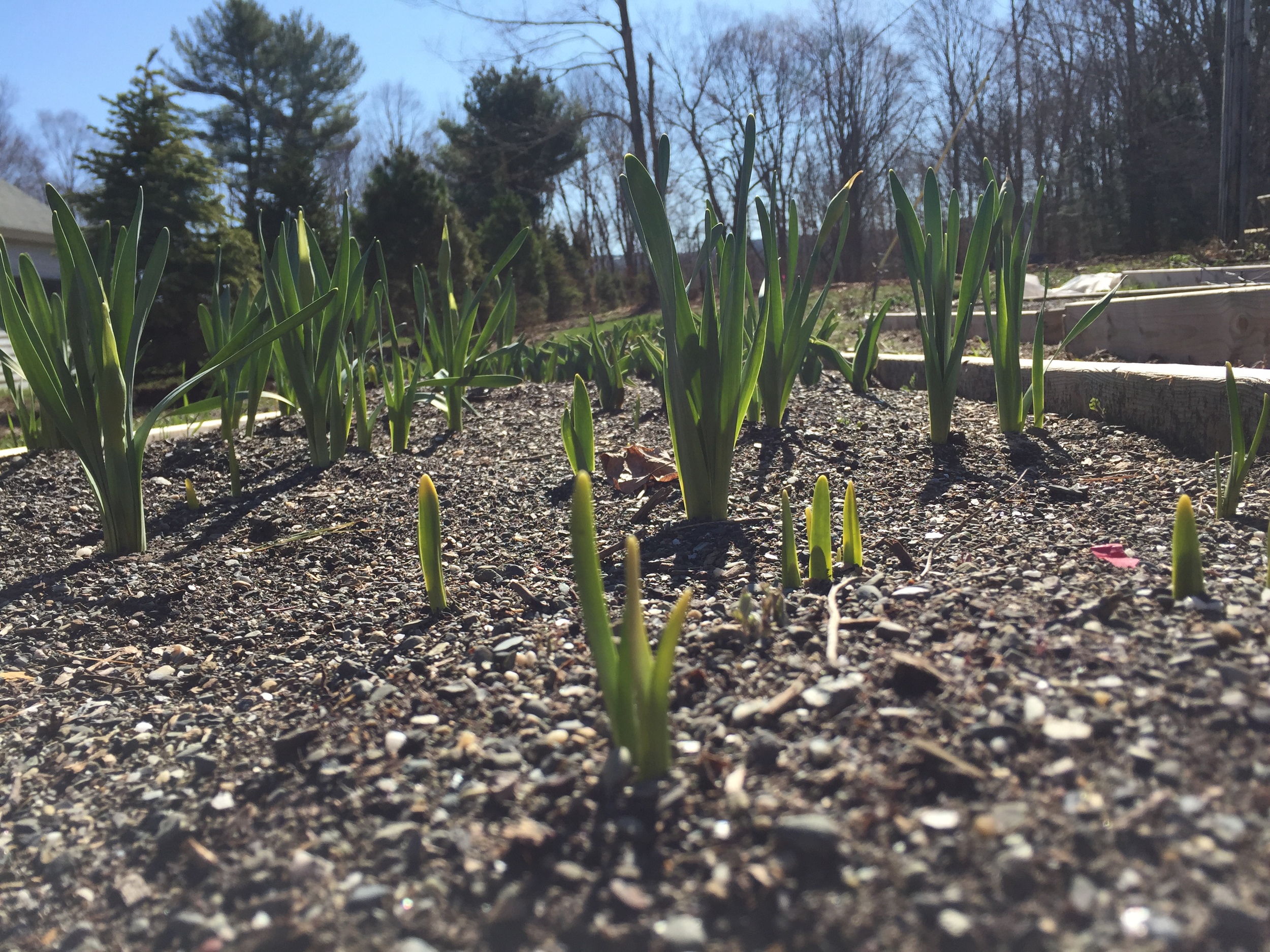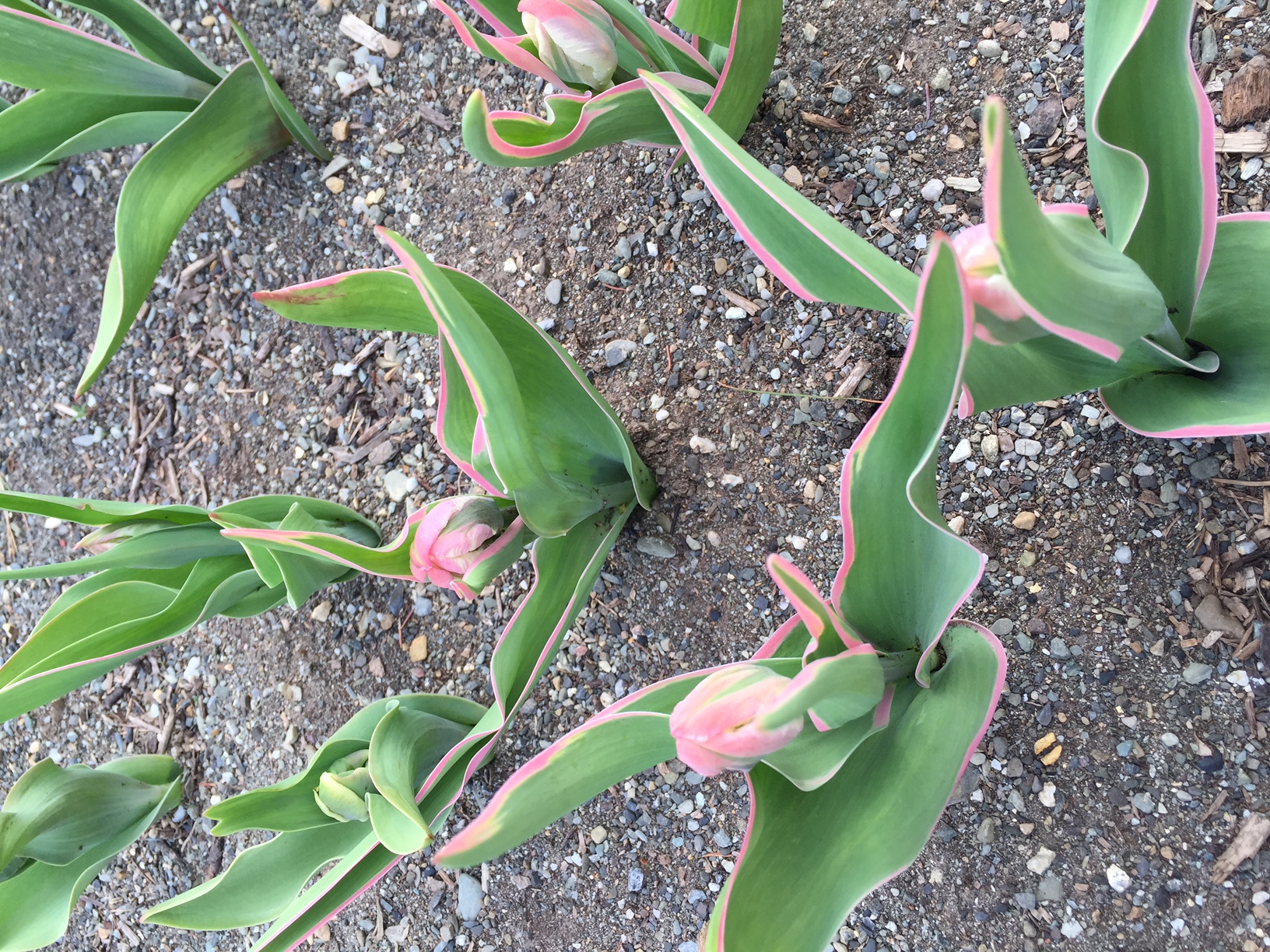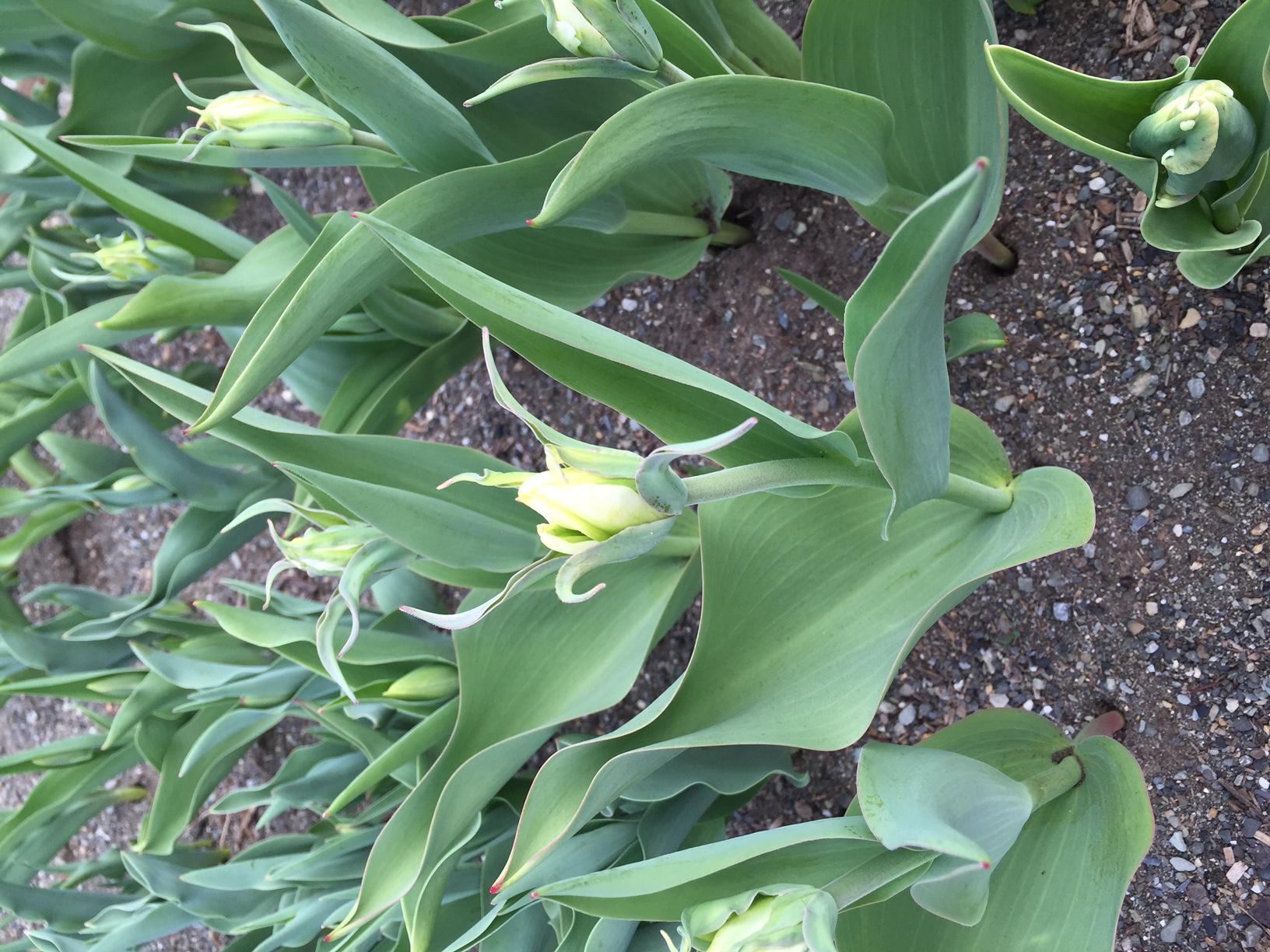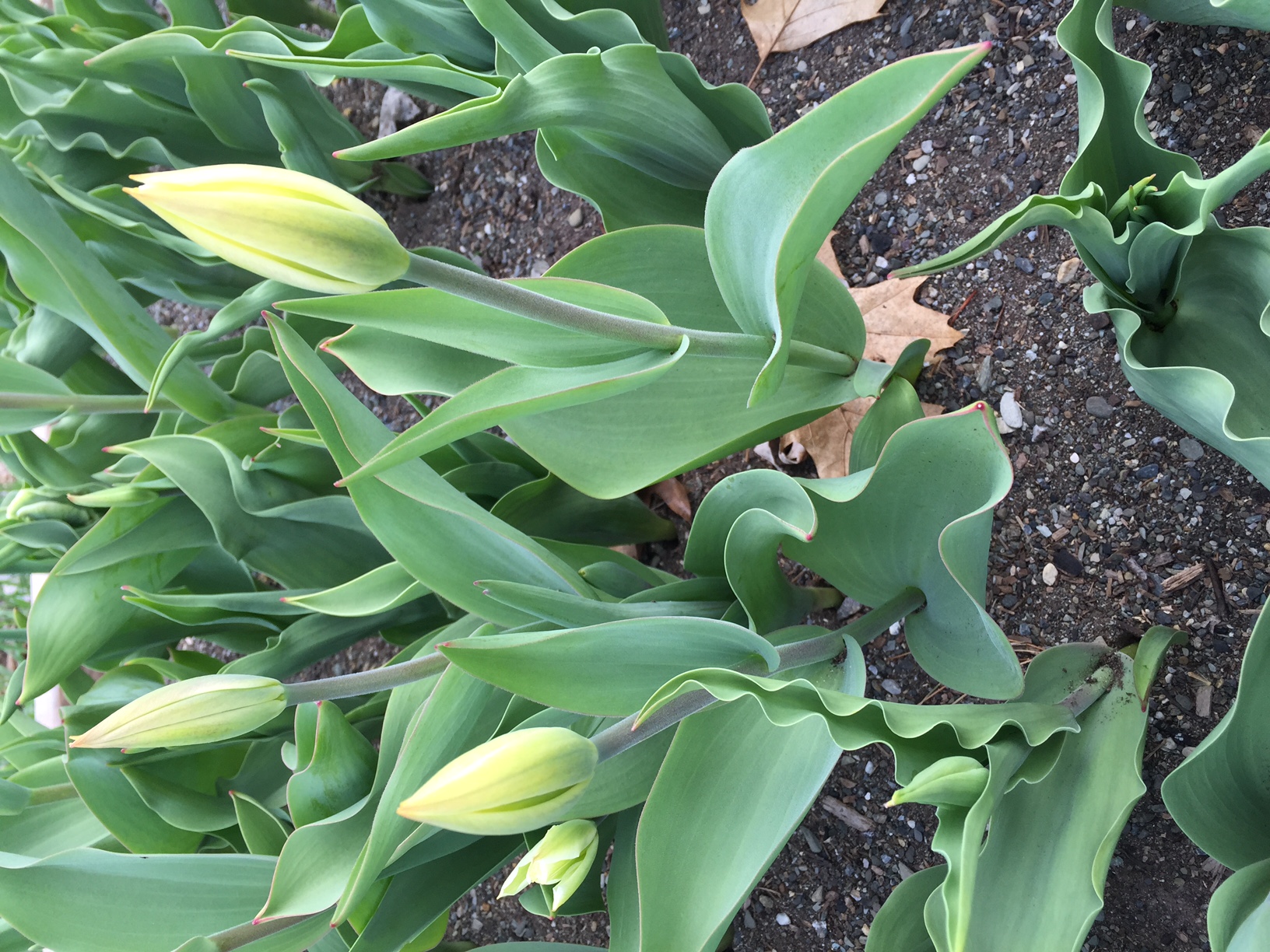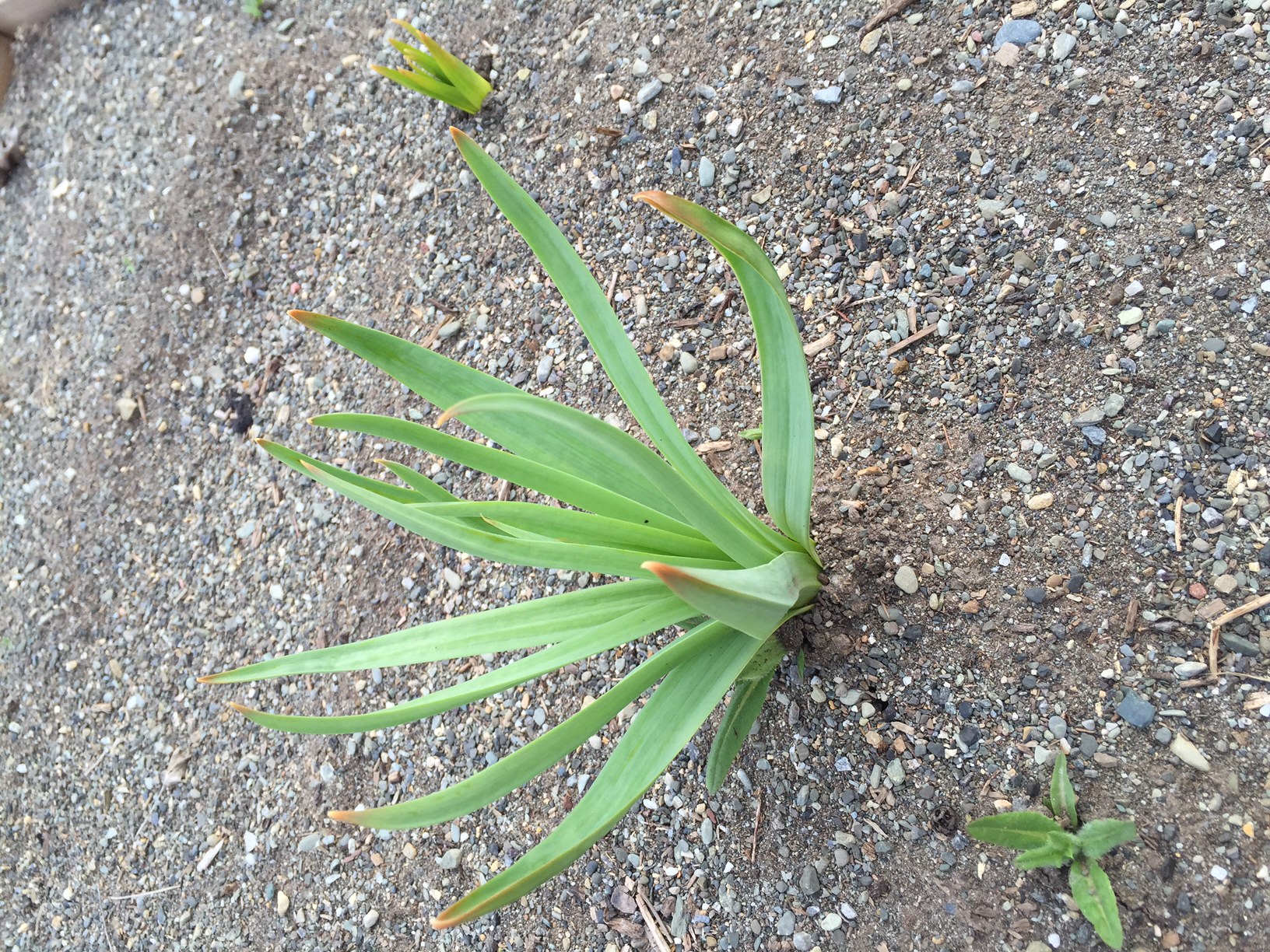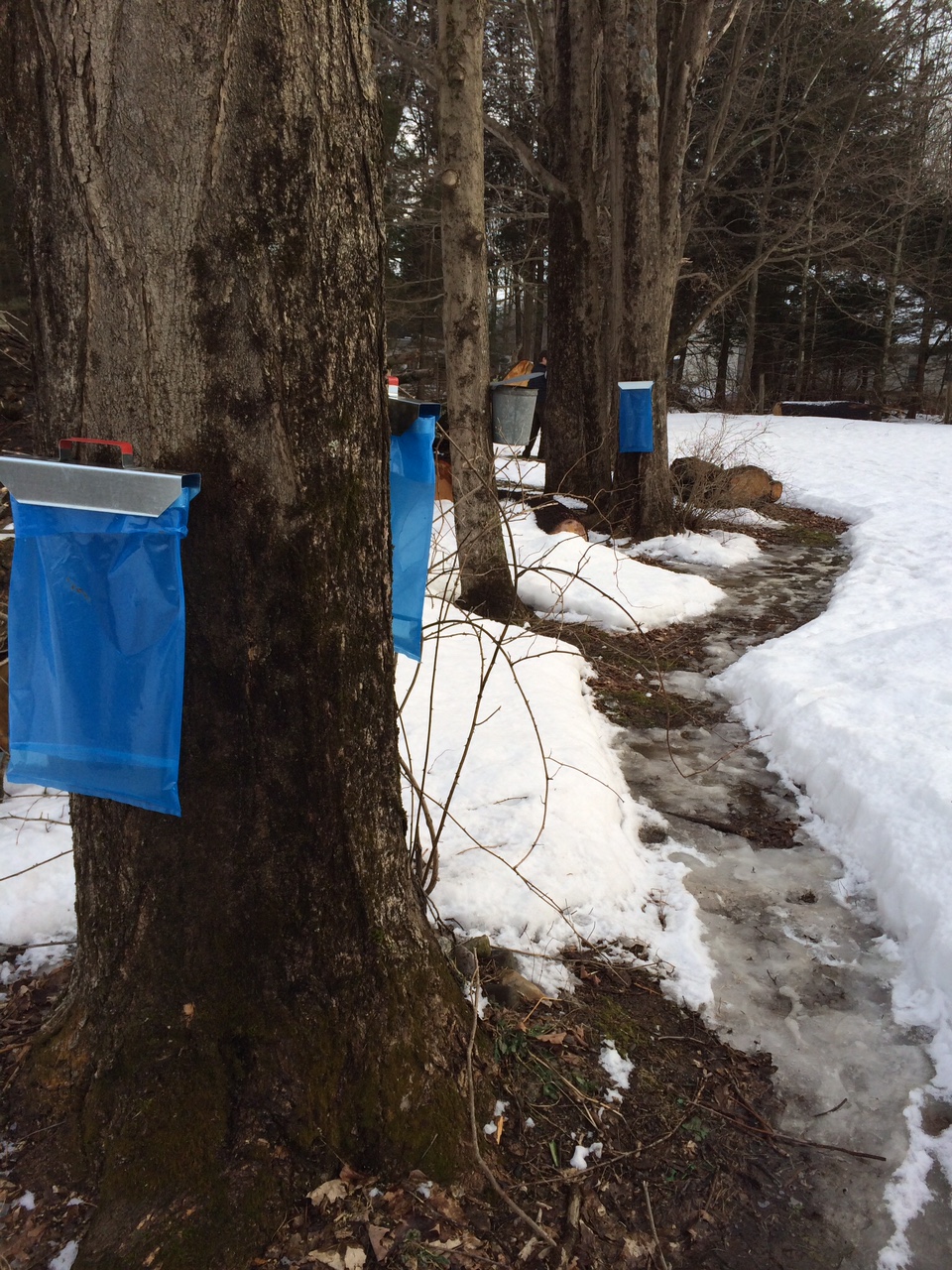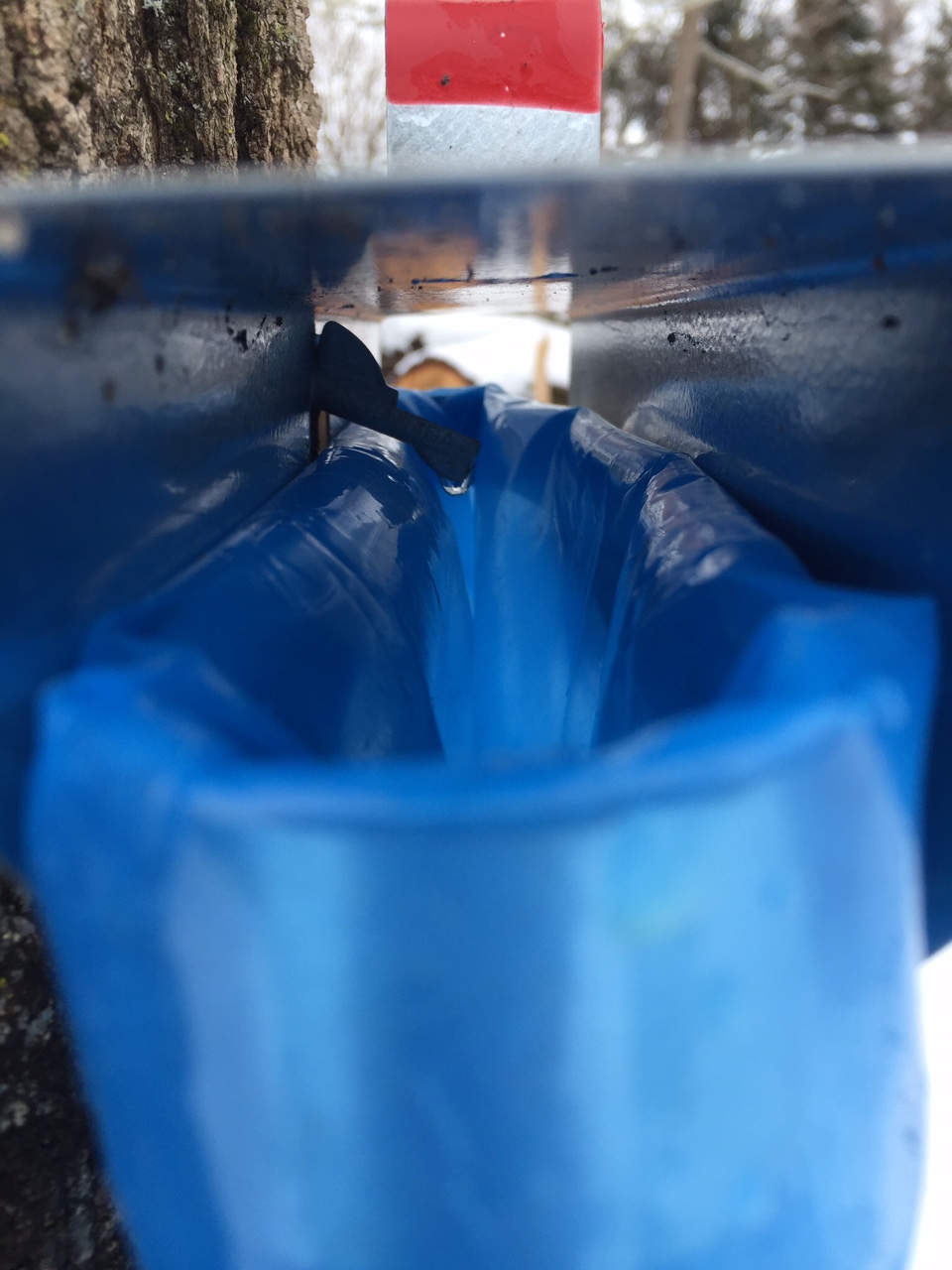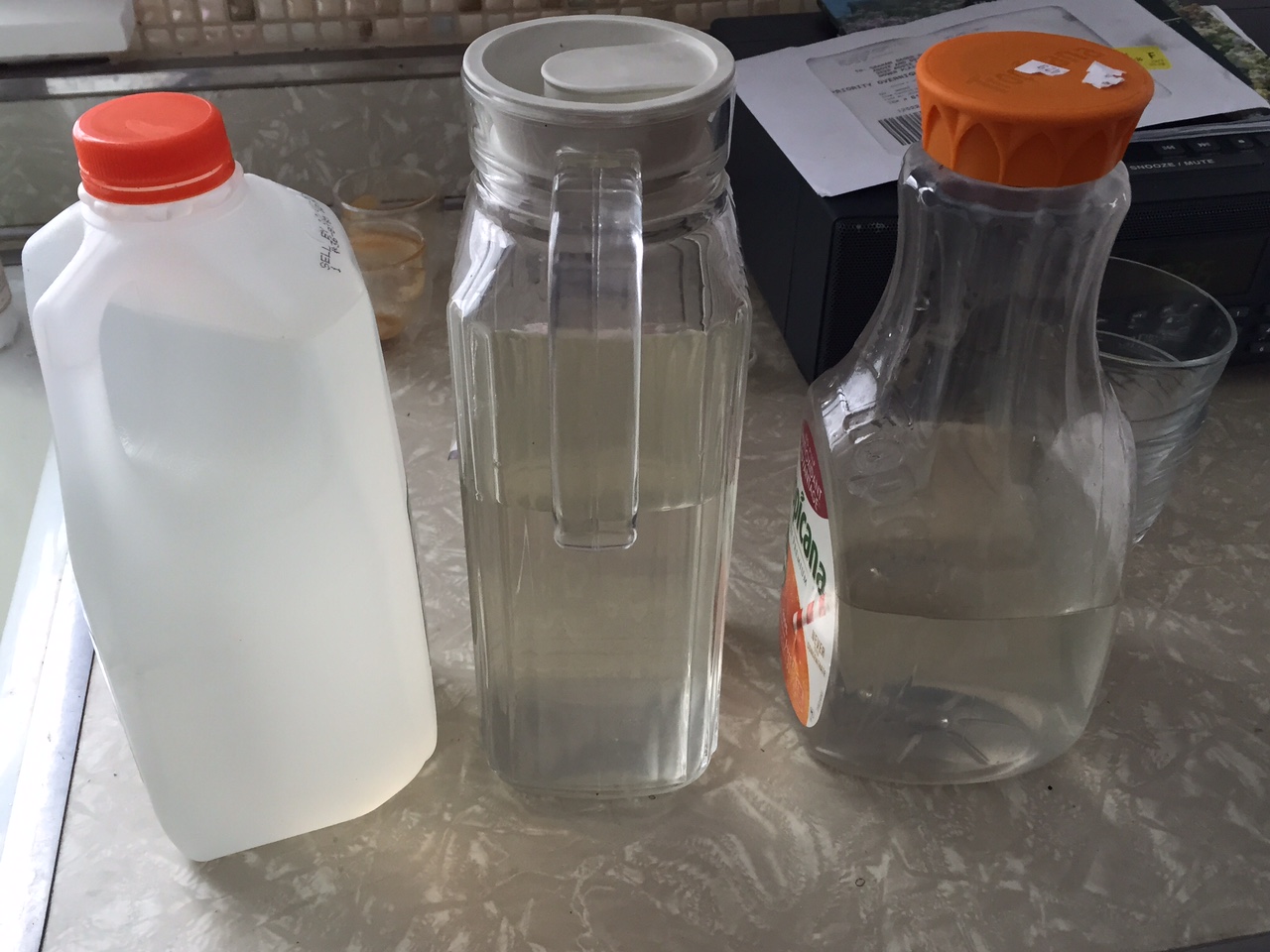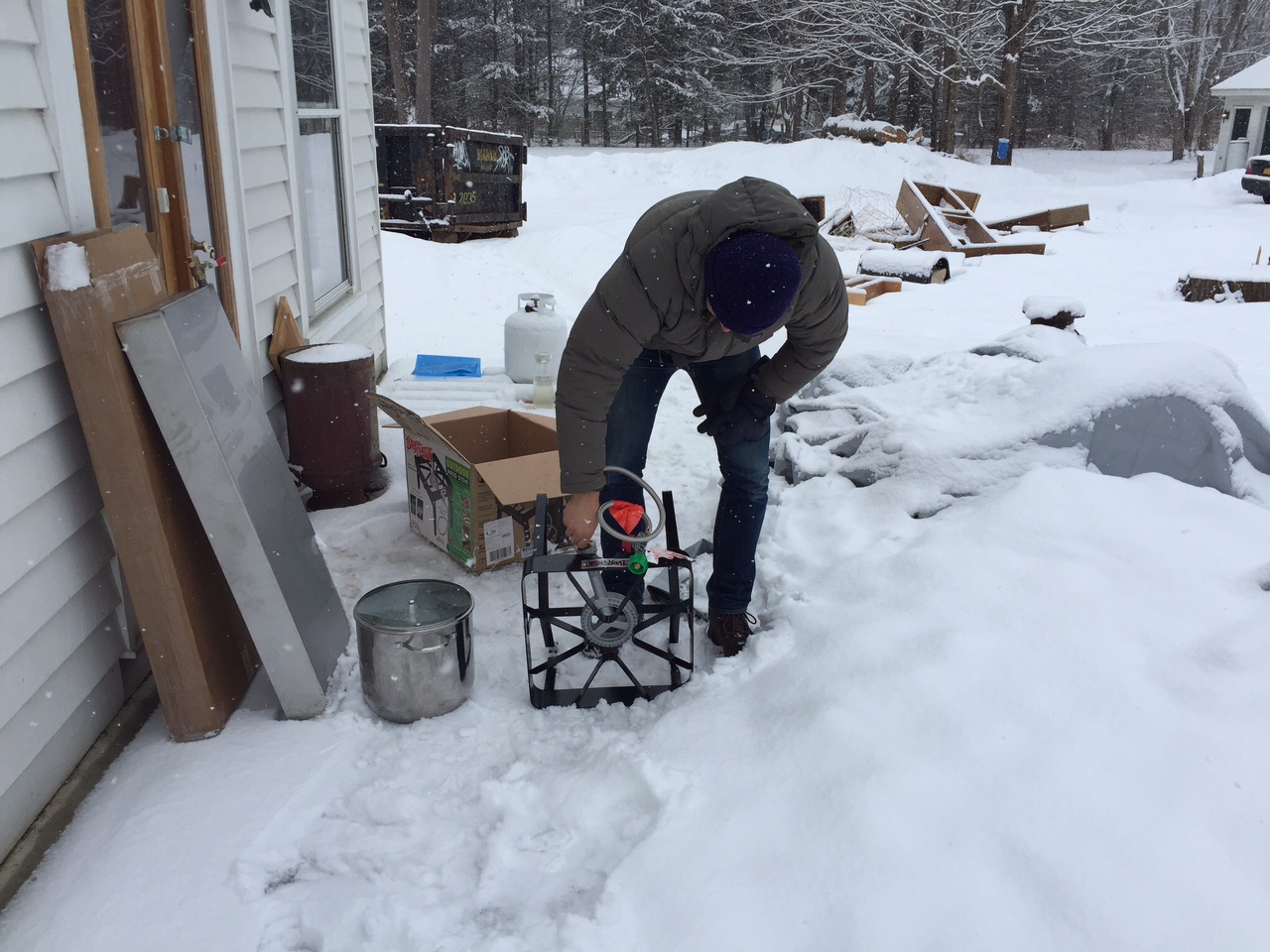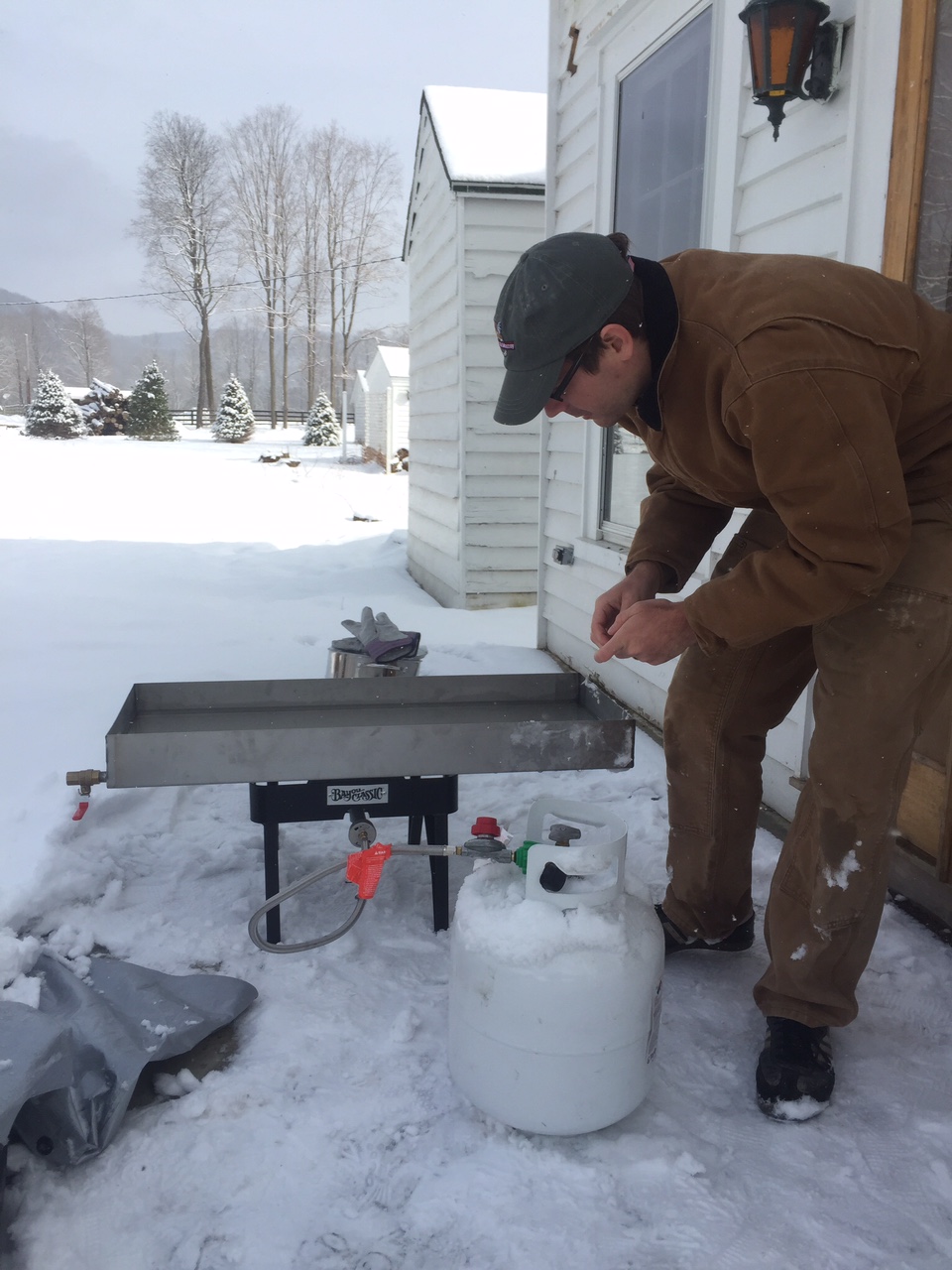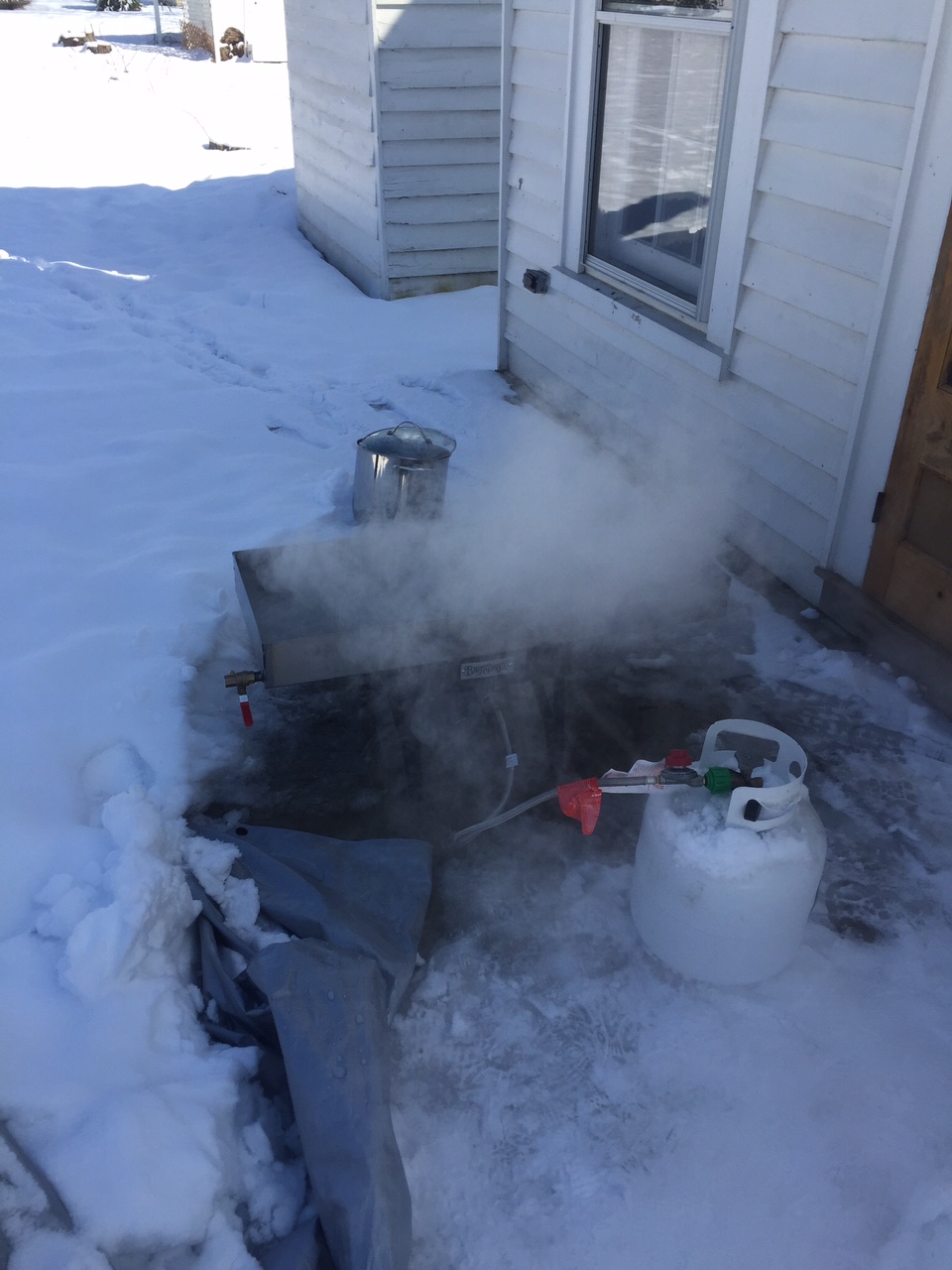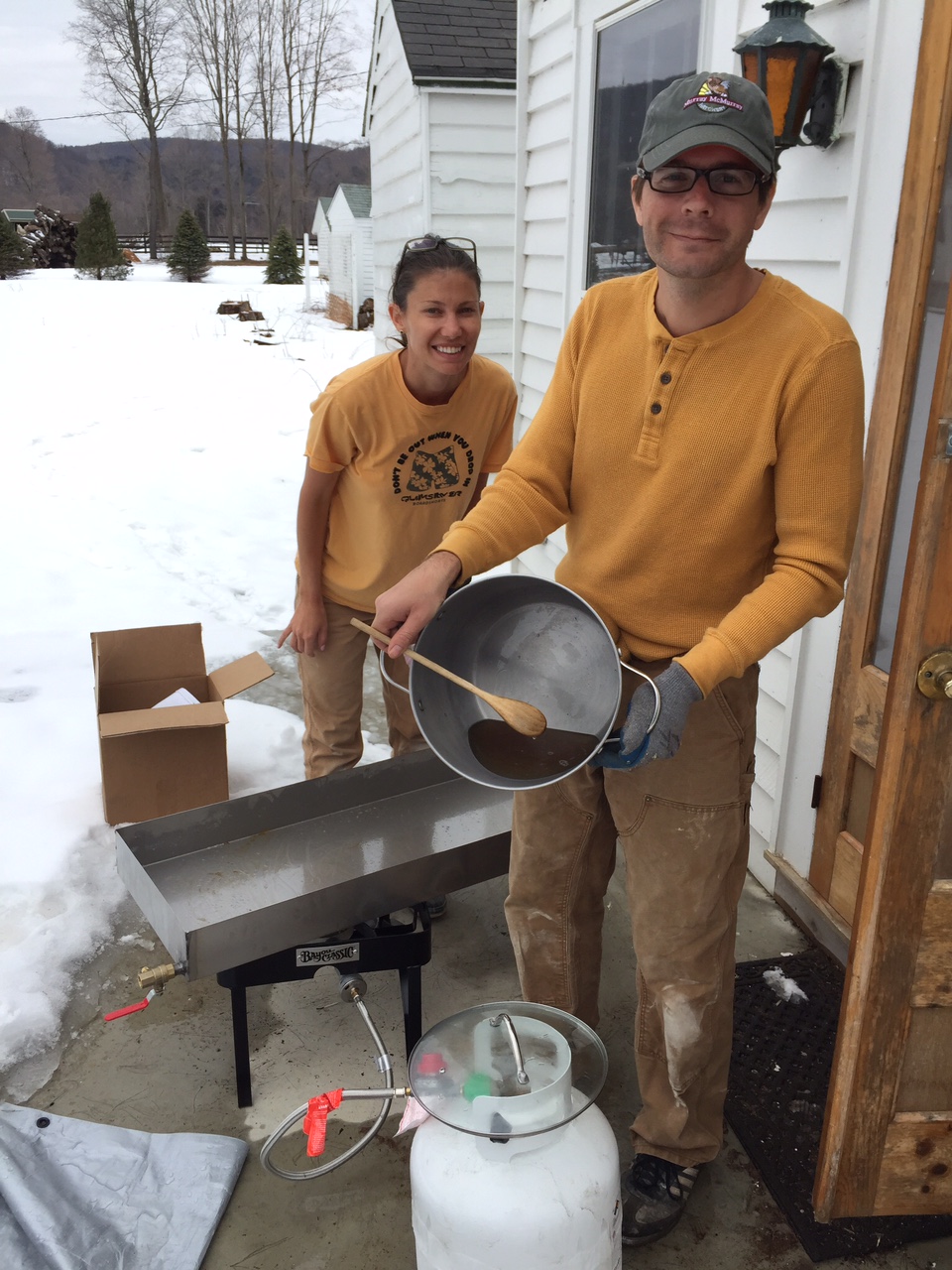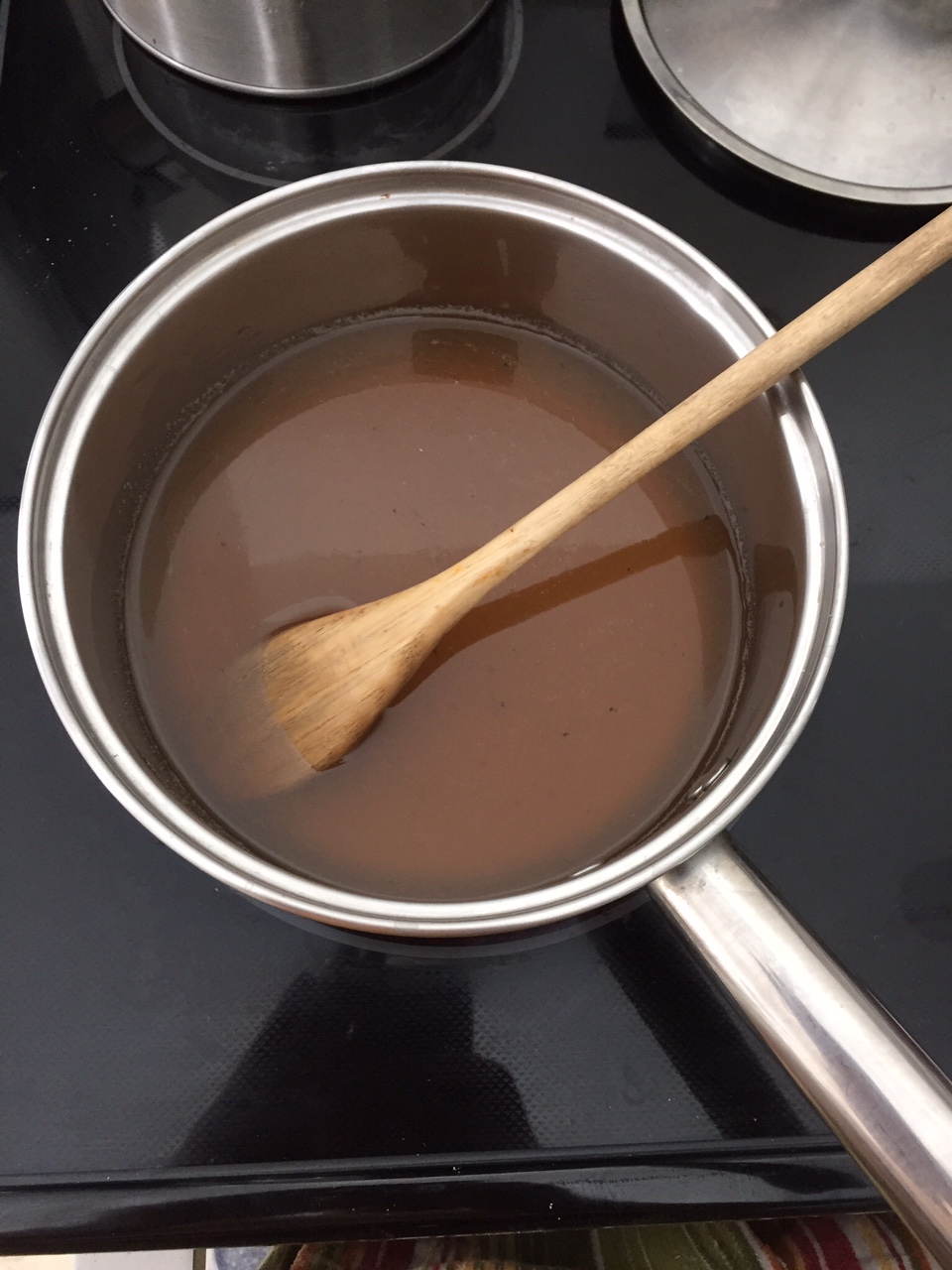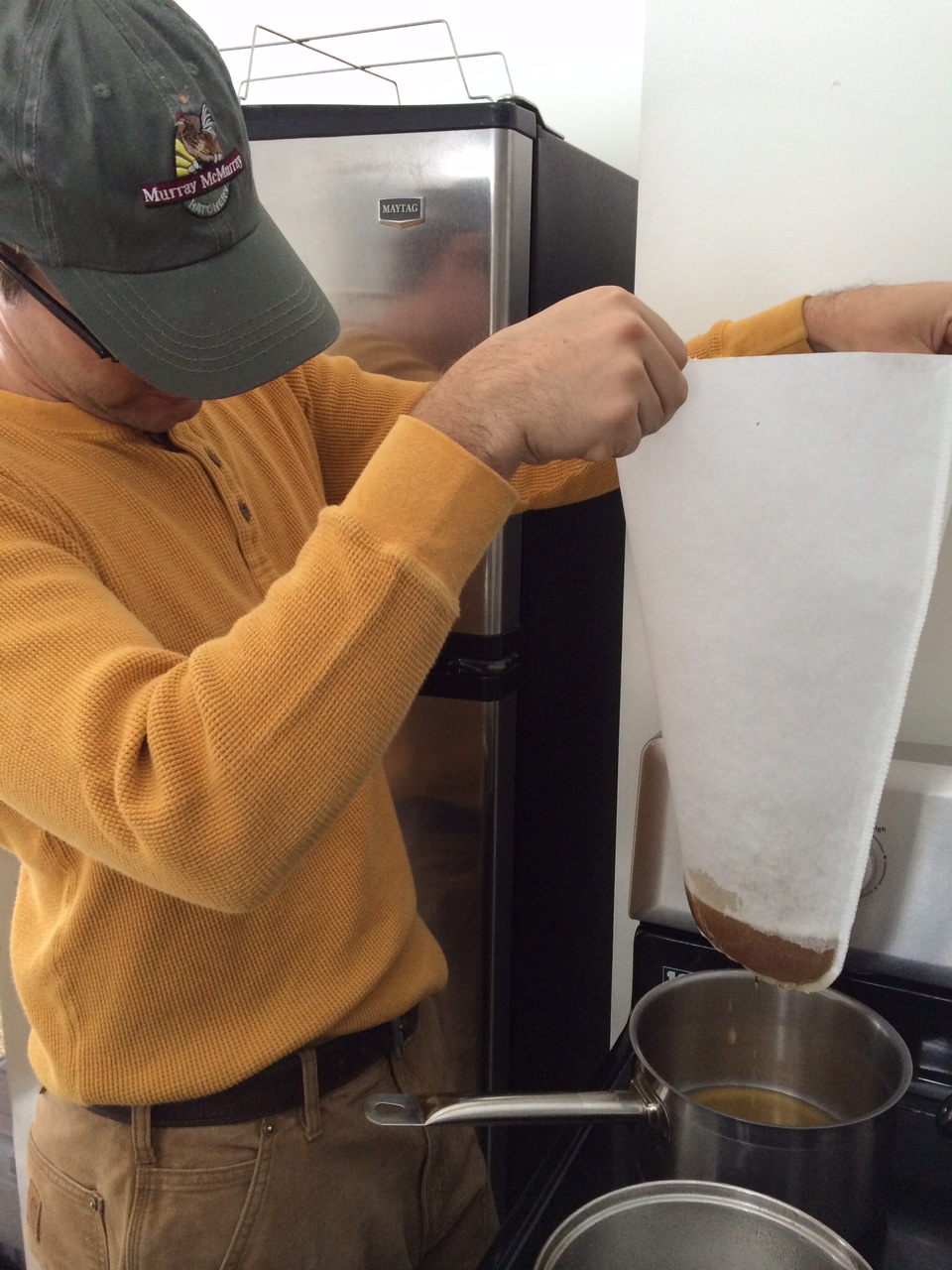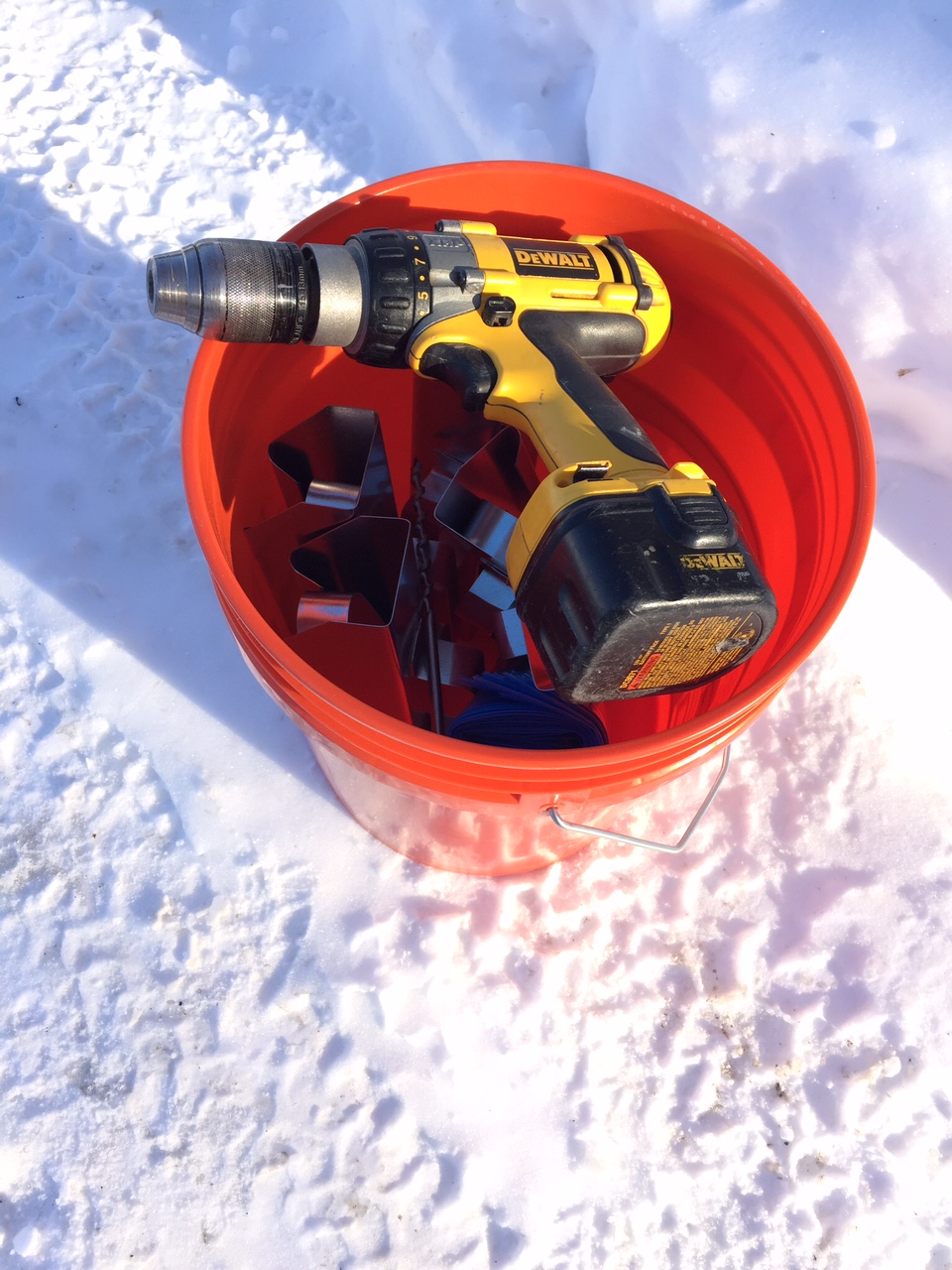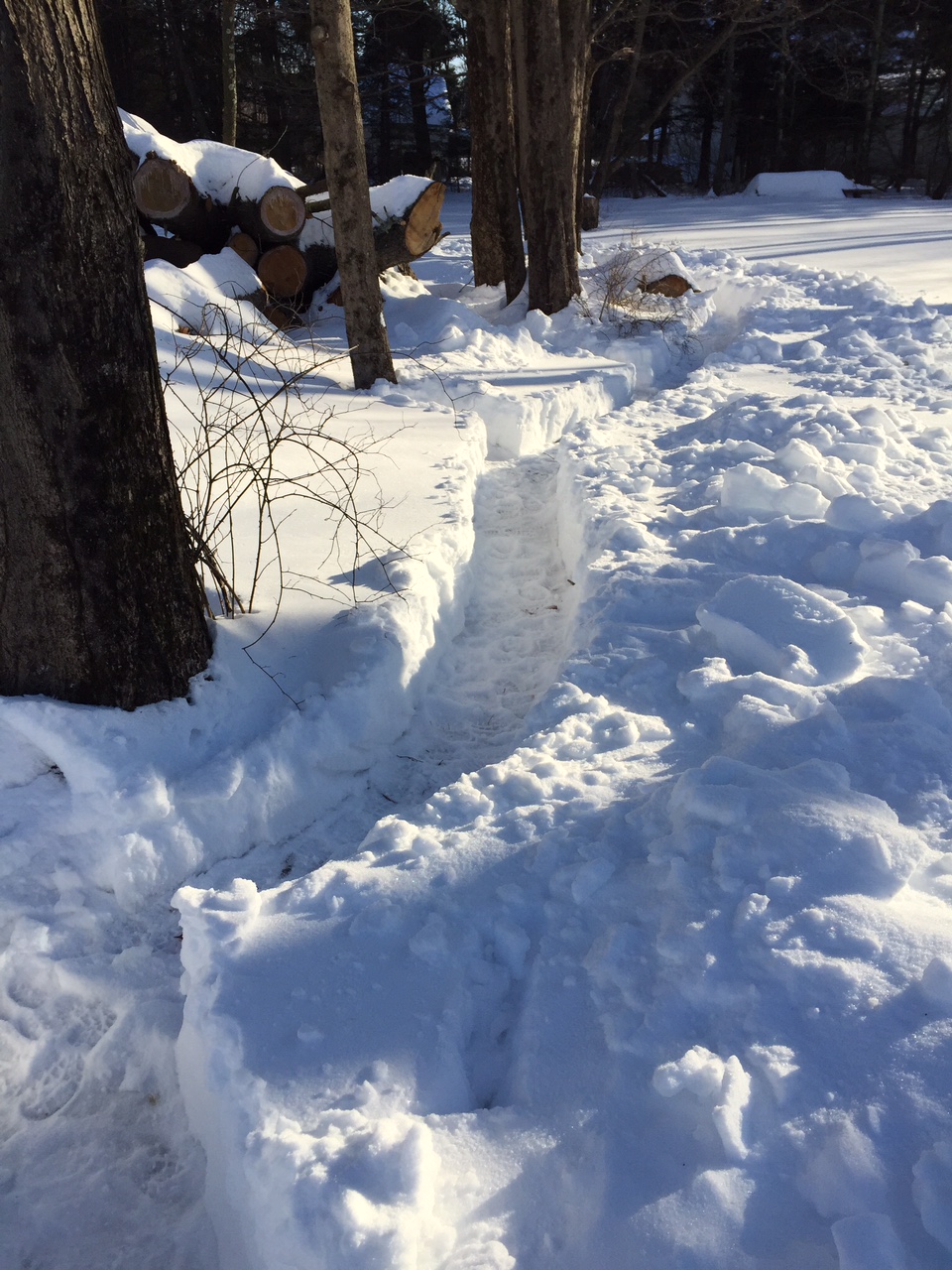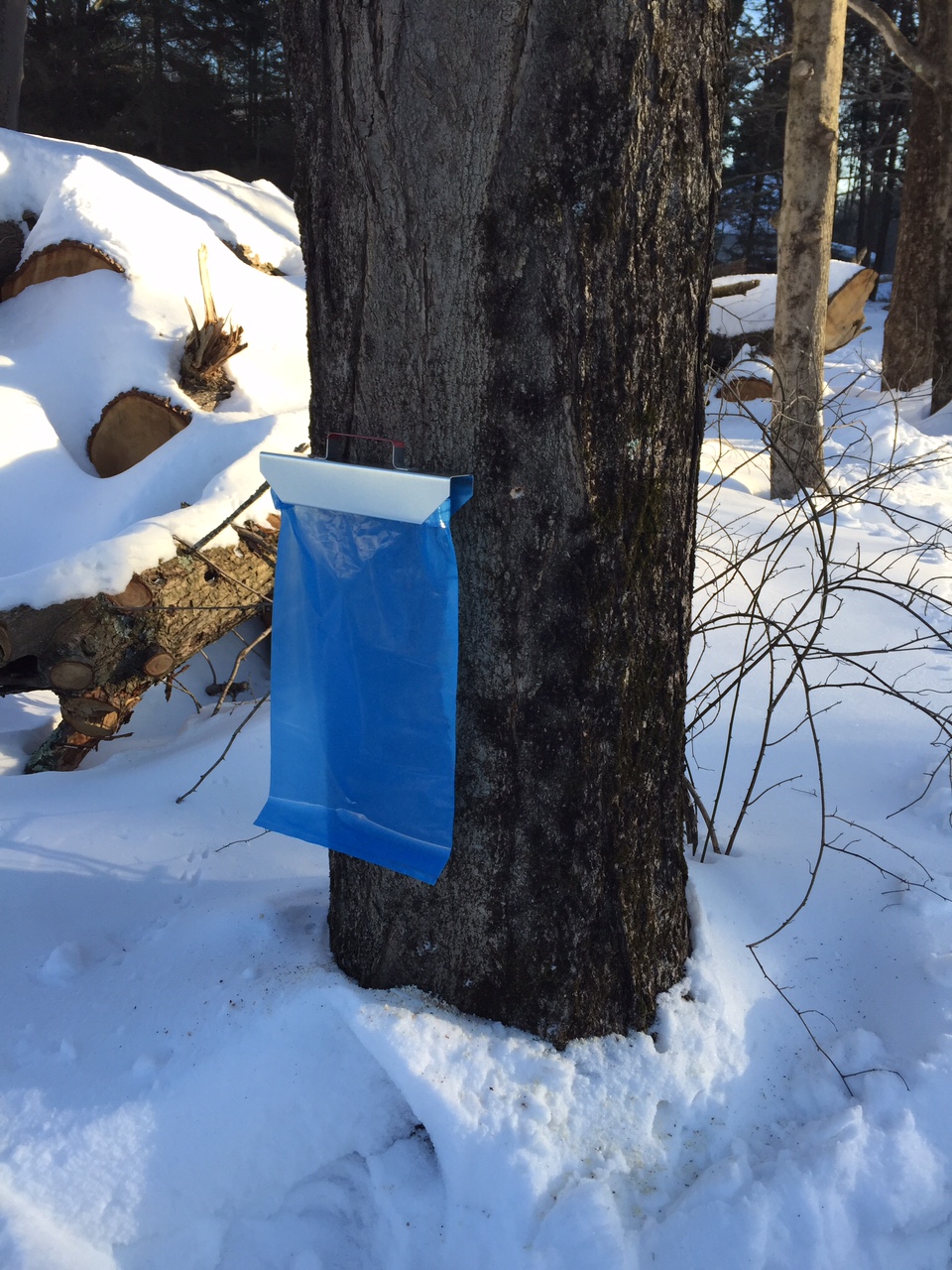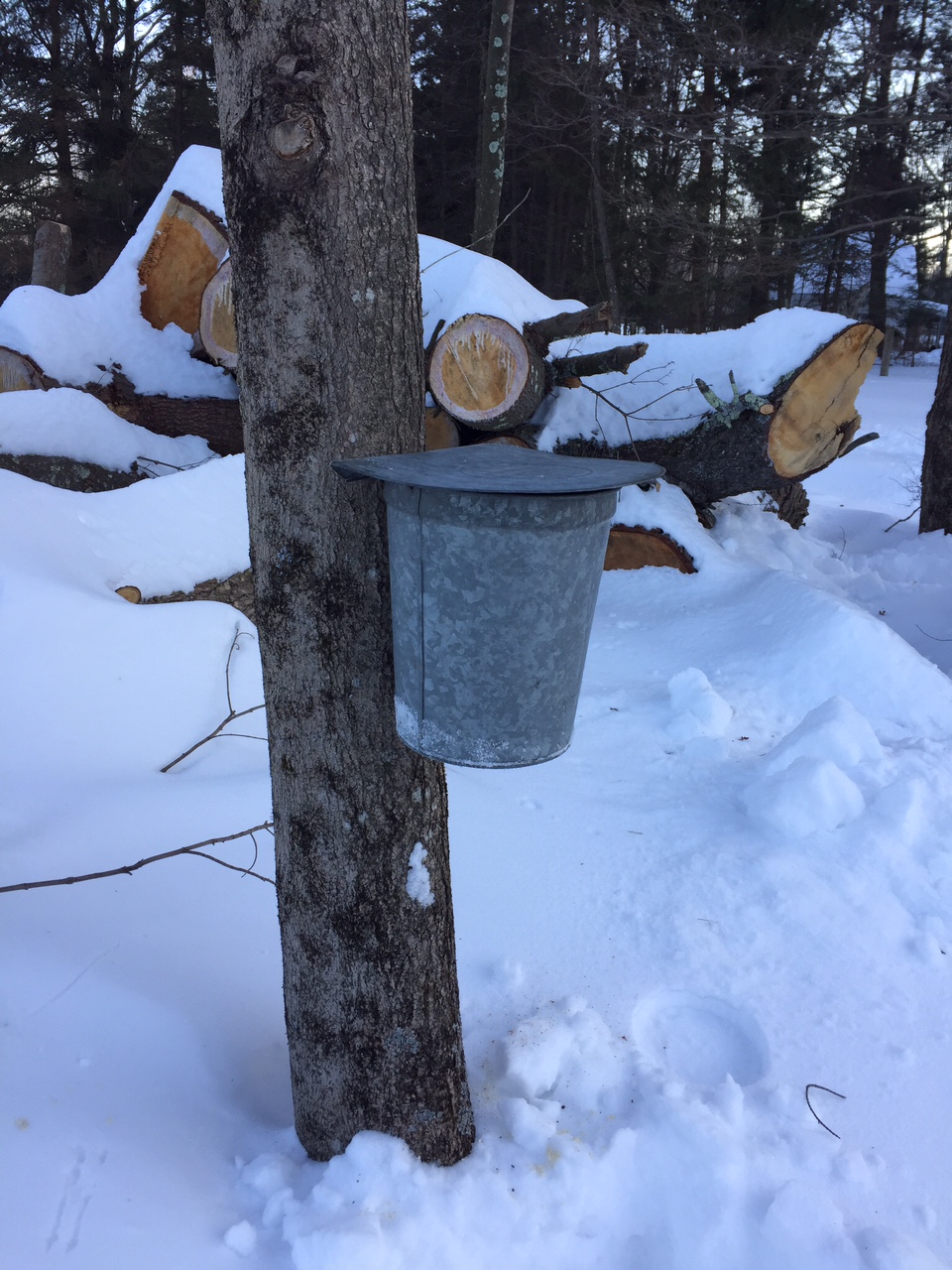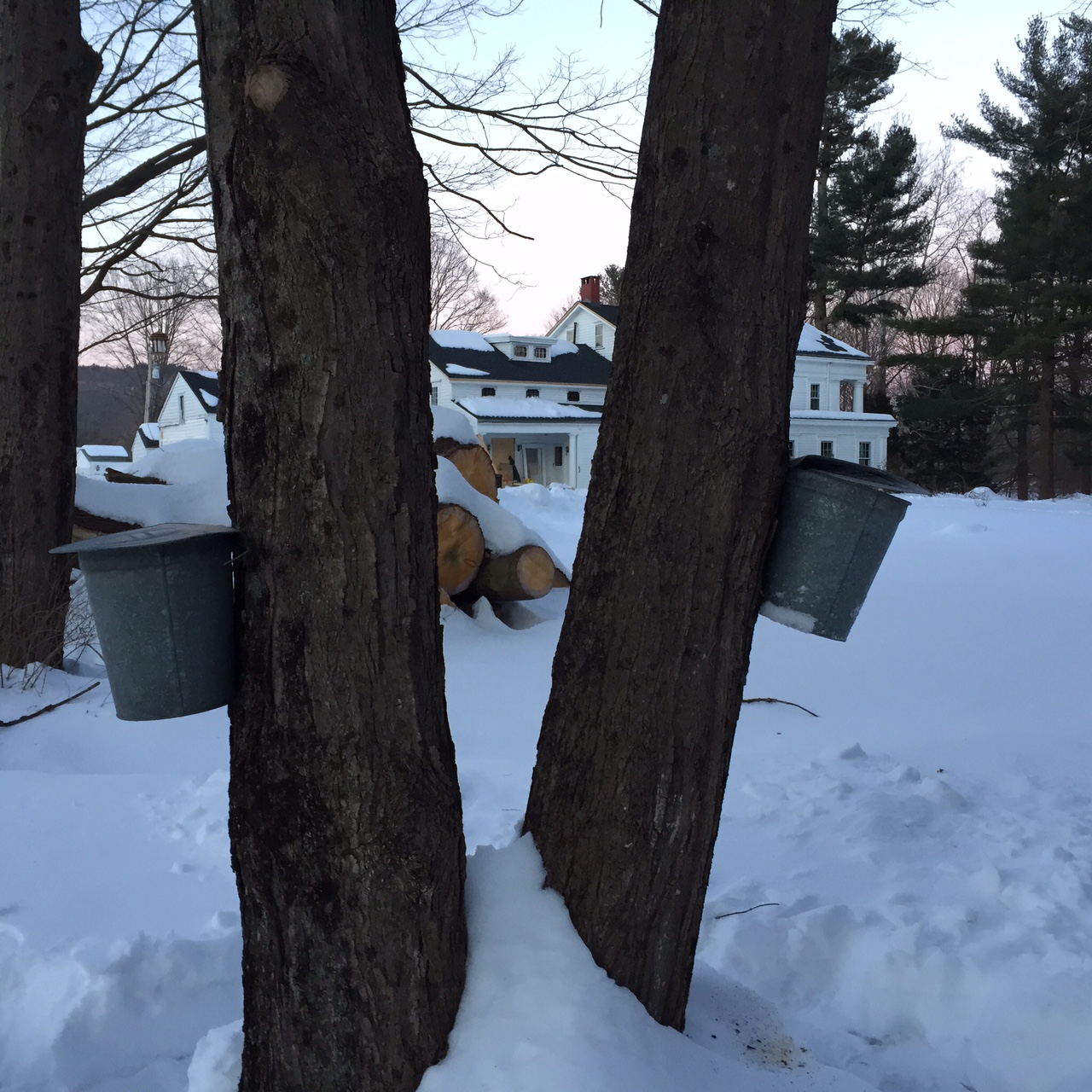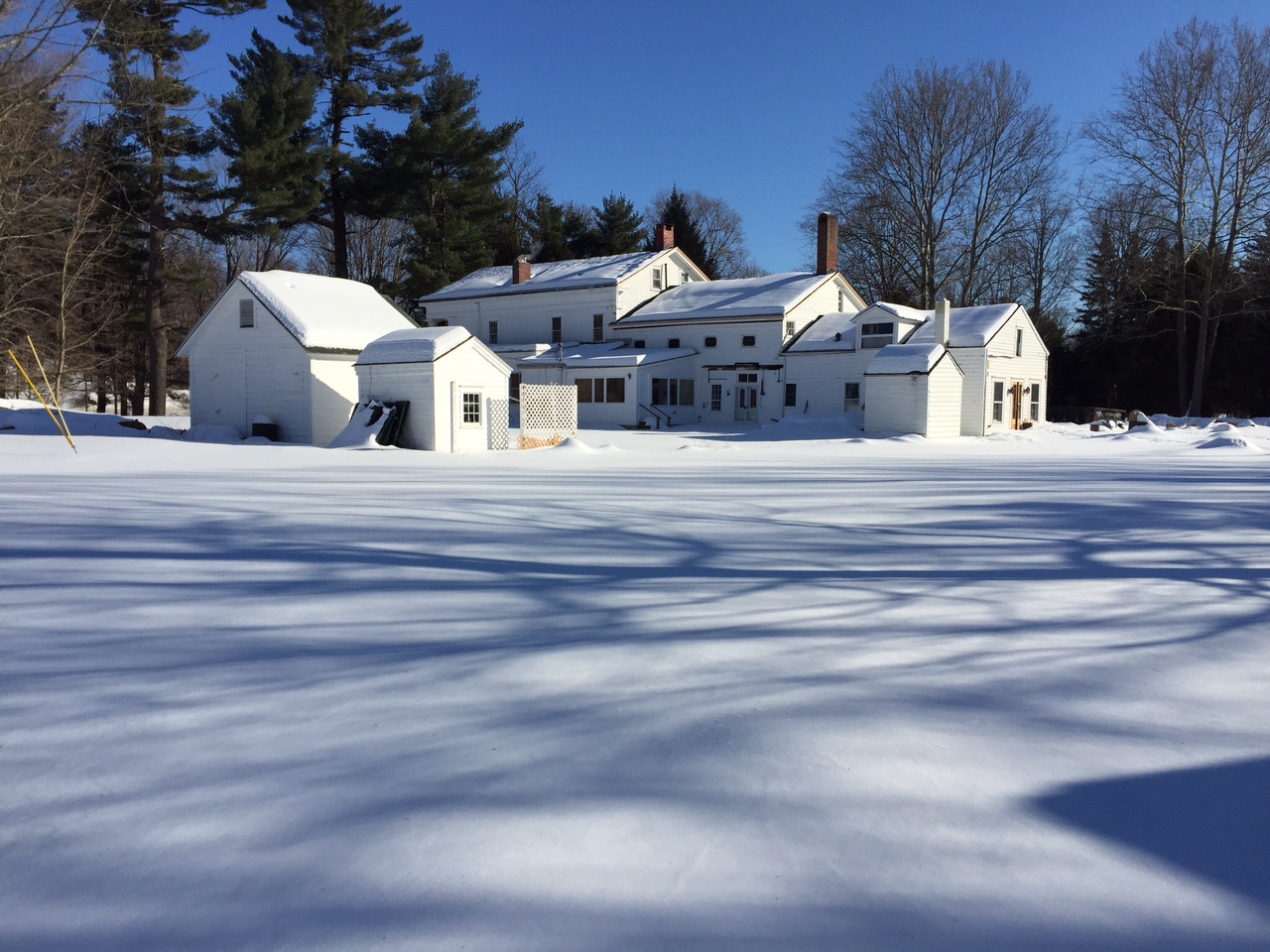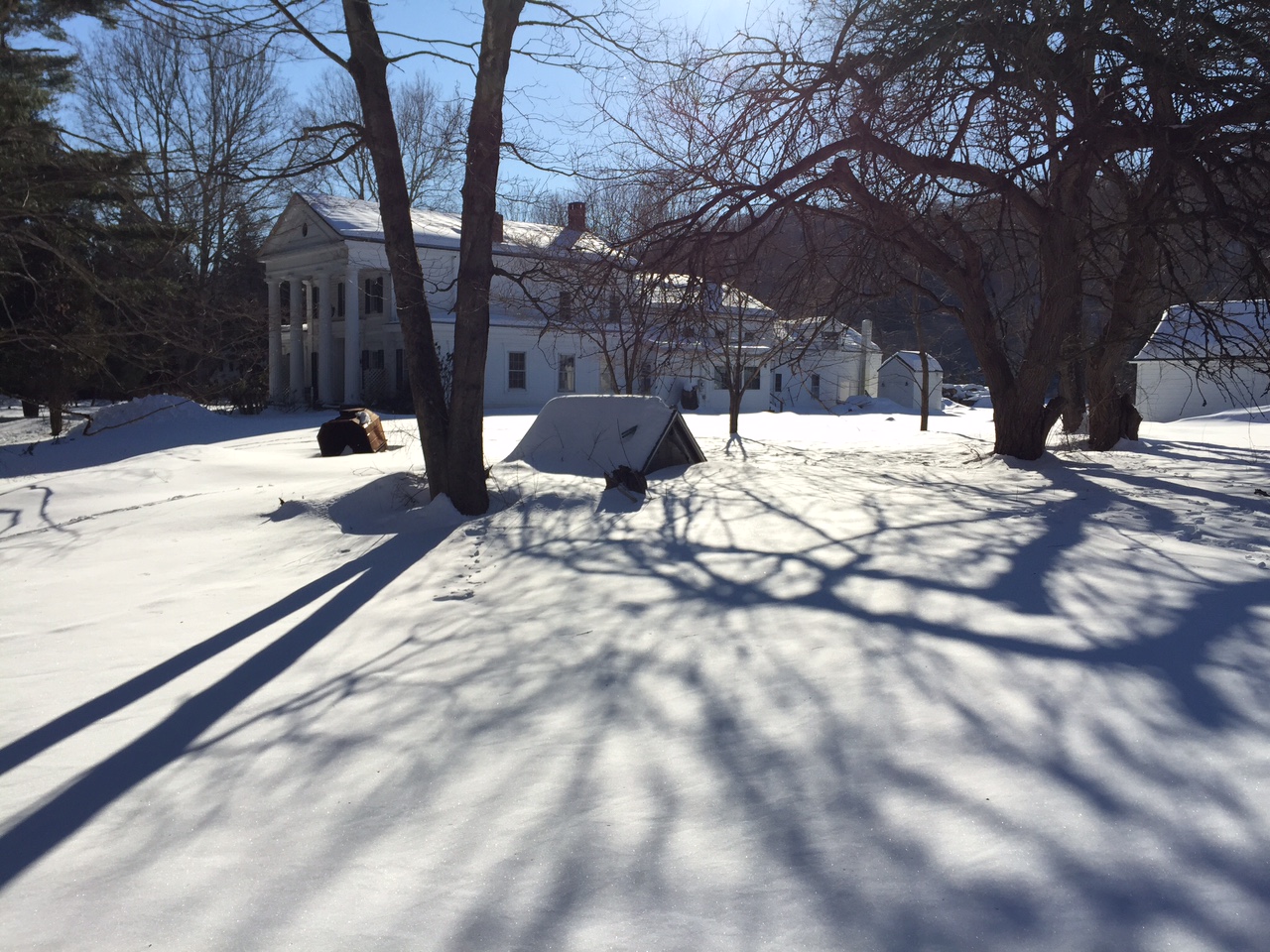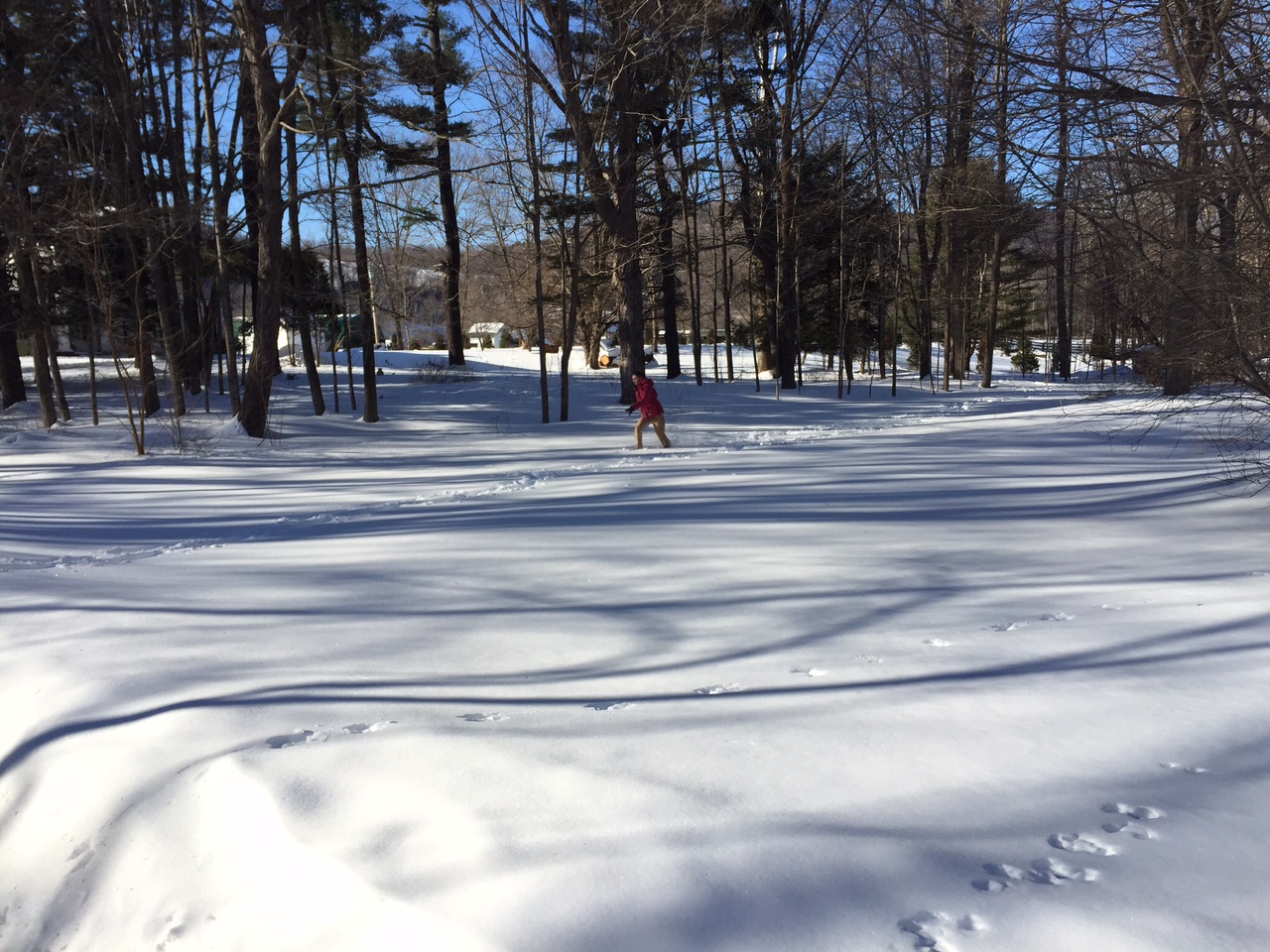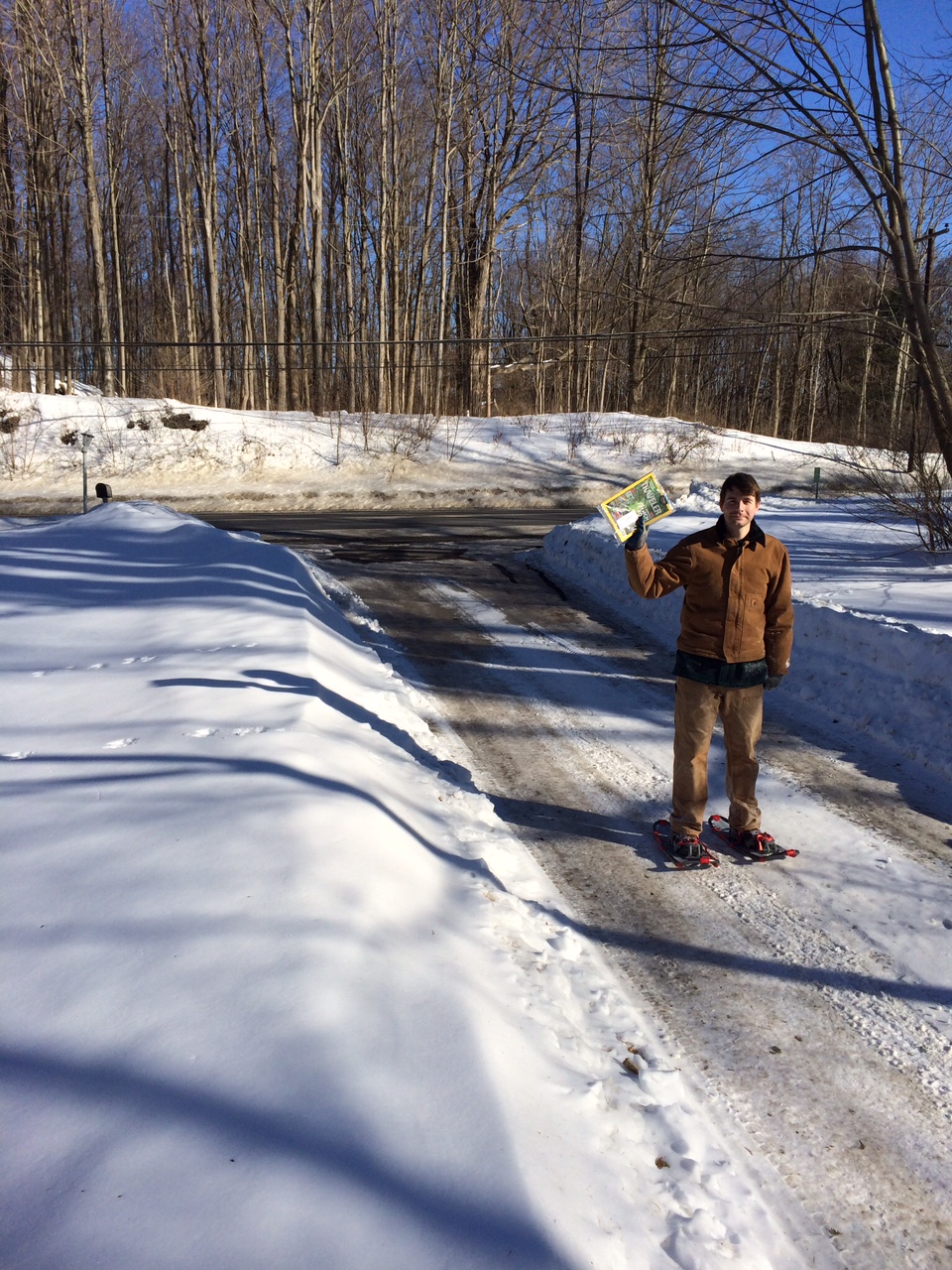It's taken us a couple weeks to recover from the planting ordeal and be able to mentally re-live the experience in order to put this post together. You may be thinking, ok, so you had to dig some holes and plant some trees big flippin' deal. No, oh no, aside from the fact that Graham fell into one of his own tree holes while trying to plant trees by the light of our truck's headlights it was also like a nightmare "I told you so" from middle school geometry. When are we ever going to need to know the Pythagorean theorem or inverse angles???? We'll tell you when, when you are trying to plant 100+ trees in proper offset rows running at right angles to a house that does not fall on a proper East/West axis, That's When!!! OK, now that that vent has been opened... We shall continue in a more productive tone.
The orchard, as it is envisioned will be about 120 trees in an offset grid pattern with 12' spacing between the trees. The pattern will be slightly offset again on the outer two rows to create a dead end when looking down the angled rows from the house. We ordered our trees from Stark Bros Wholesale. The commercial option saved a huge amount of money but created restrictions in terms of variety since you have to order minimum quantities of each variety and sizes range from almost fruiting ready to wee little things that will yield a few years out. To augment this we ordered a few trees from our wish list from their retail operation, those trees were more consistent in size and were pruned before delivery which is a nice touch. The trees were all delivered bare root and very well packaged with moist sawdust to keep them happy. The idea behind this orchard is to have more than enough fruit for ourselves, our friends and family and for various projects that Graham will inevitably come up with. With that in mind and since you have to plant trees years before you get to enjoy them, we figured it would be best to really mix it up now and hedge our bets that we will have exactly what we want in the future. We opted for a mixture of modern and antique hybrids and mixed in crabapples for pollination and cut flower use. Also, they will flower and look glorious.
Apples: Liberty, Macoun, Northern Spy, Calville Blanc, Ben Davis, Cox's Orange Pippin Antique, Enterprise, Granny Smith, Honey Crisp, Pristine, Wolf River
Crabapples: Manchurian, Whitney, Snowdrift
Apricots: Goldcot, Harcot, Harglow, Wilson Delicious
Sweet Cherries: Emperor Francis, Stella, Stark Gold
Sour Cherries (for pies): Suda Hardy
Peaches: Carolina Belle, Contender, Early Redhaven
Nectarines: Hardired, Stark Sunglo
Plums: Methley, Green Gage, Shiro, Santa Rosa, Spring Satin Plumcot (hybrid)
Pears: Anjou, Comice, Red Sensation, Seckel, Chojuro Asian
Quince: Orange
Of course, more will be added in future years and we still need to find a home for some figs, Arctic Kiwis, grapes, hazelnuts and persimmons.
The process for actually laying out the grid was tricky, we tried lasers at first, but they were no good during the daylight and right angles were too short, in the end we had to resort to strings and math. We took a 20' length of string and laid it next to the house foundation and measured 4' off the side of the house to create a consistent distance. Then we took another 20' length and tied it to a stick at the starting point of the other string. The internet came in handy next as we used a Pythagorean right angle web calculator to find the length of side "C" so to speak (the long side) and tied that to the stick at the other end of the line 4' off the side of the house. The way the theorem goes, we will get a right angle to the house once the end of the long piece meets the end of the 2nd 20' string leading away from the house. We know, this sucks and is annoying to read about, try actually doing it. As usual, Graham got tangled in the string multiple times and was on the verge of a fit. These pictures might make more sense than the verbage.


